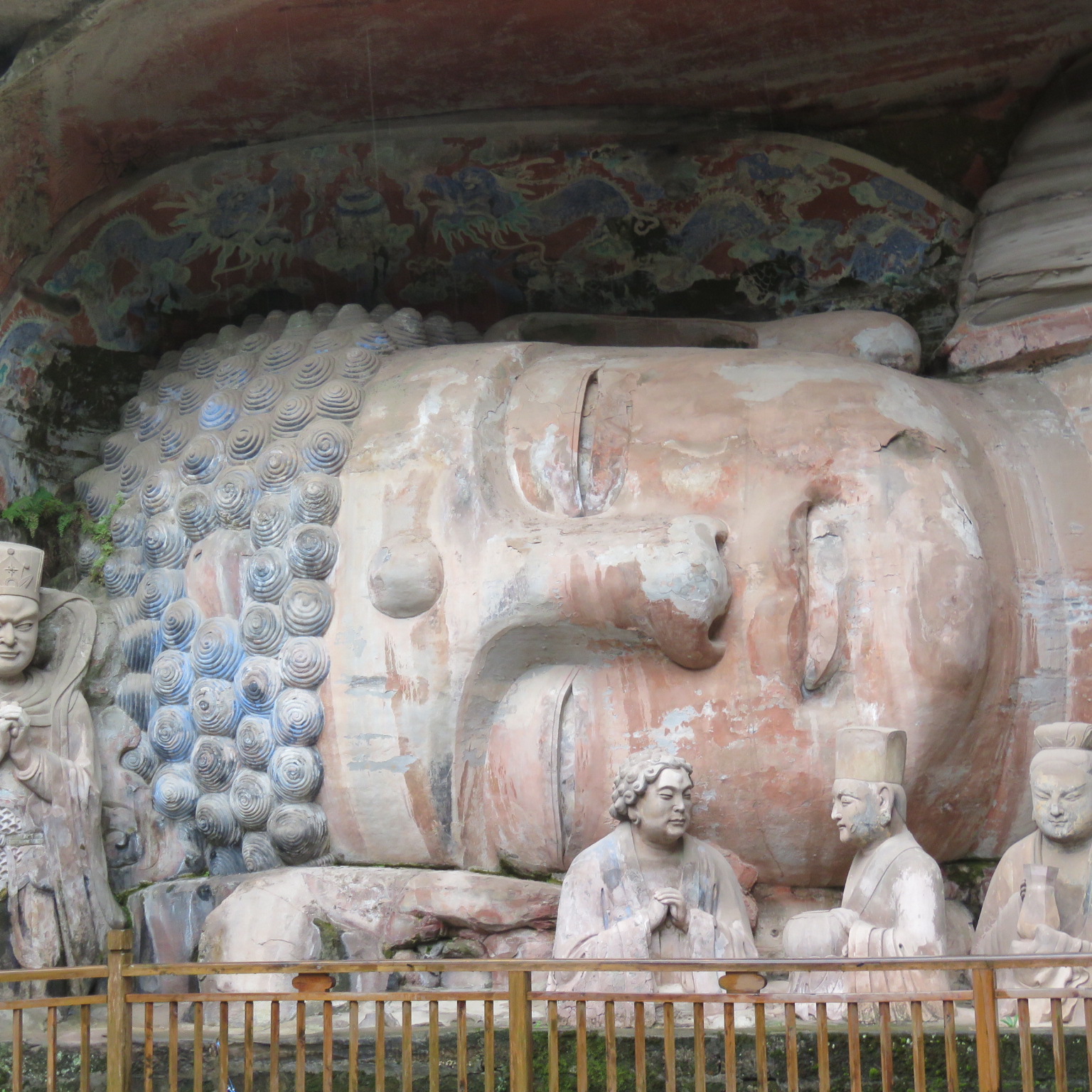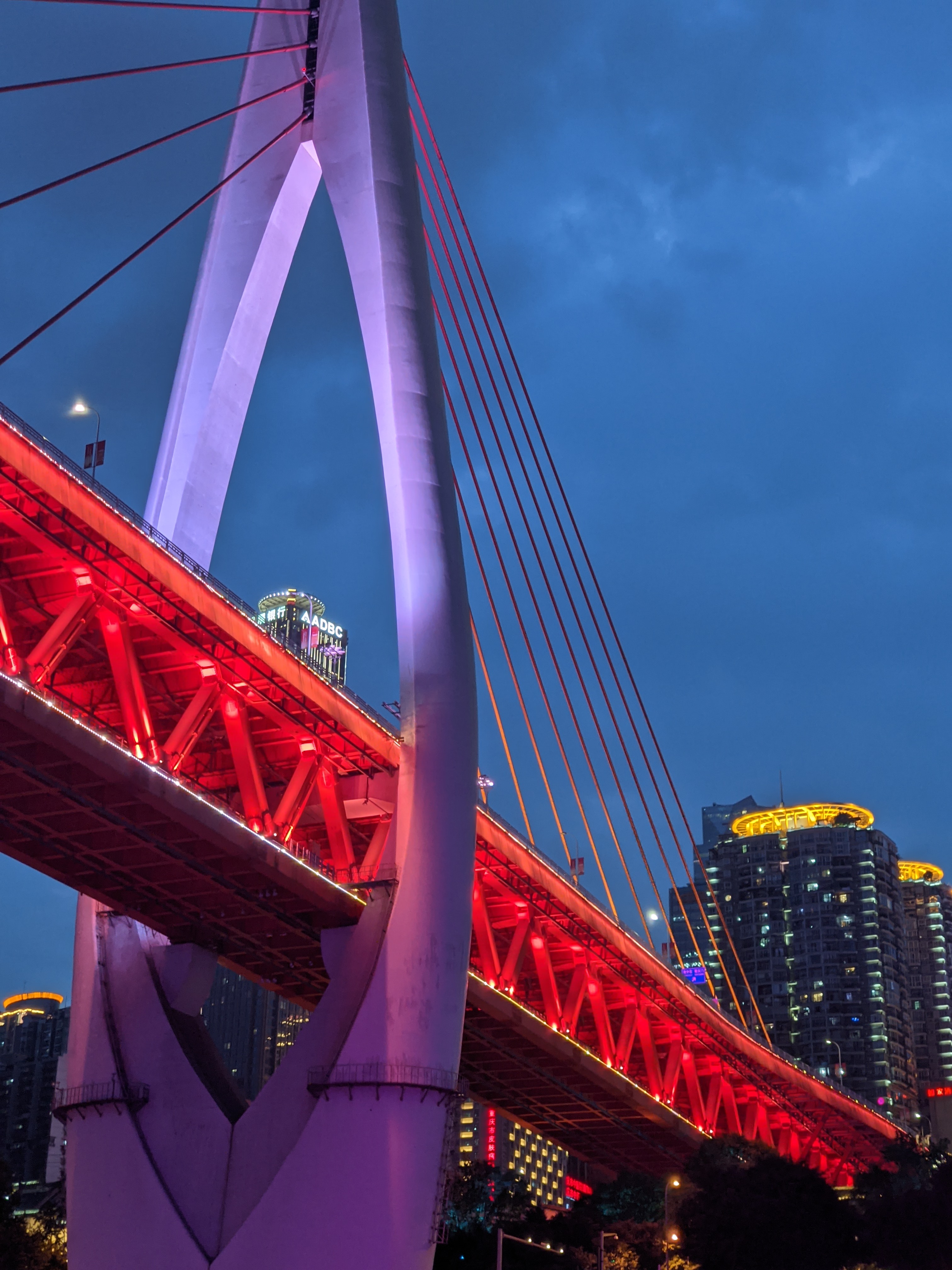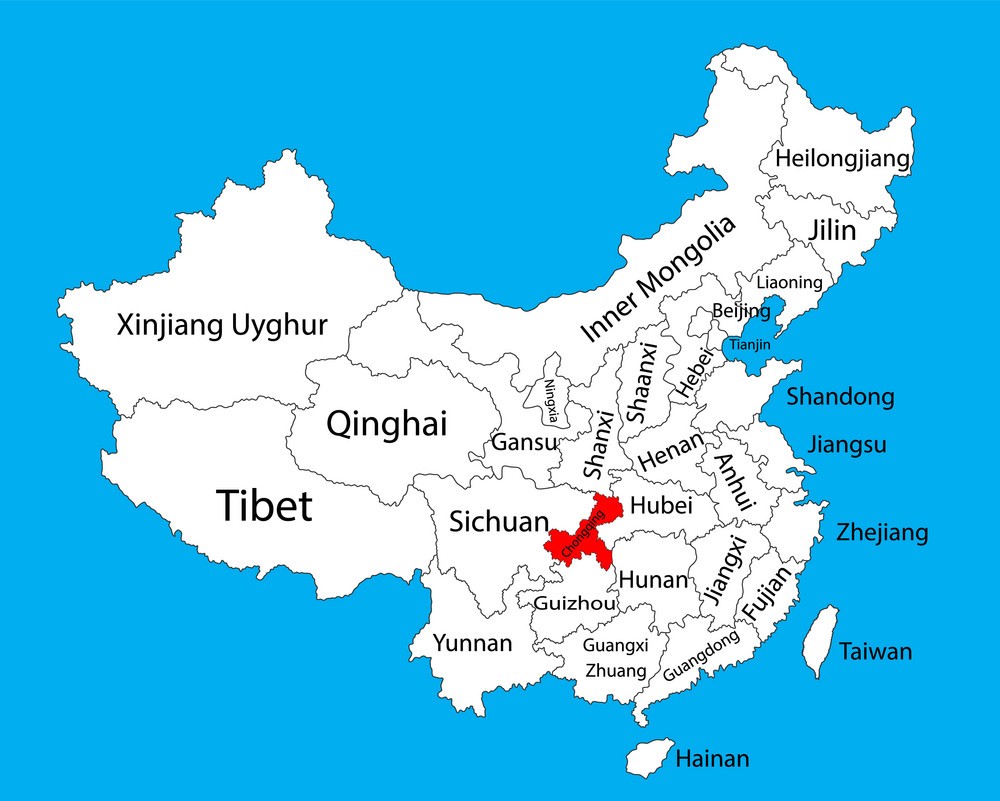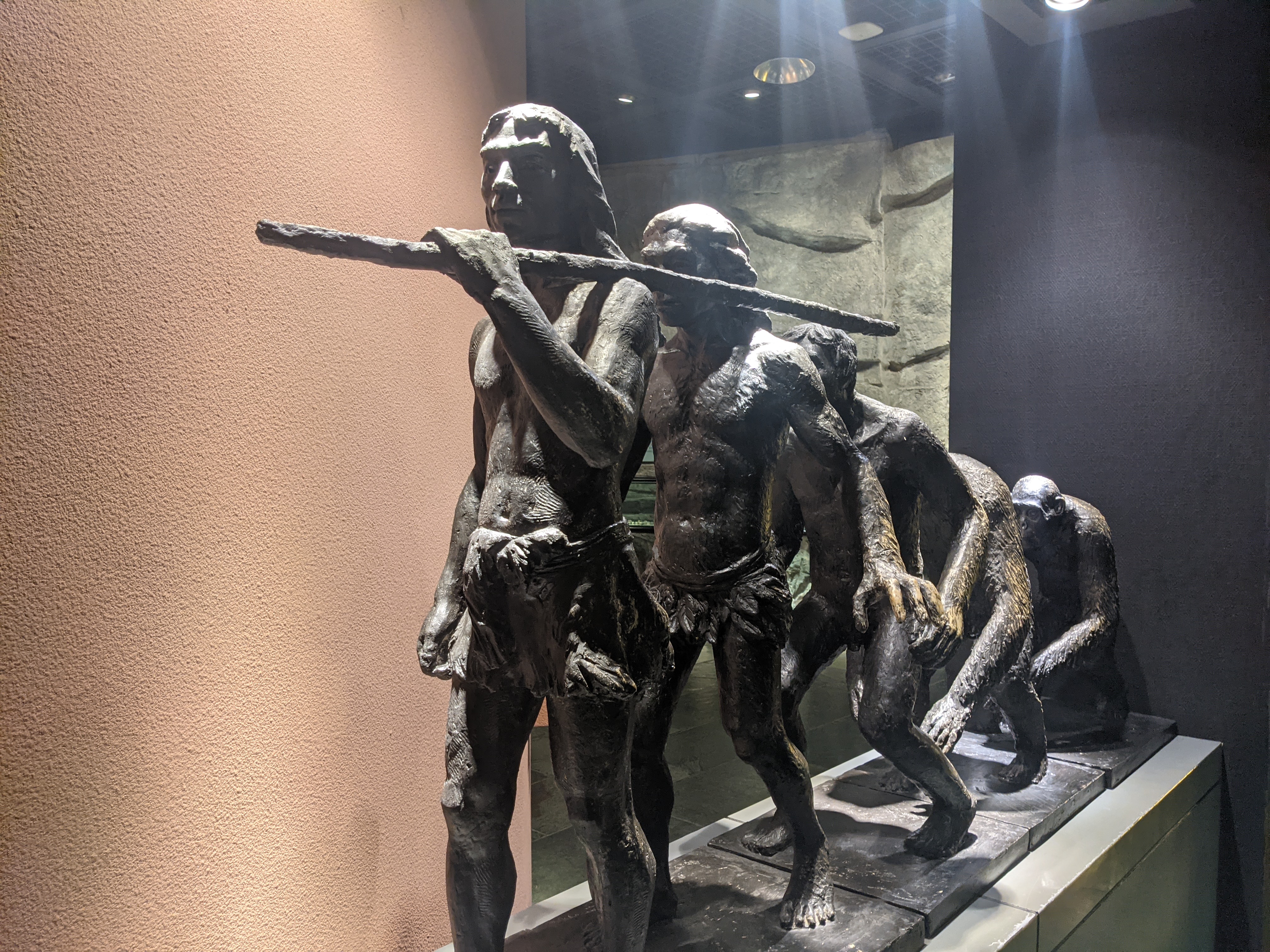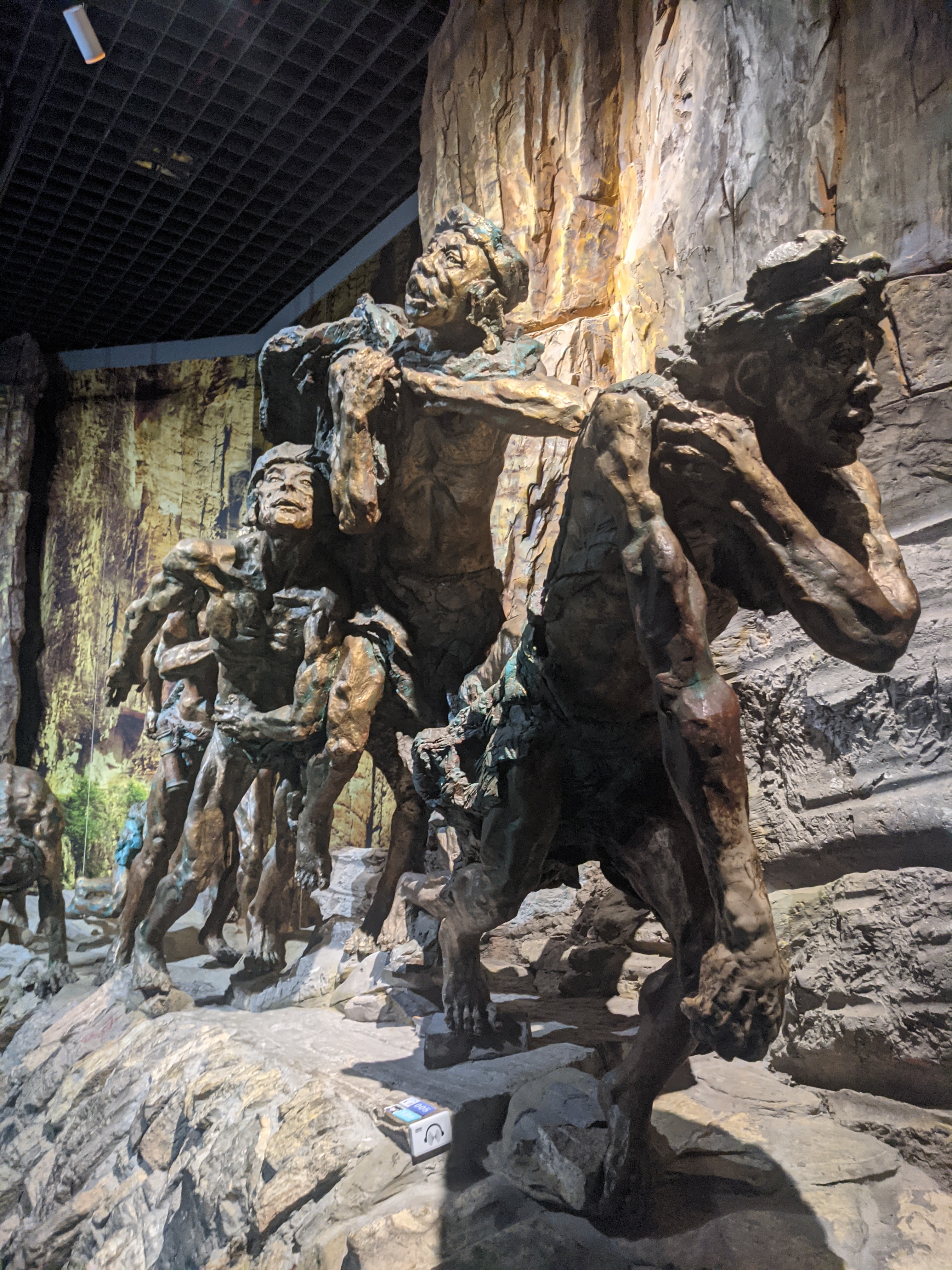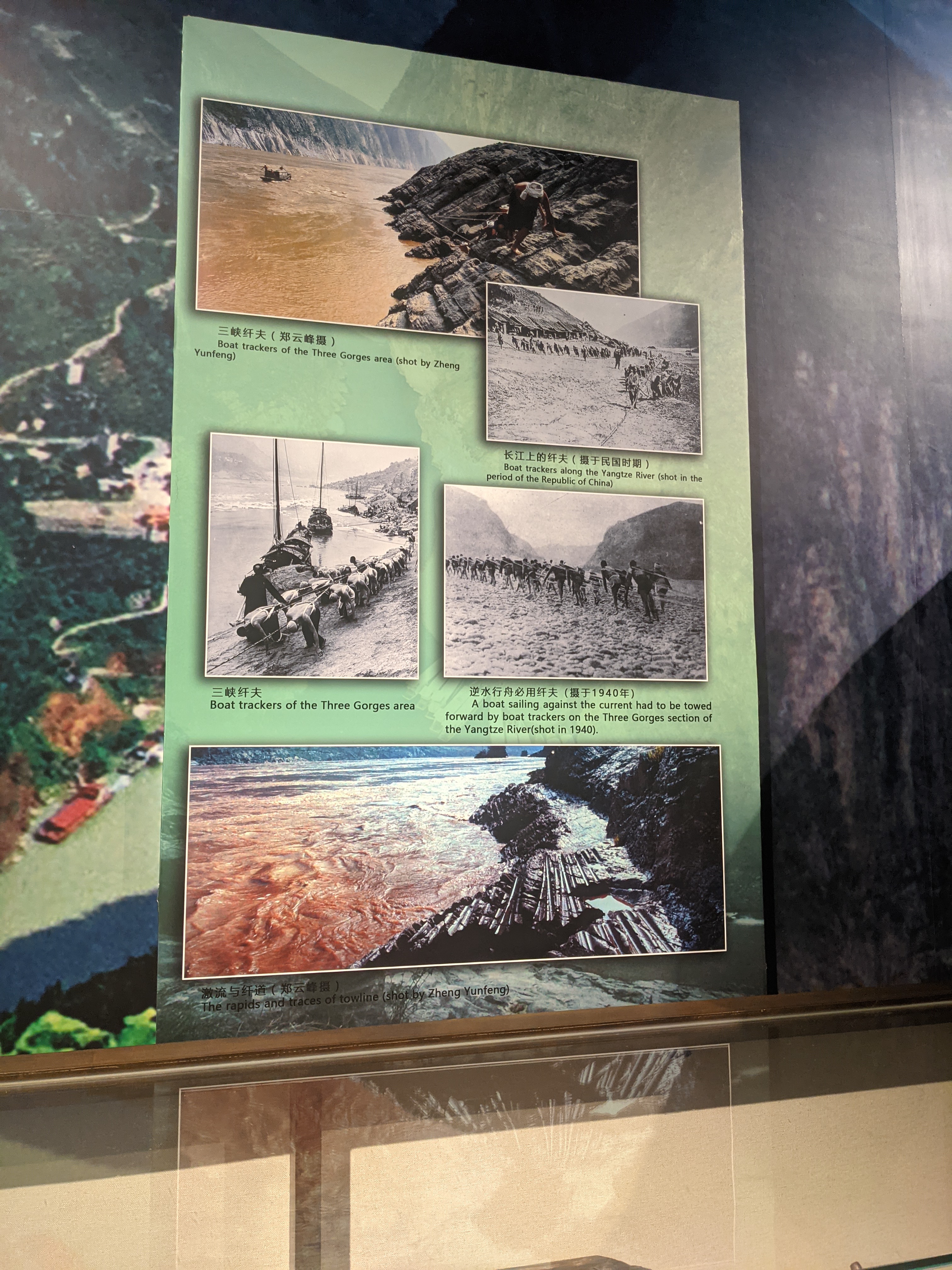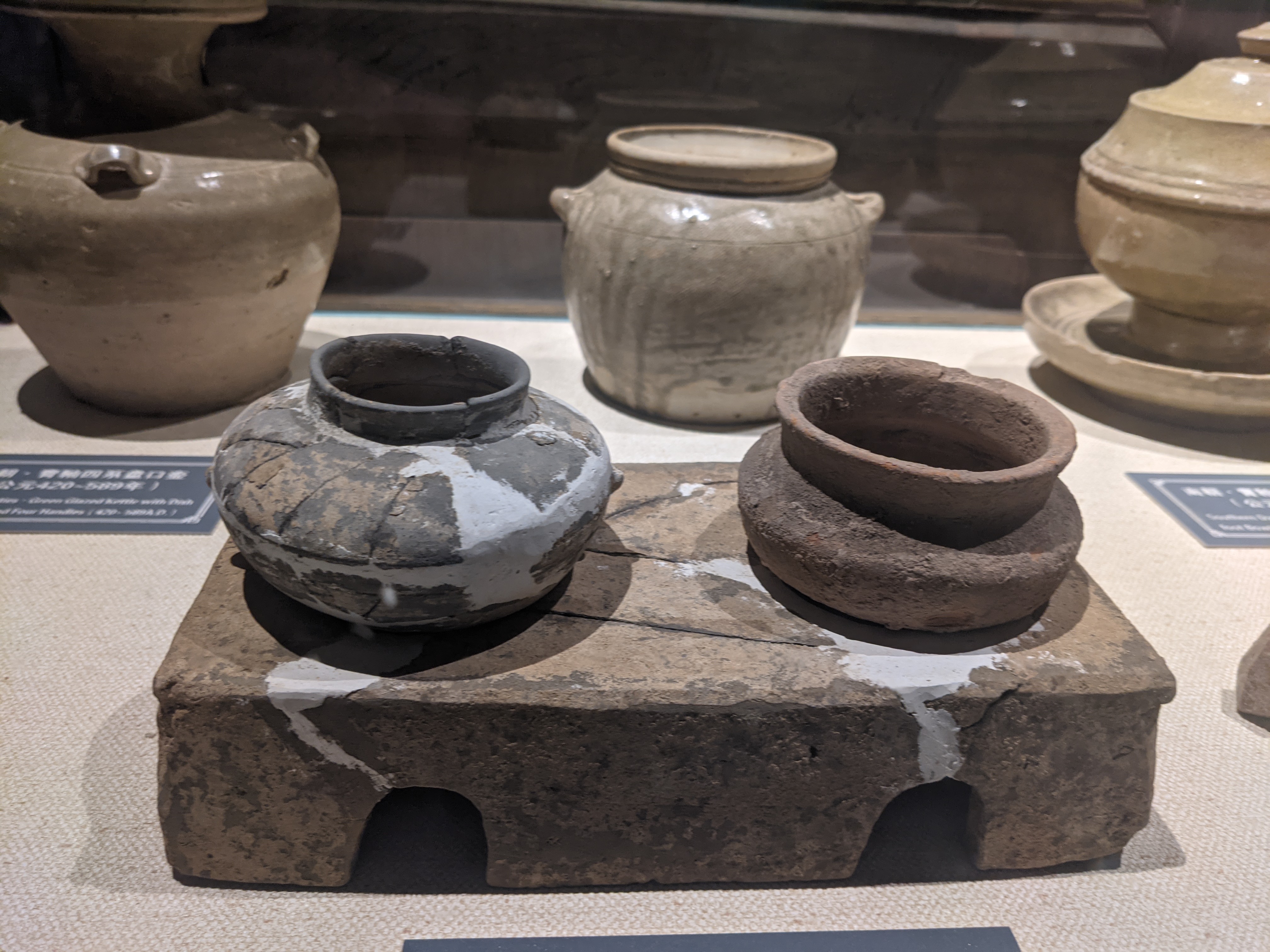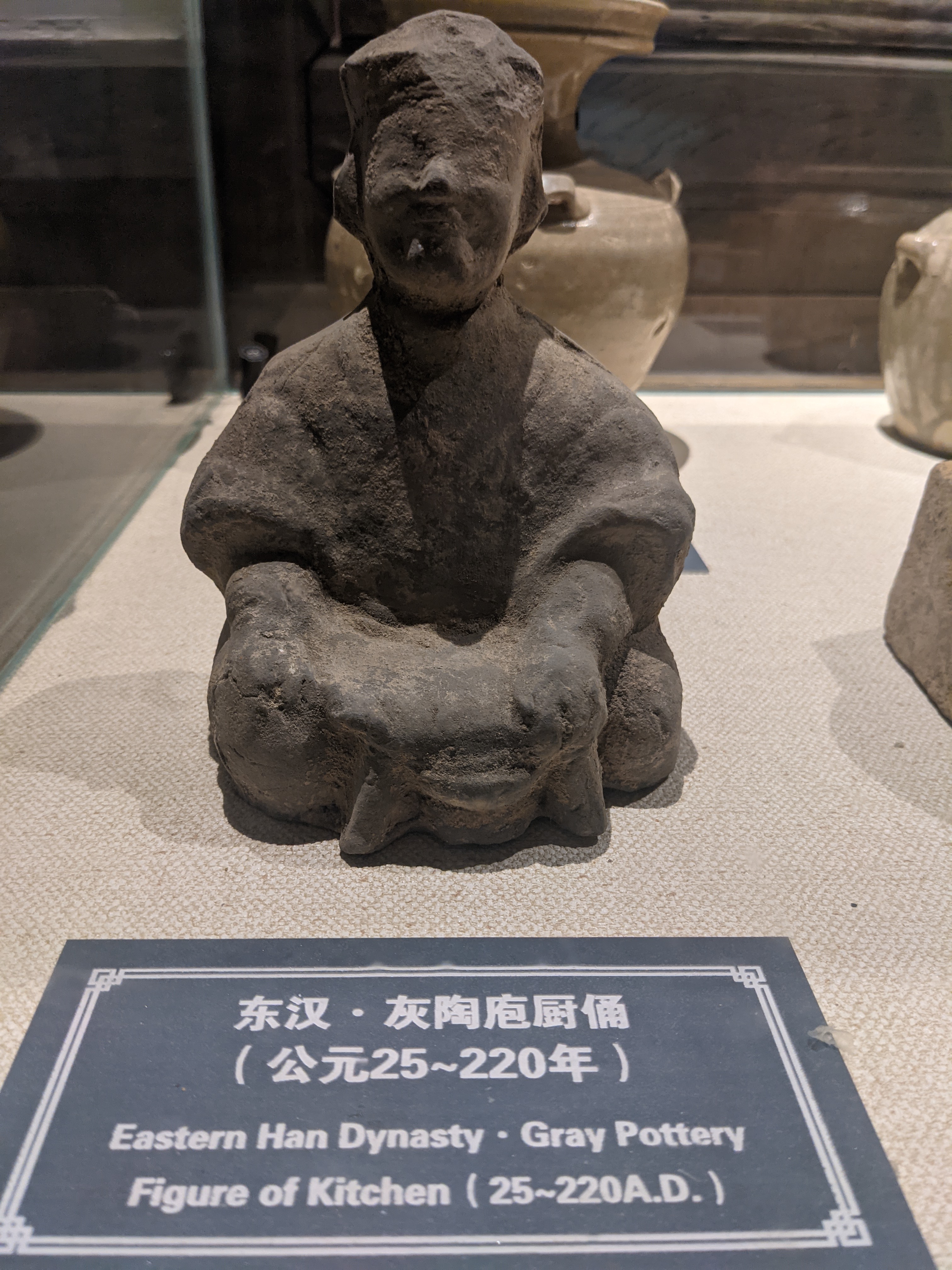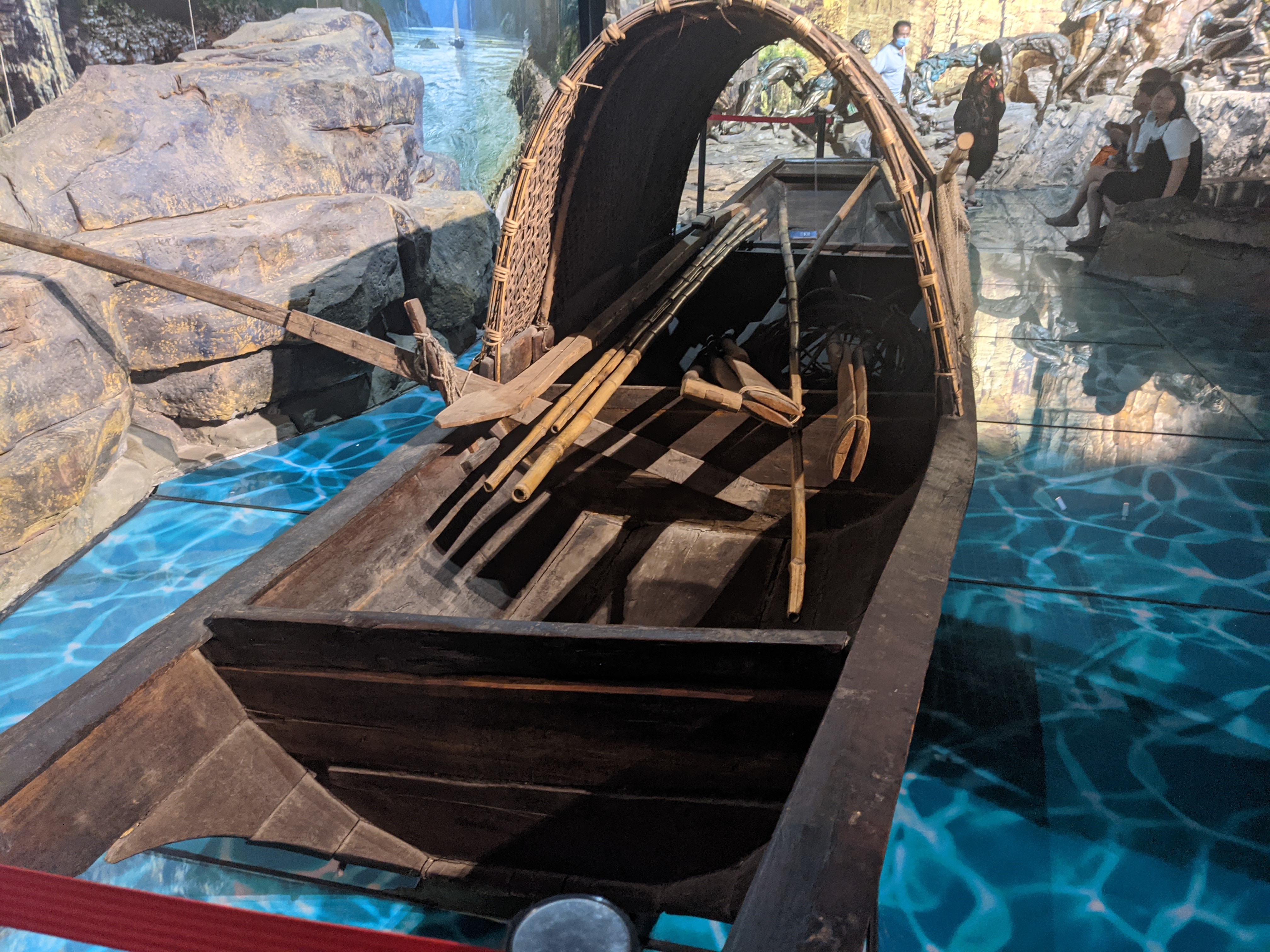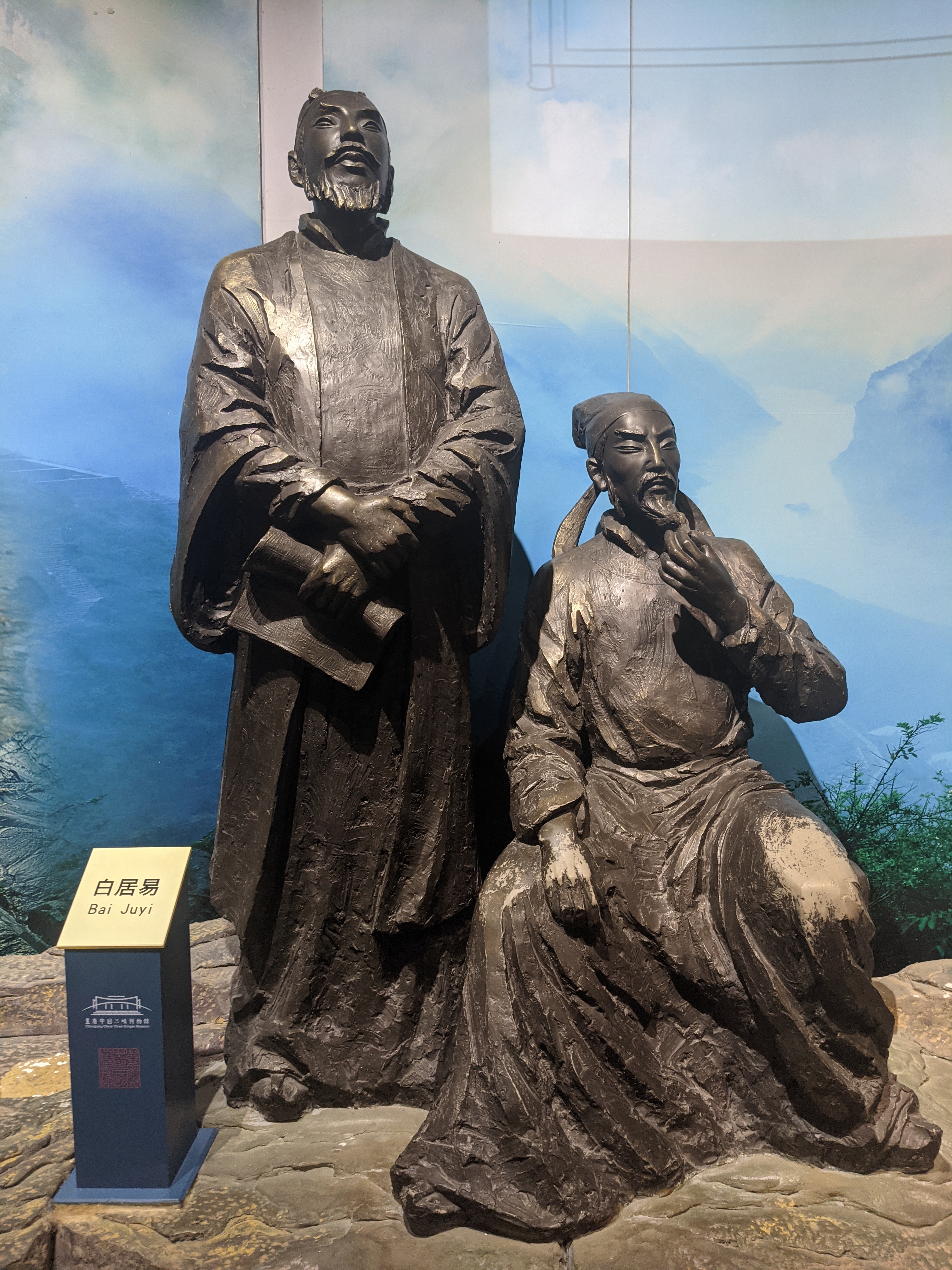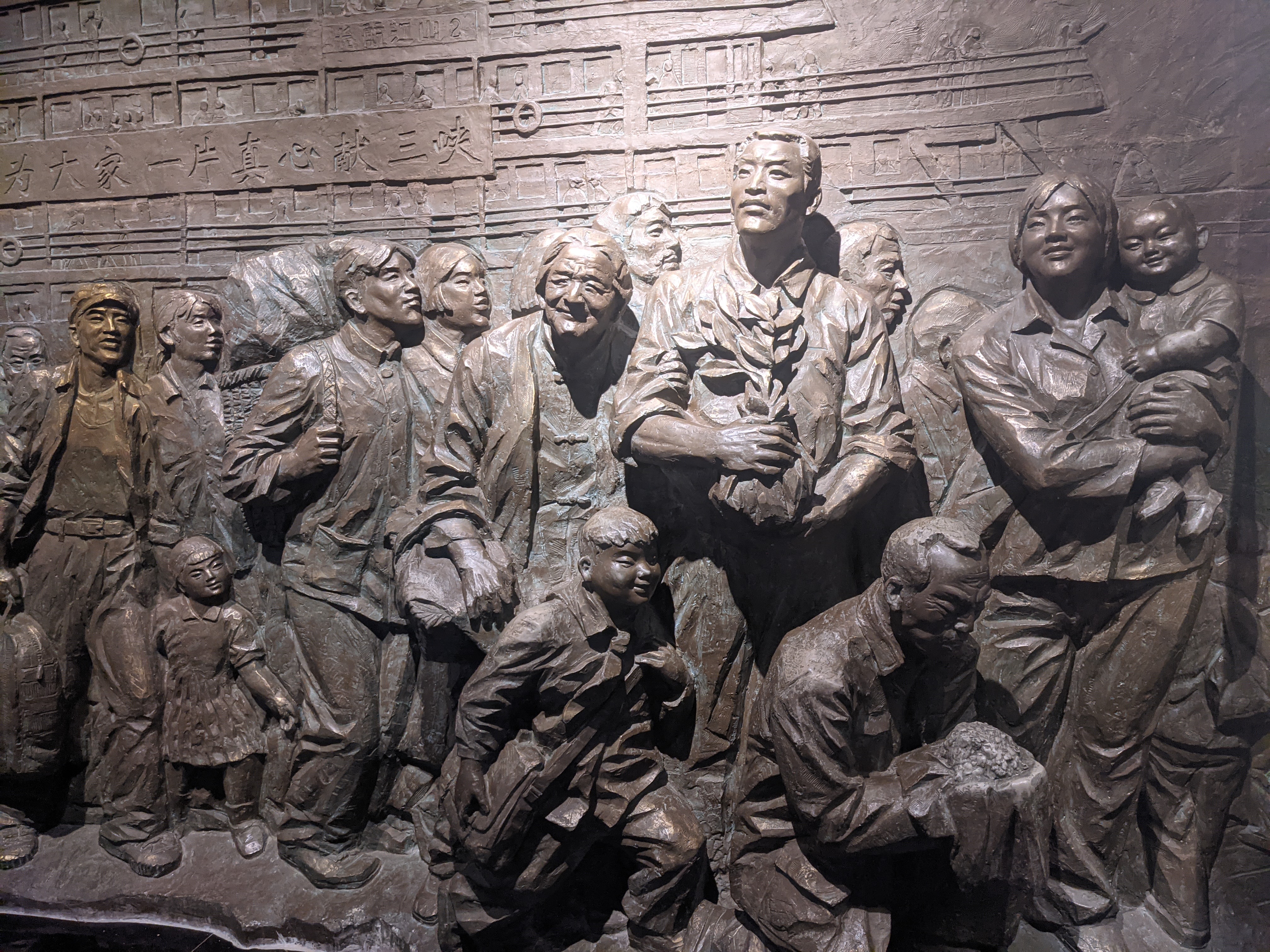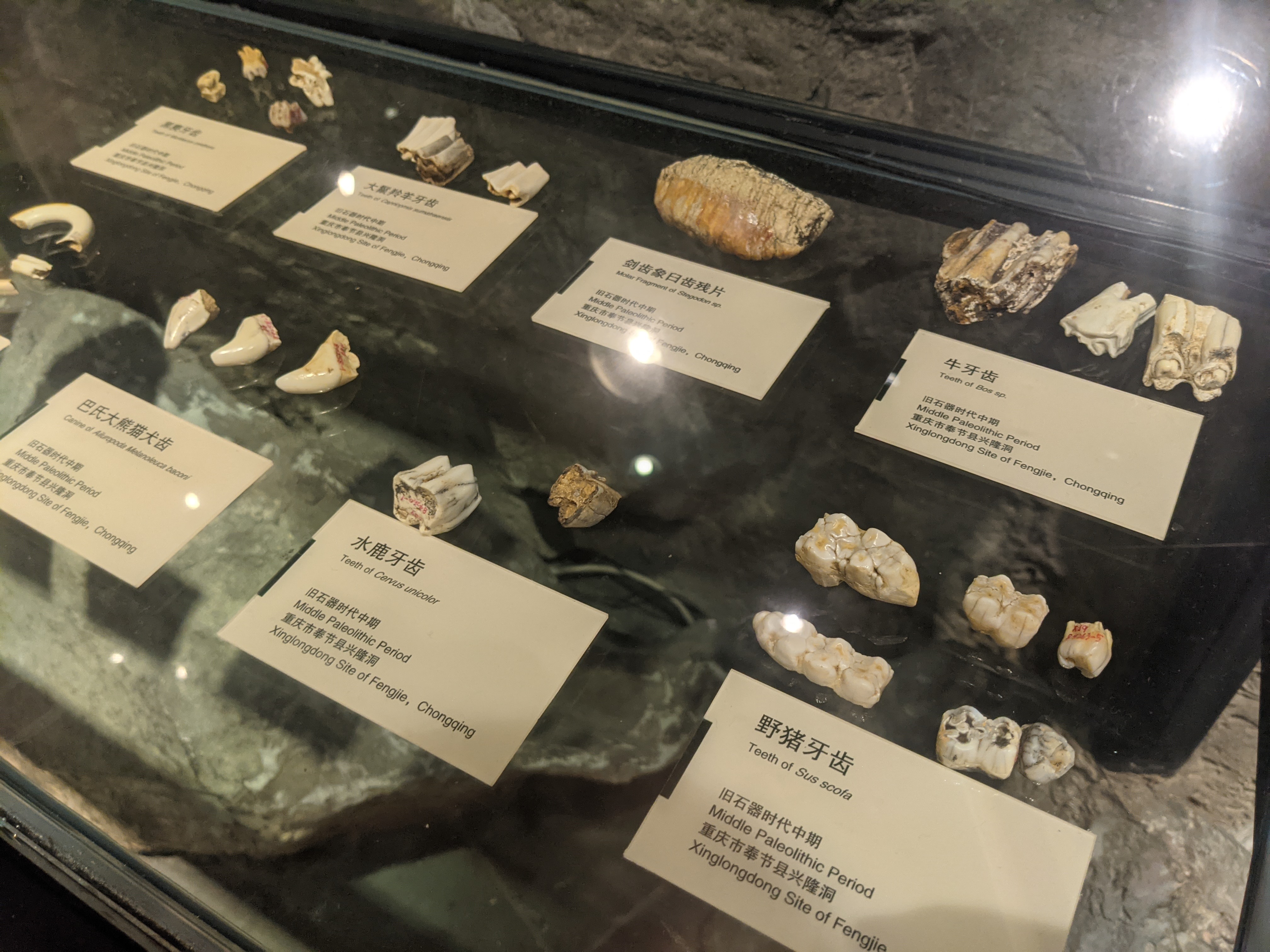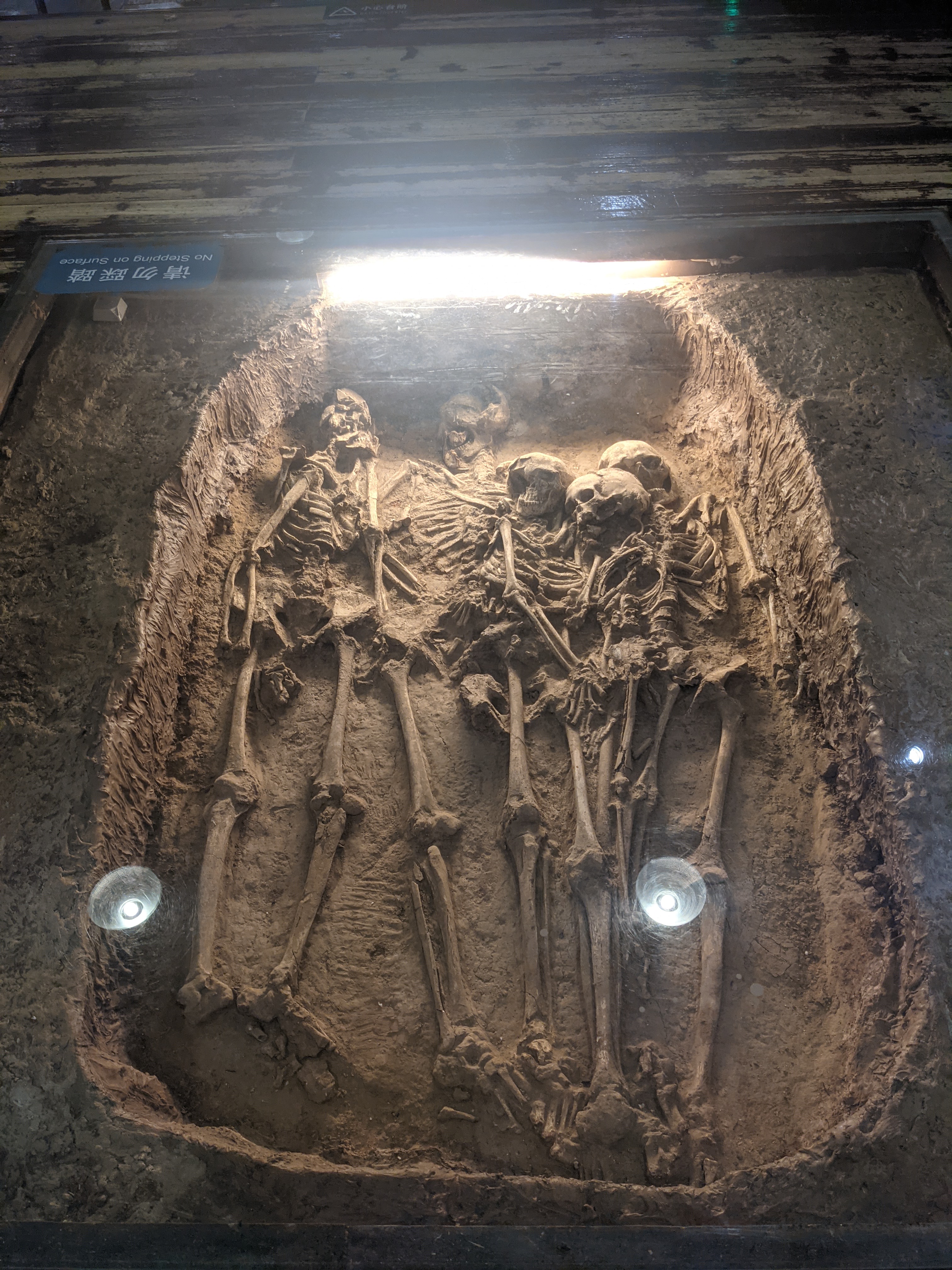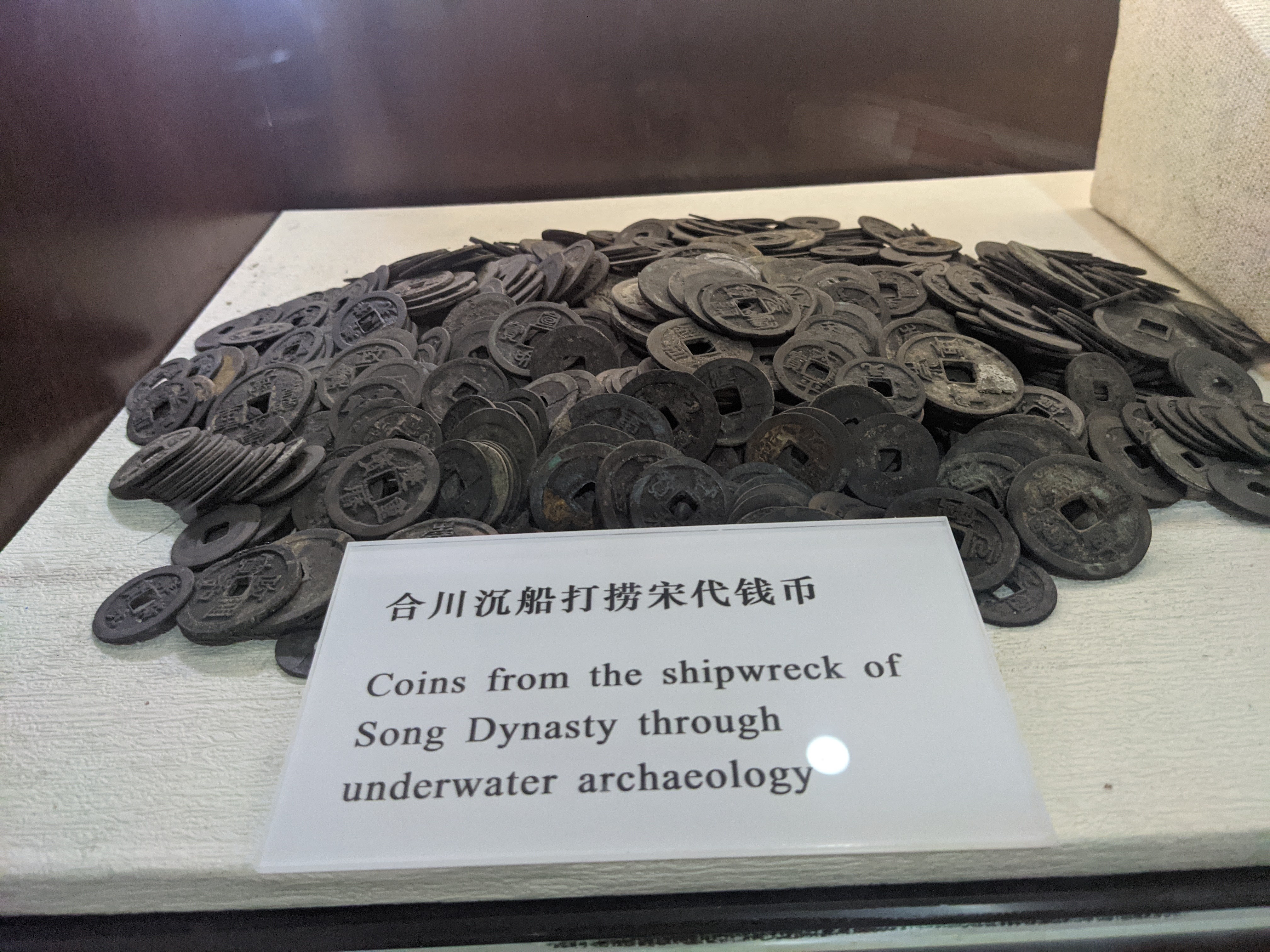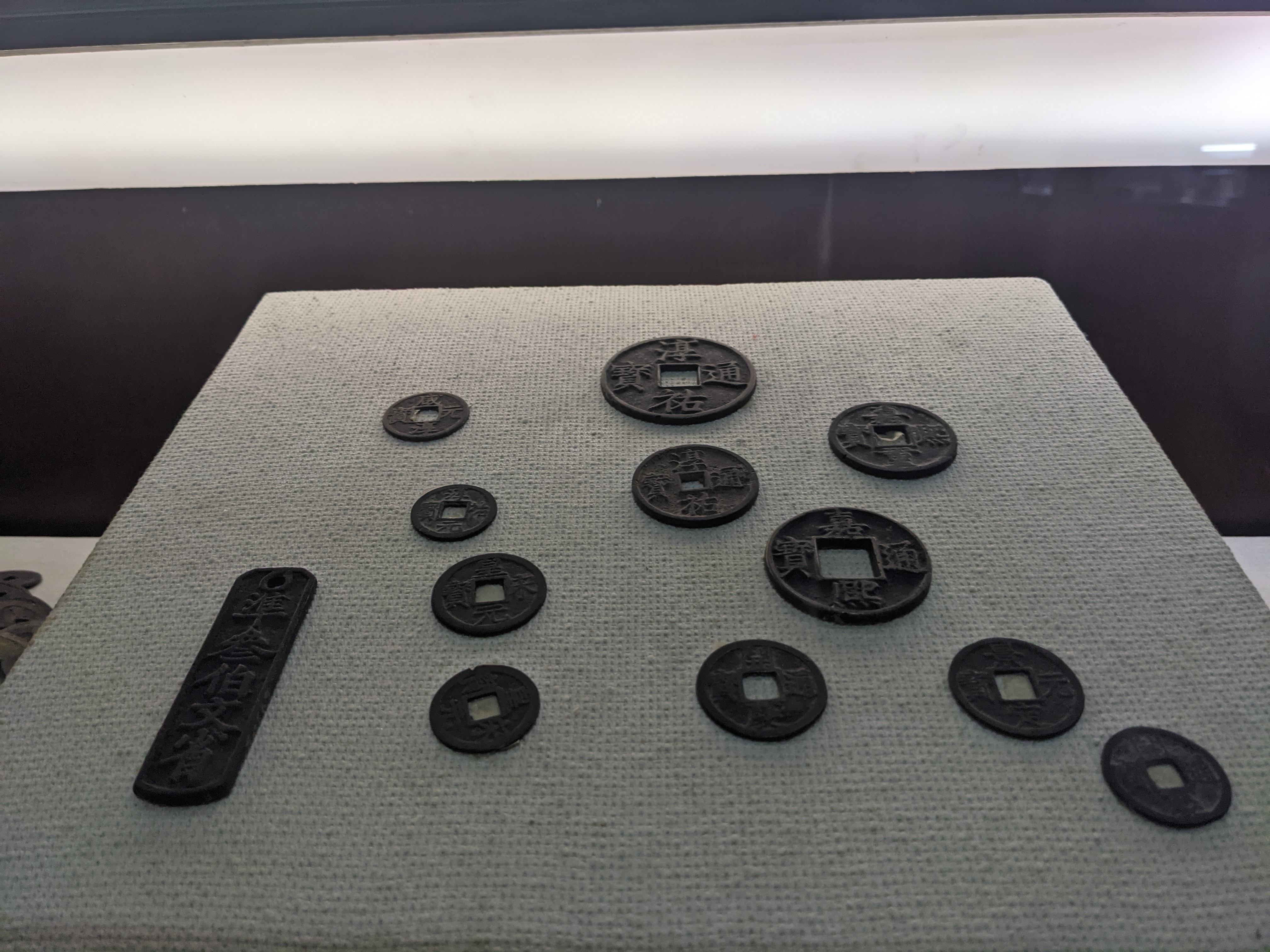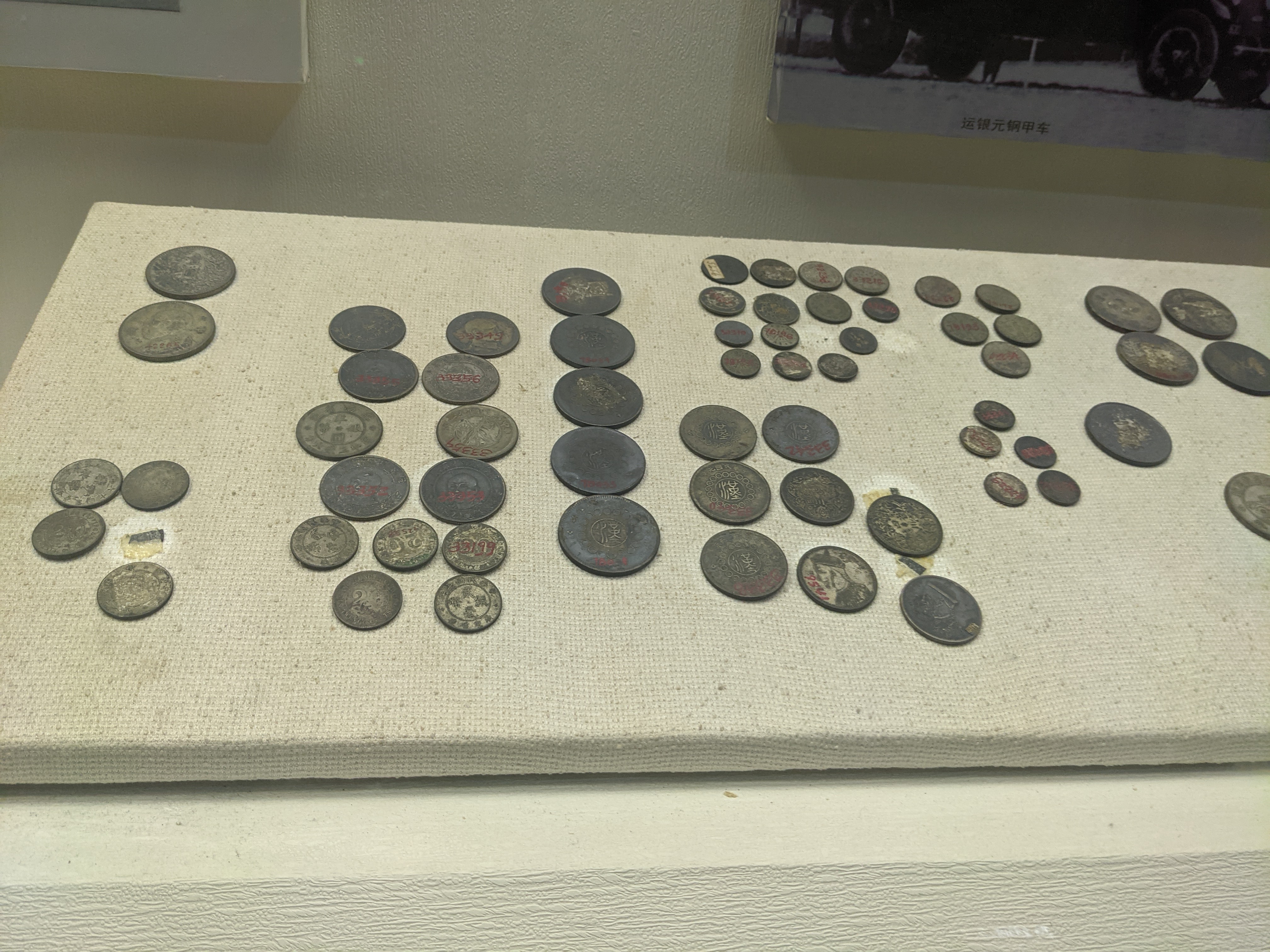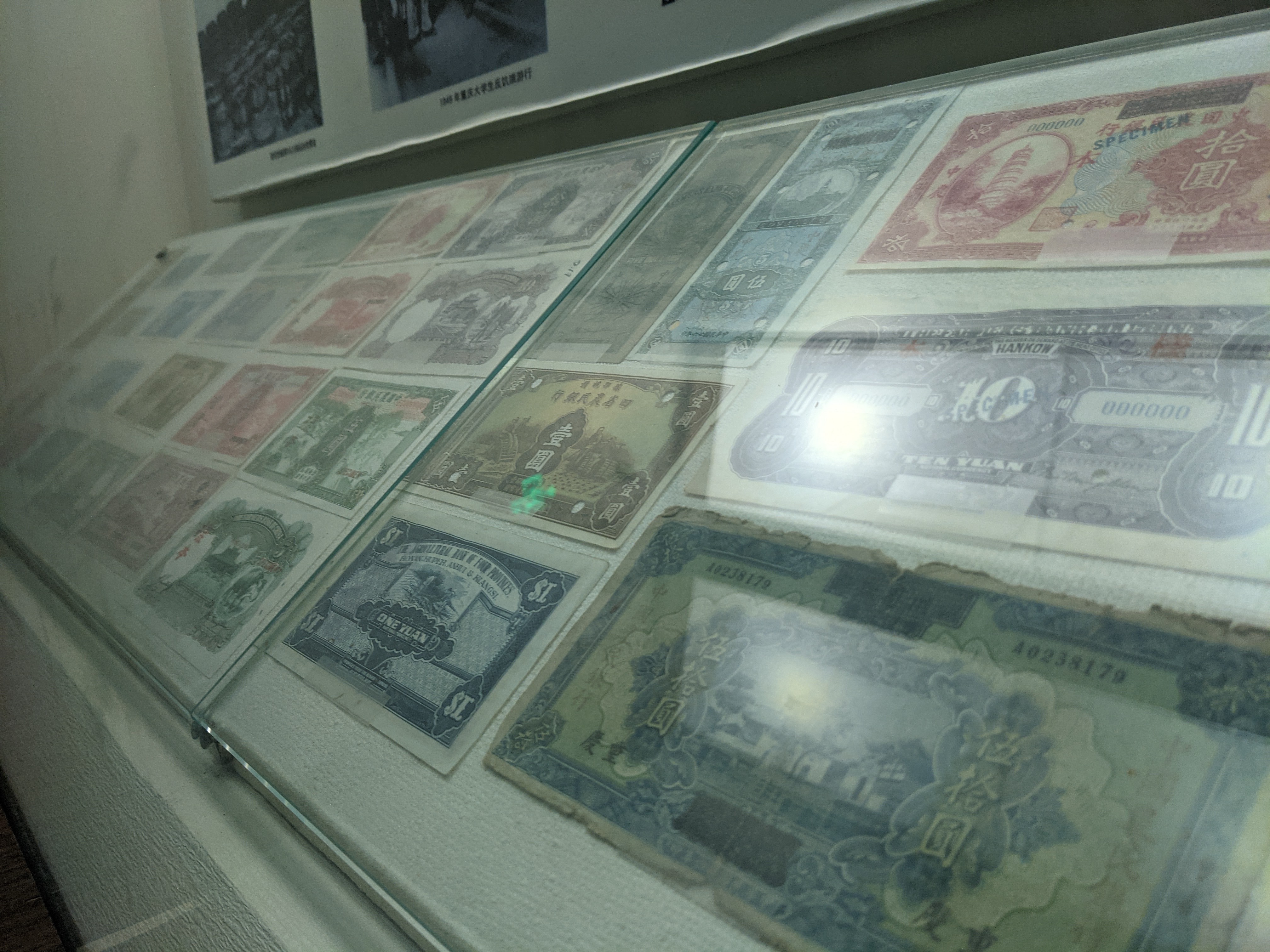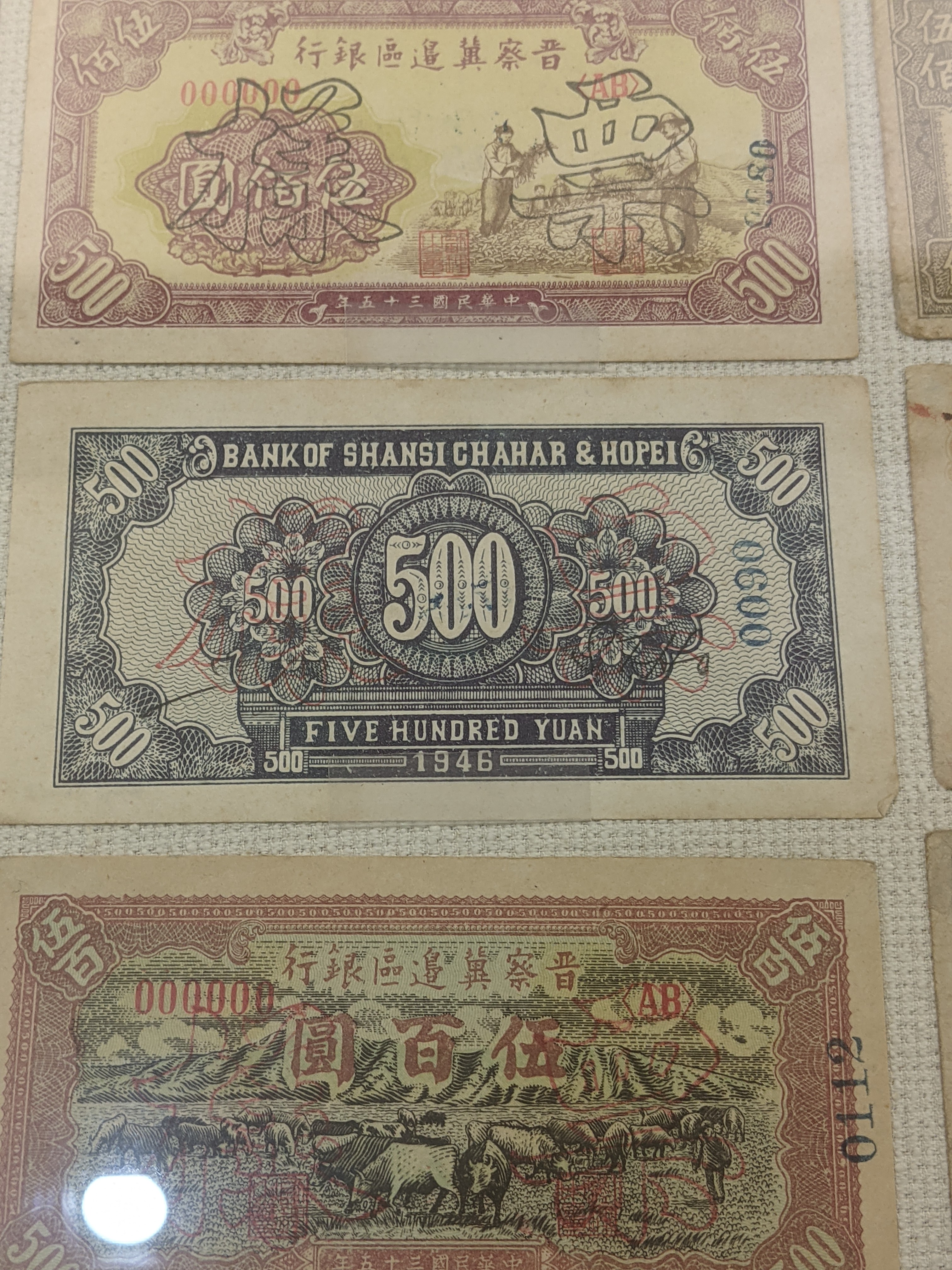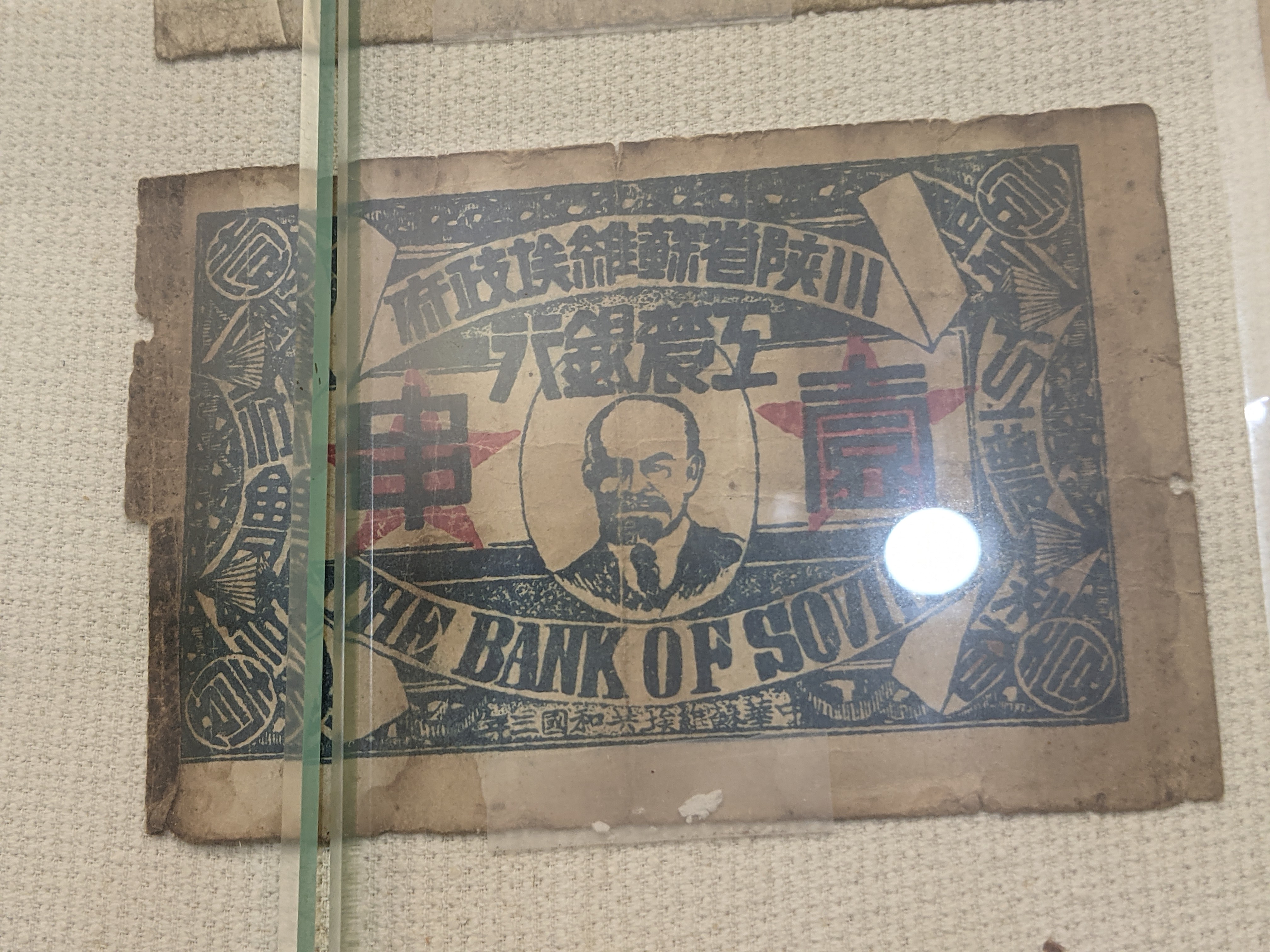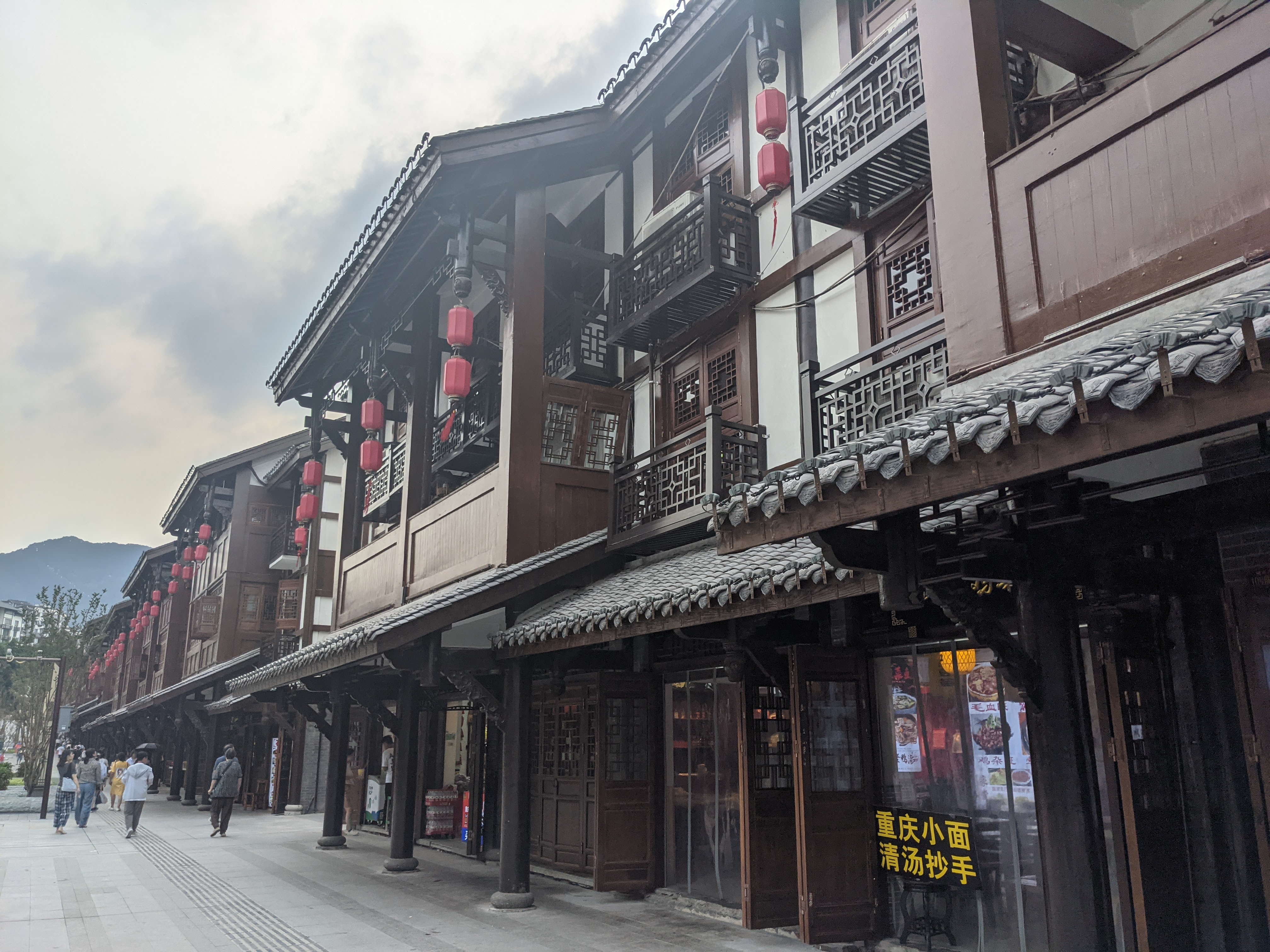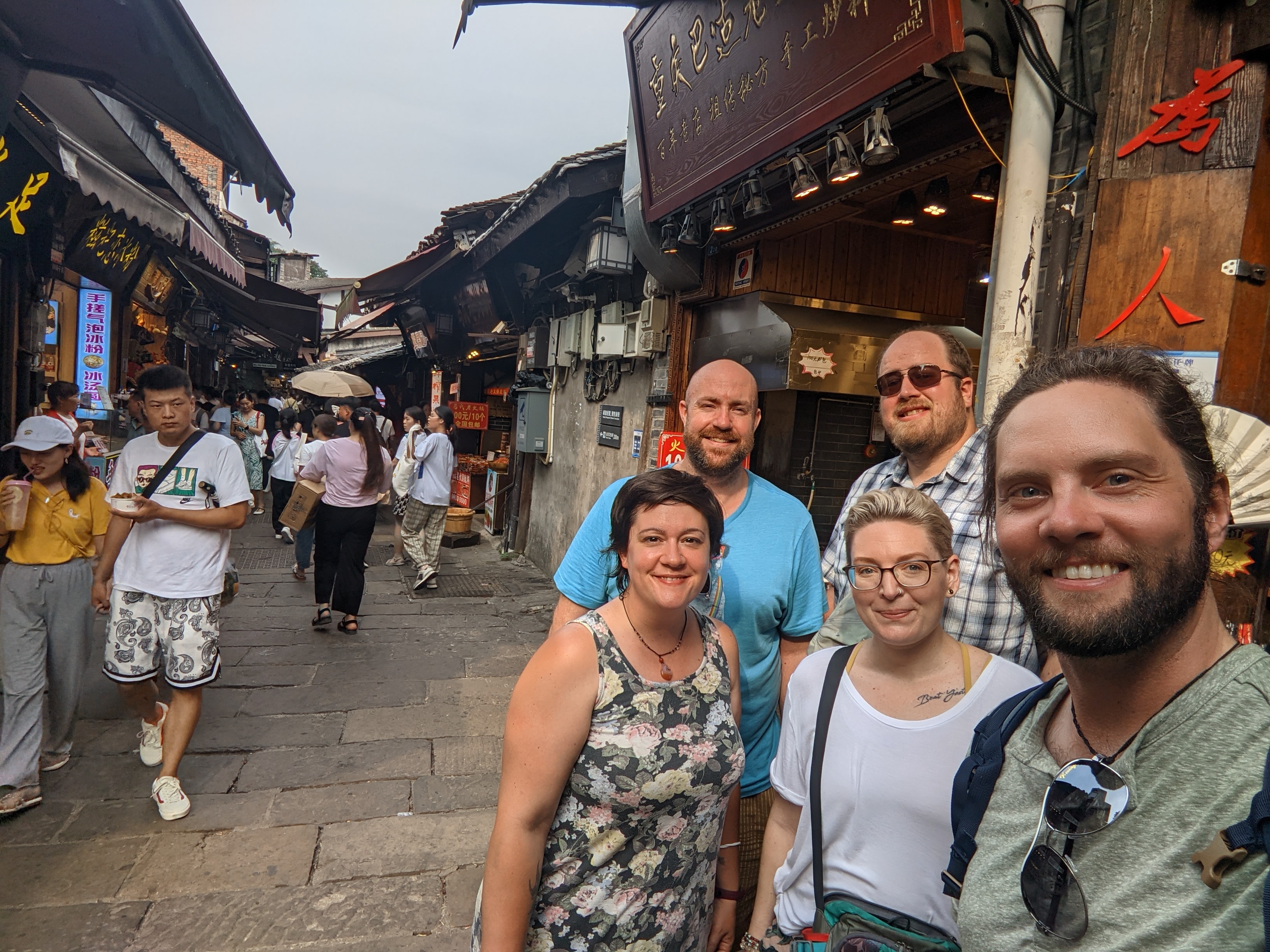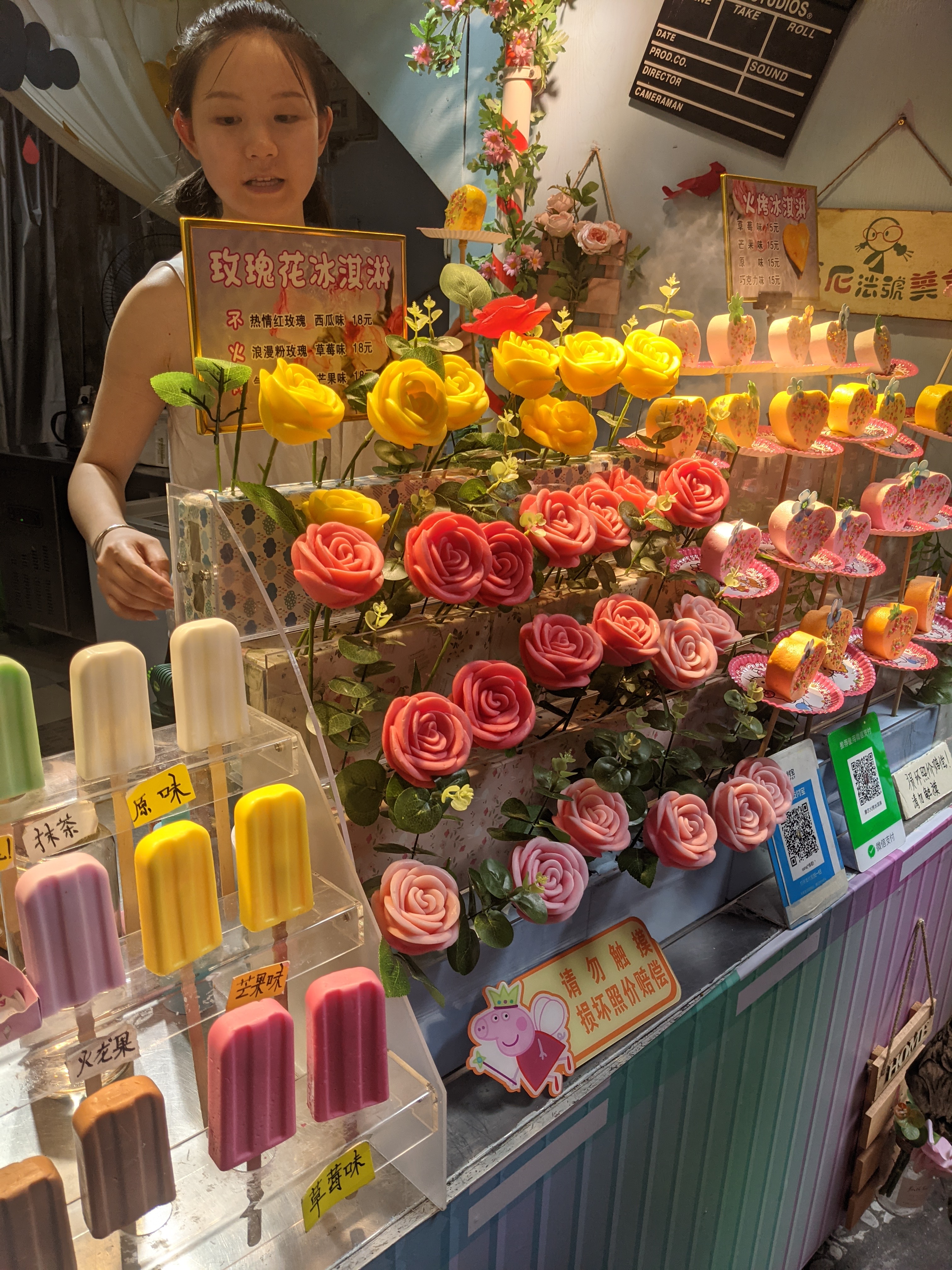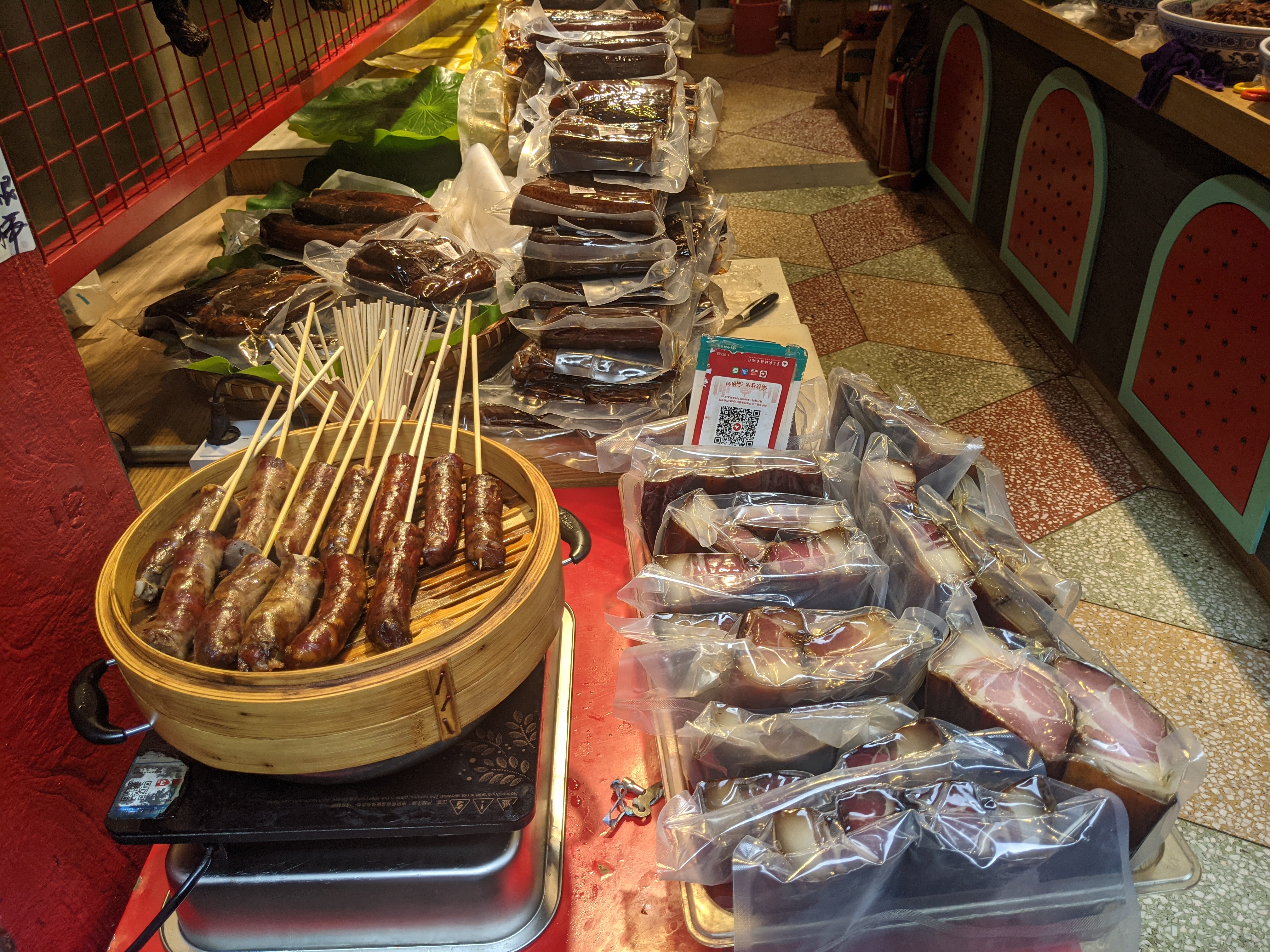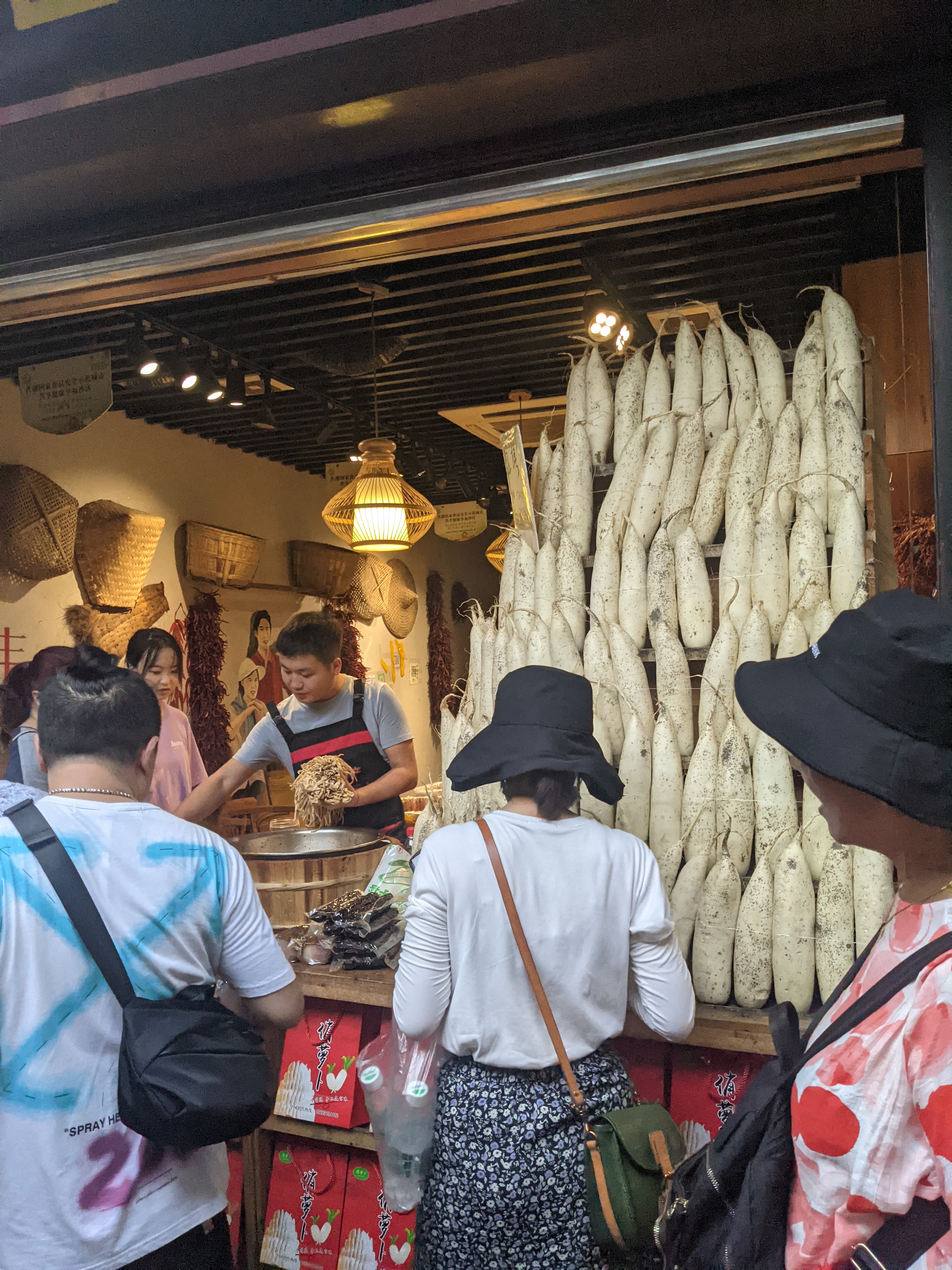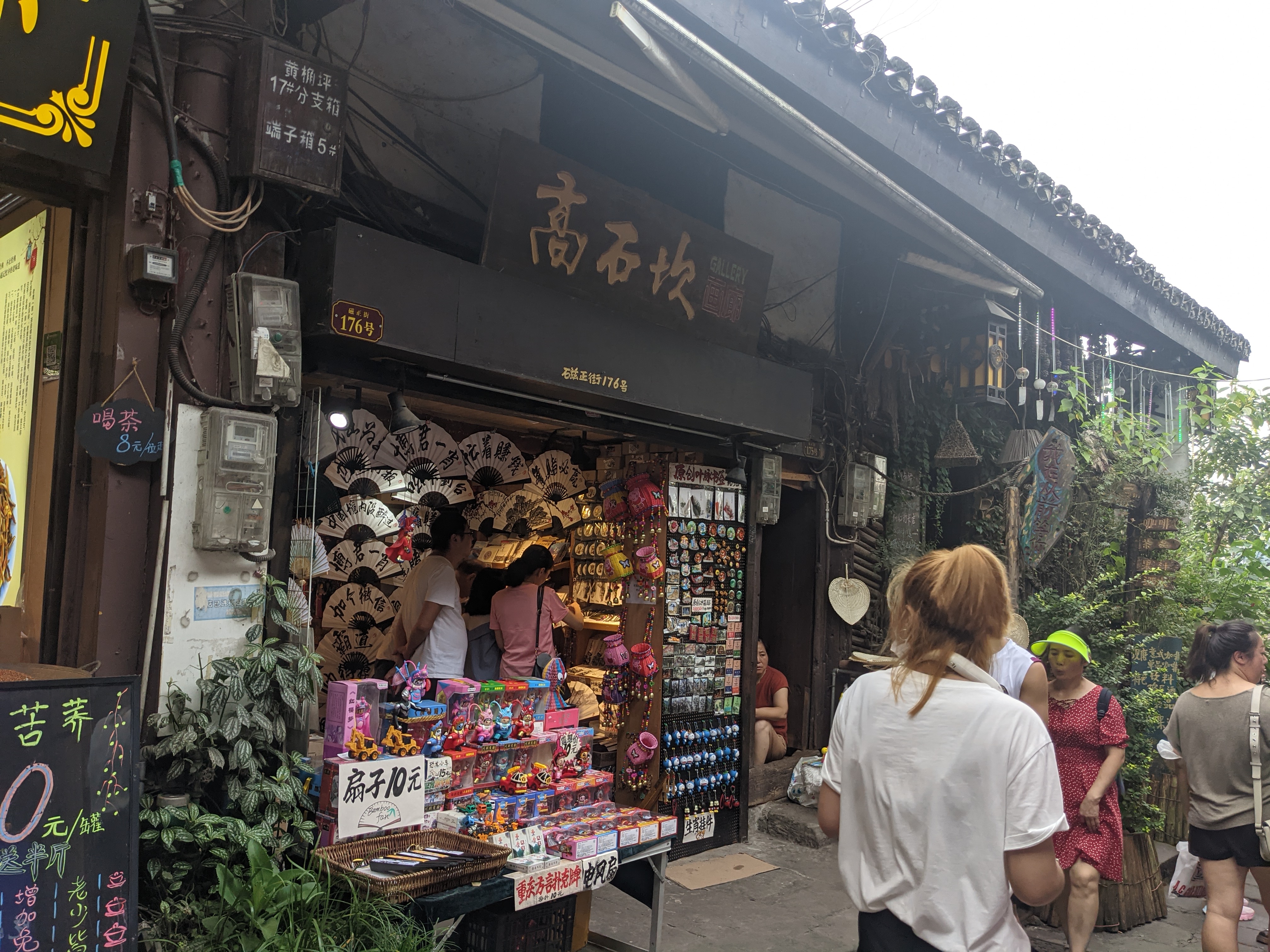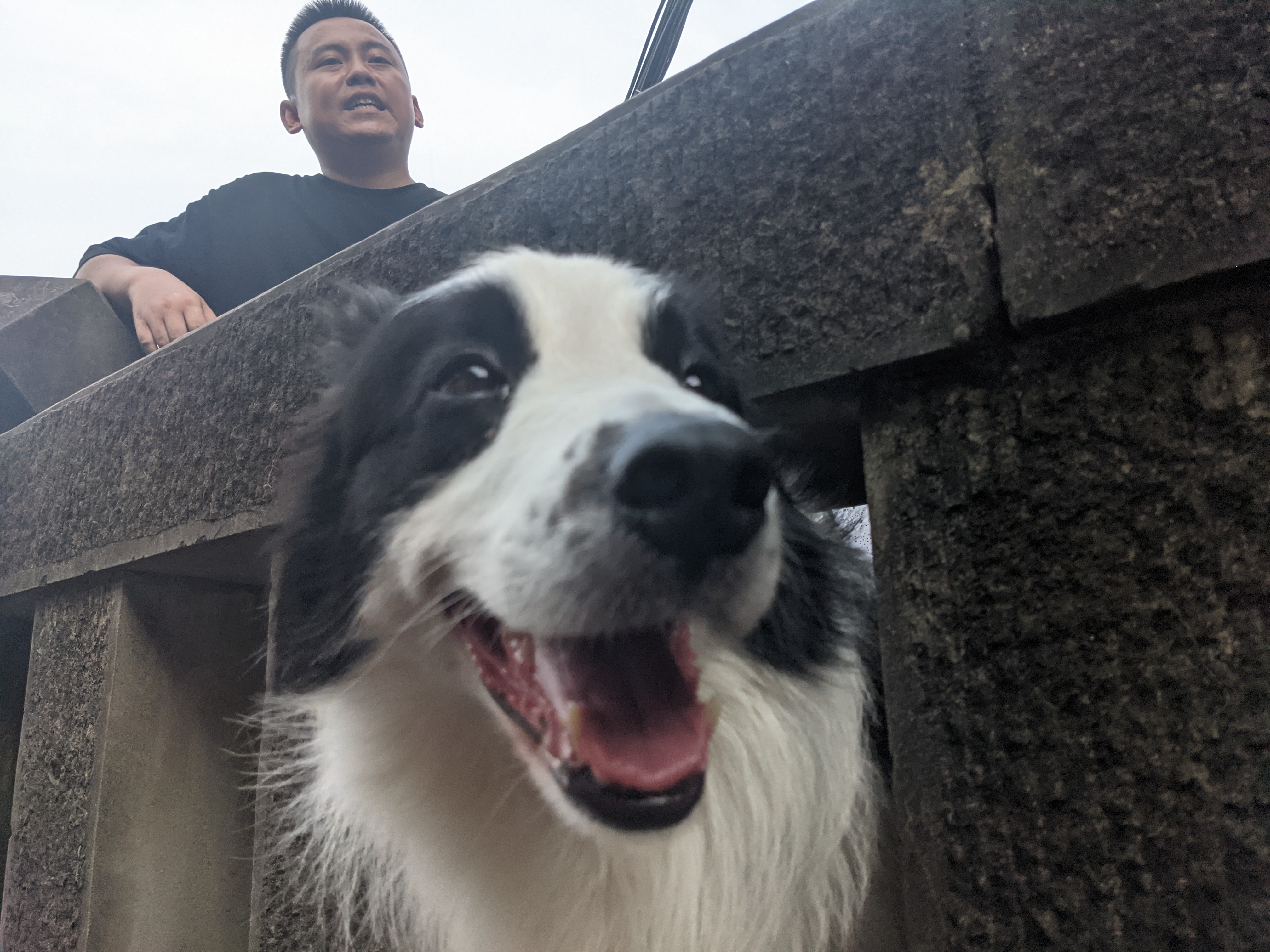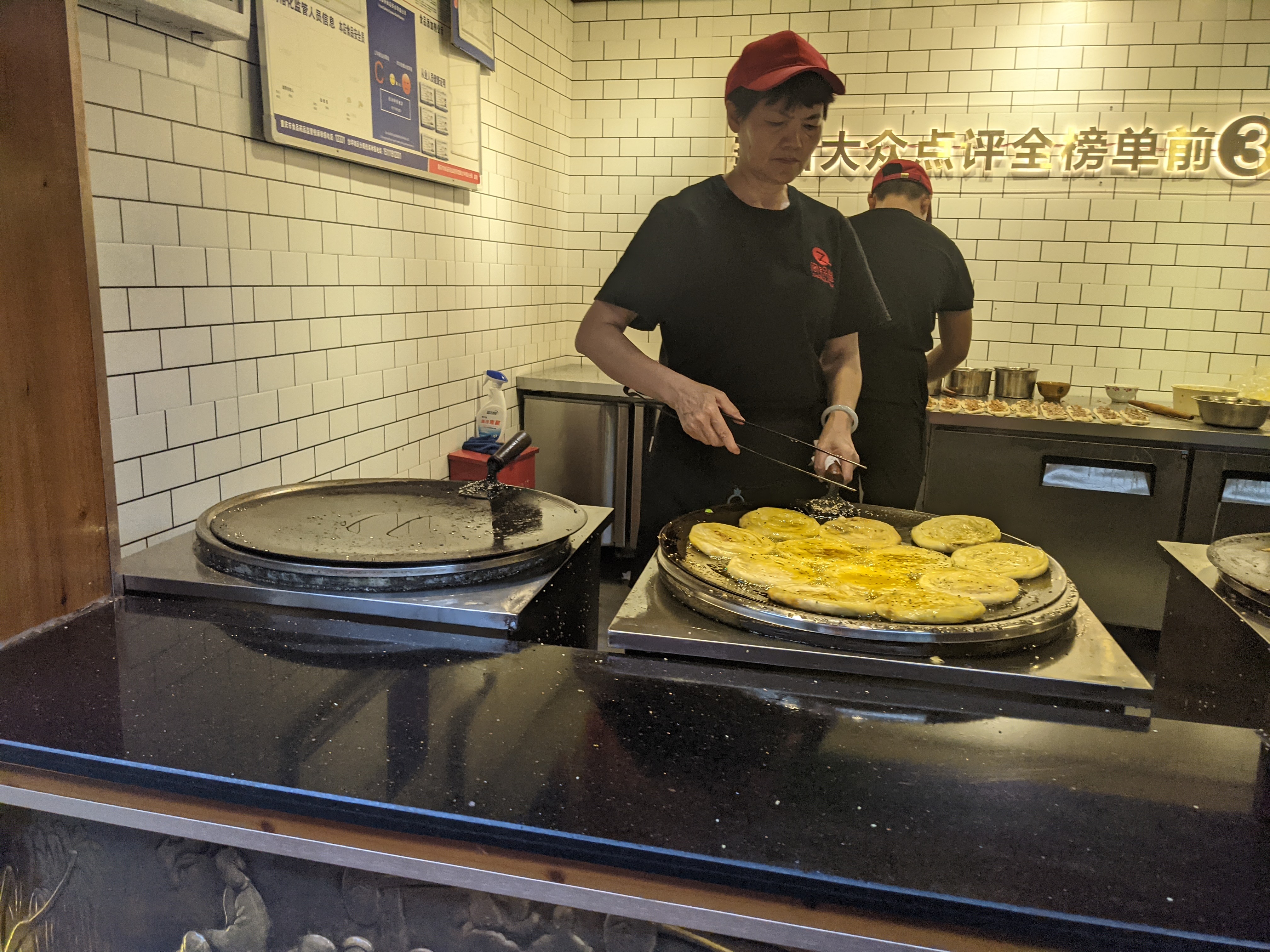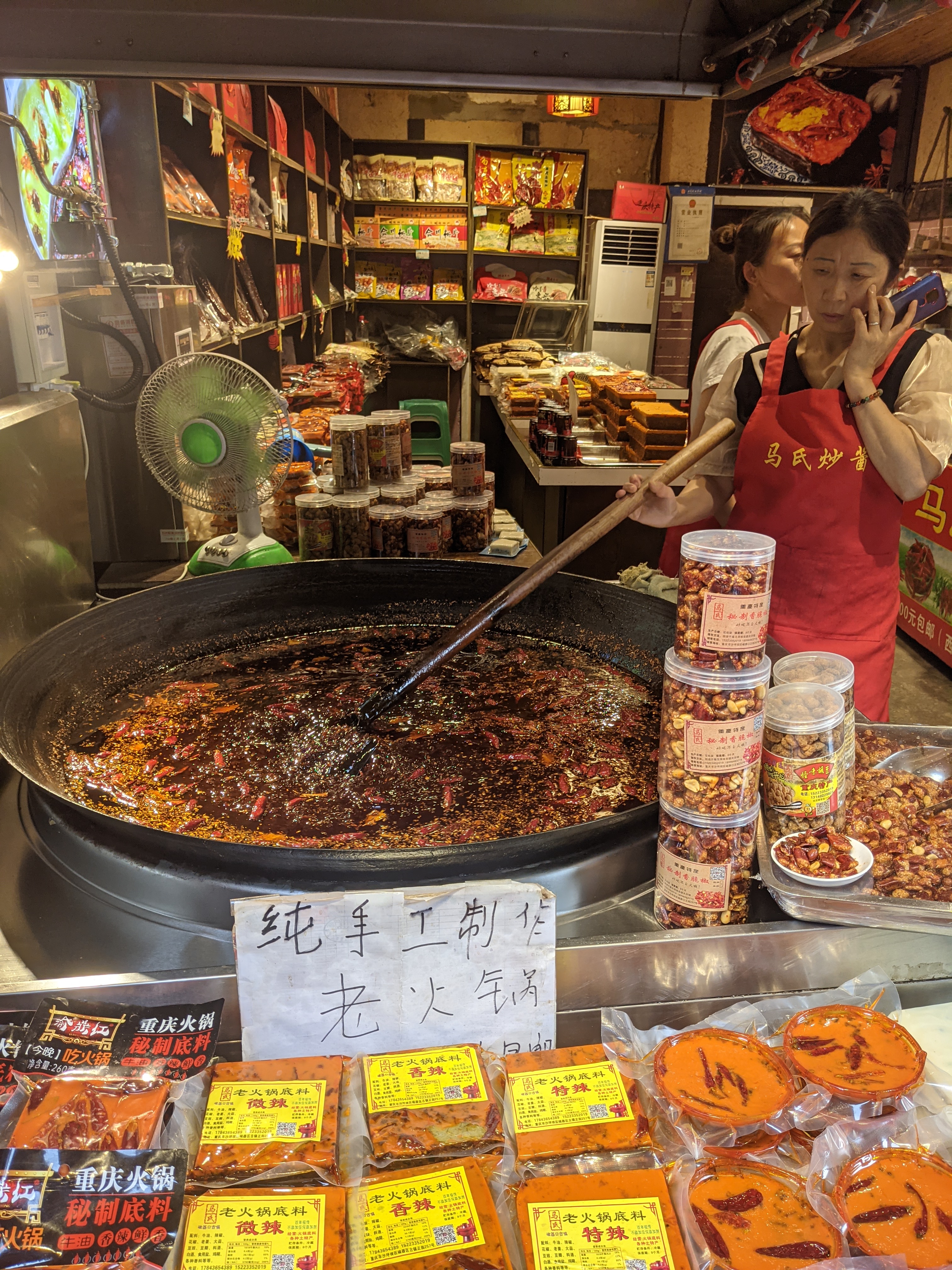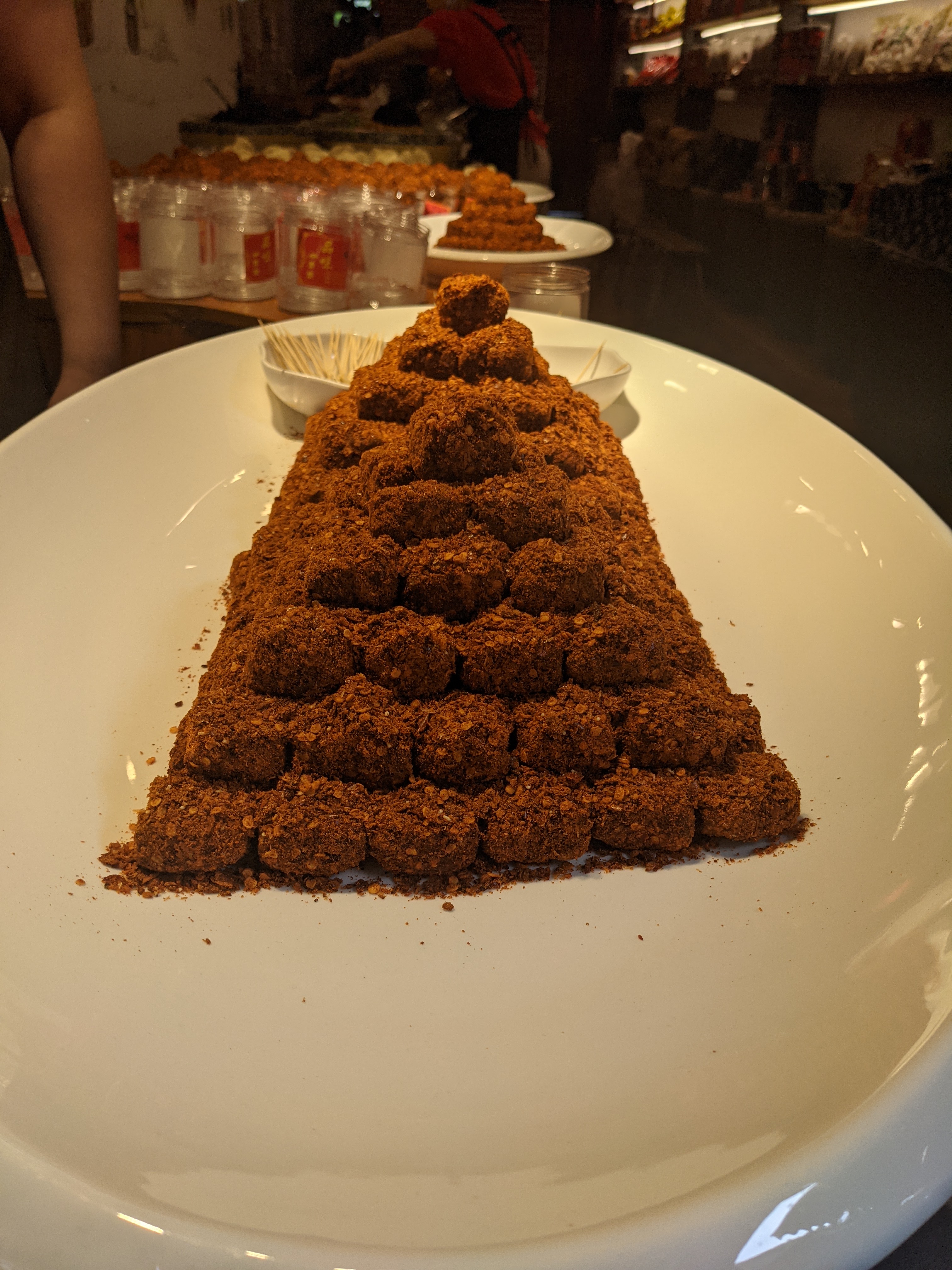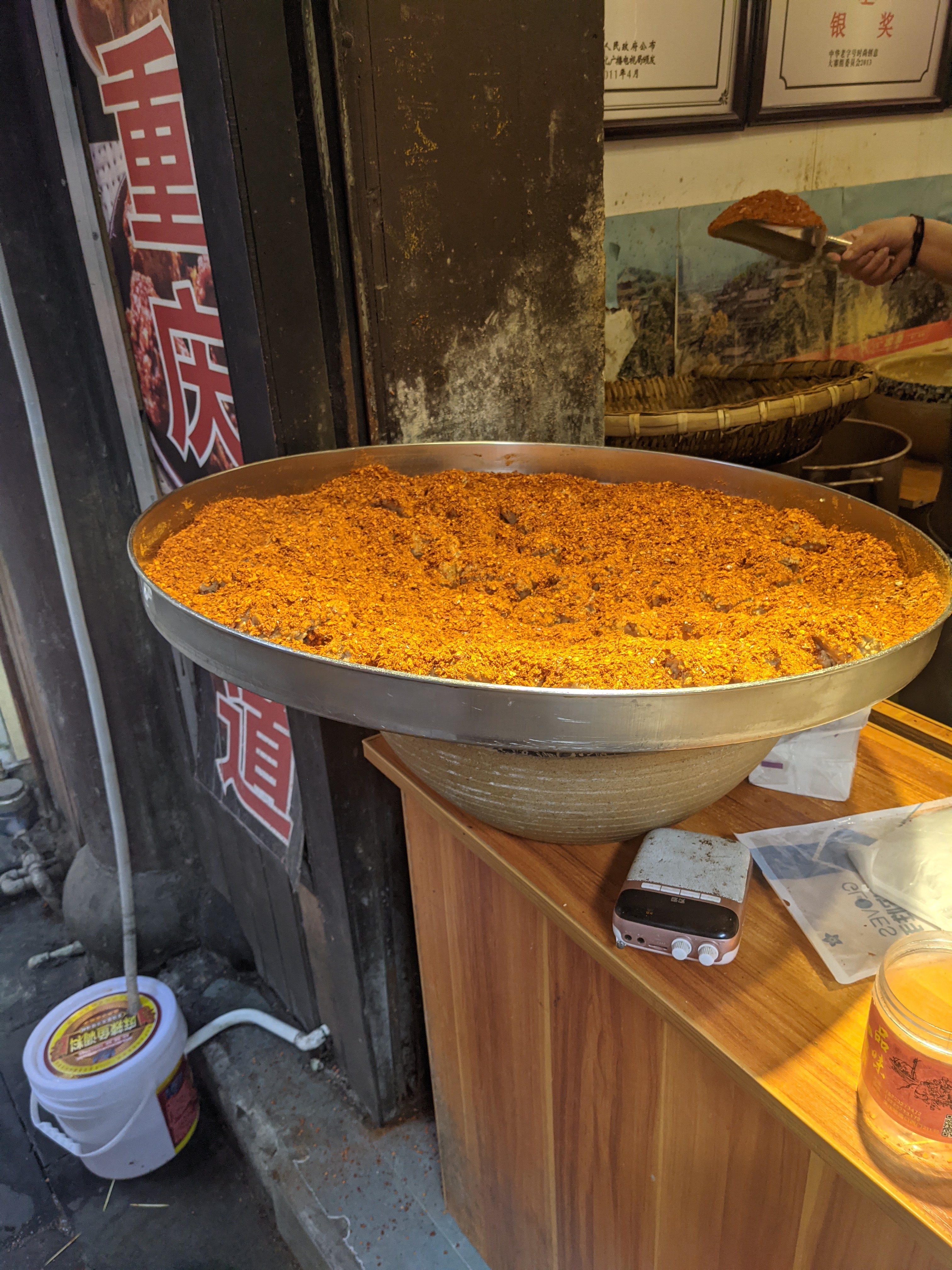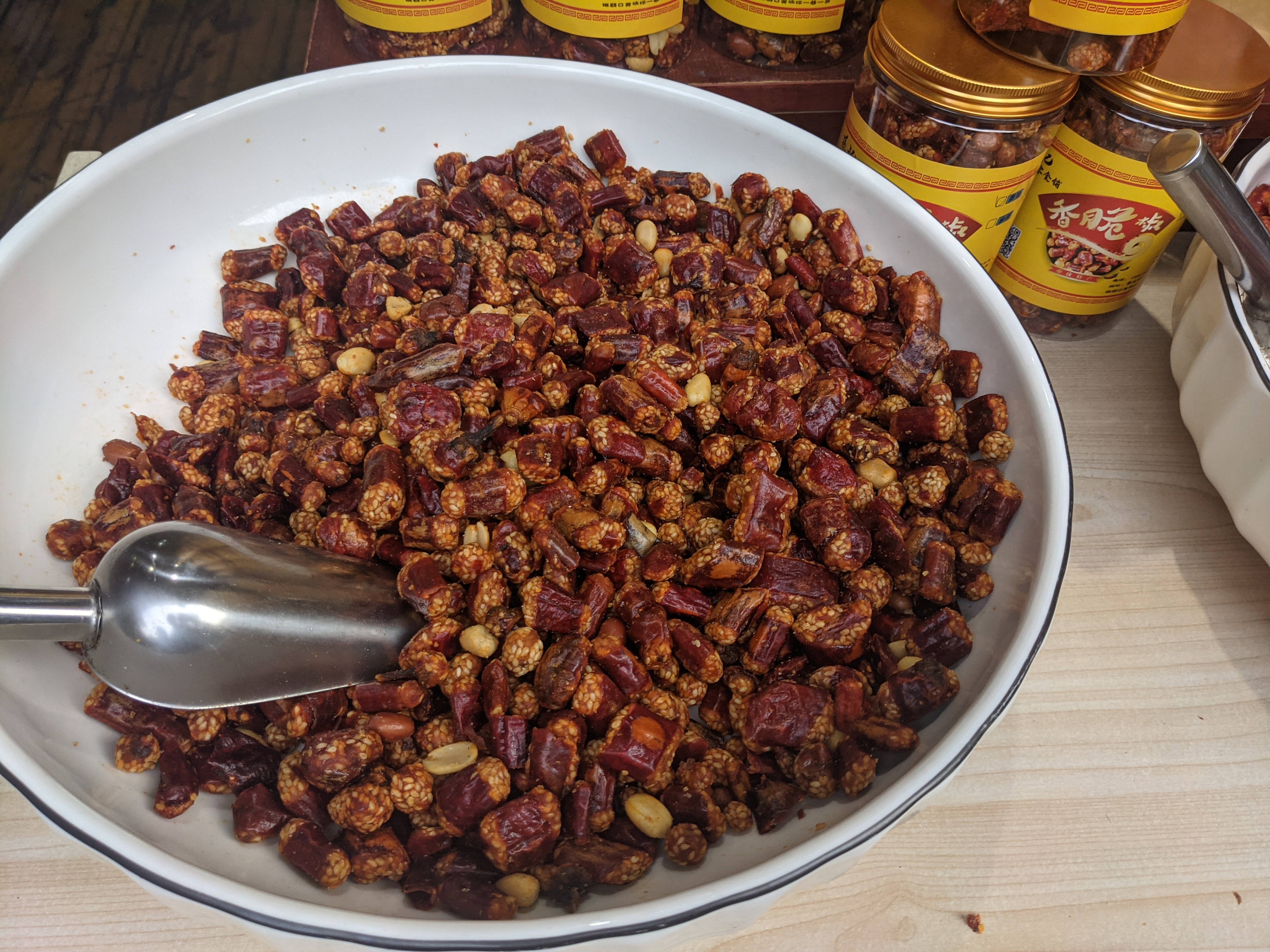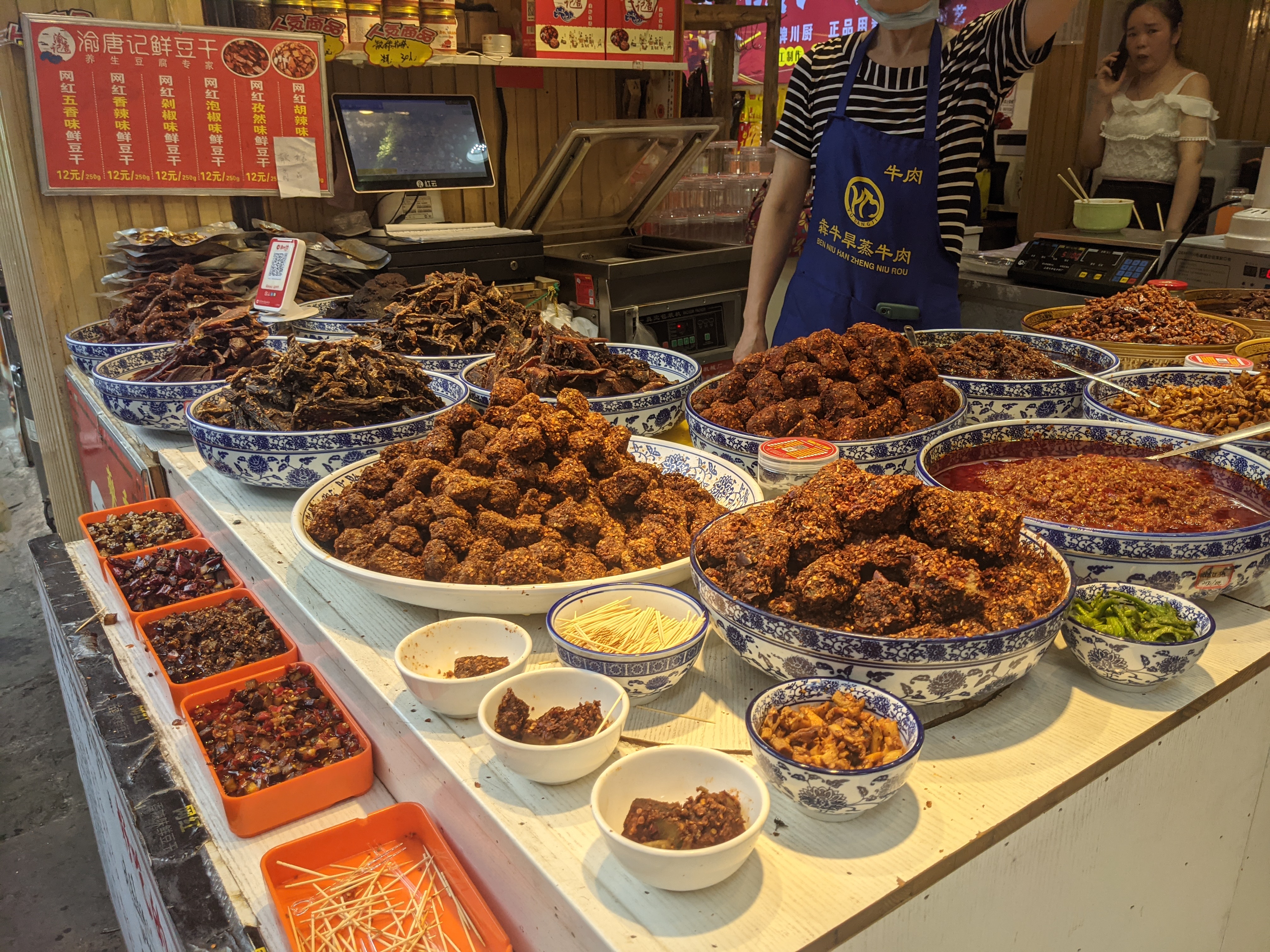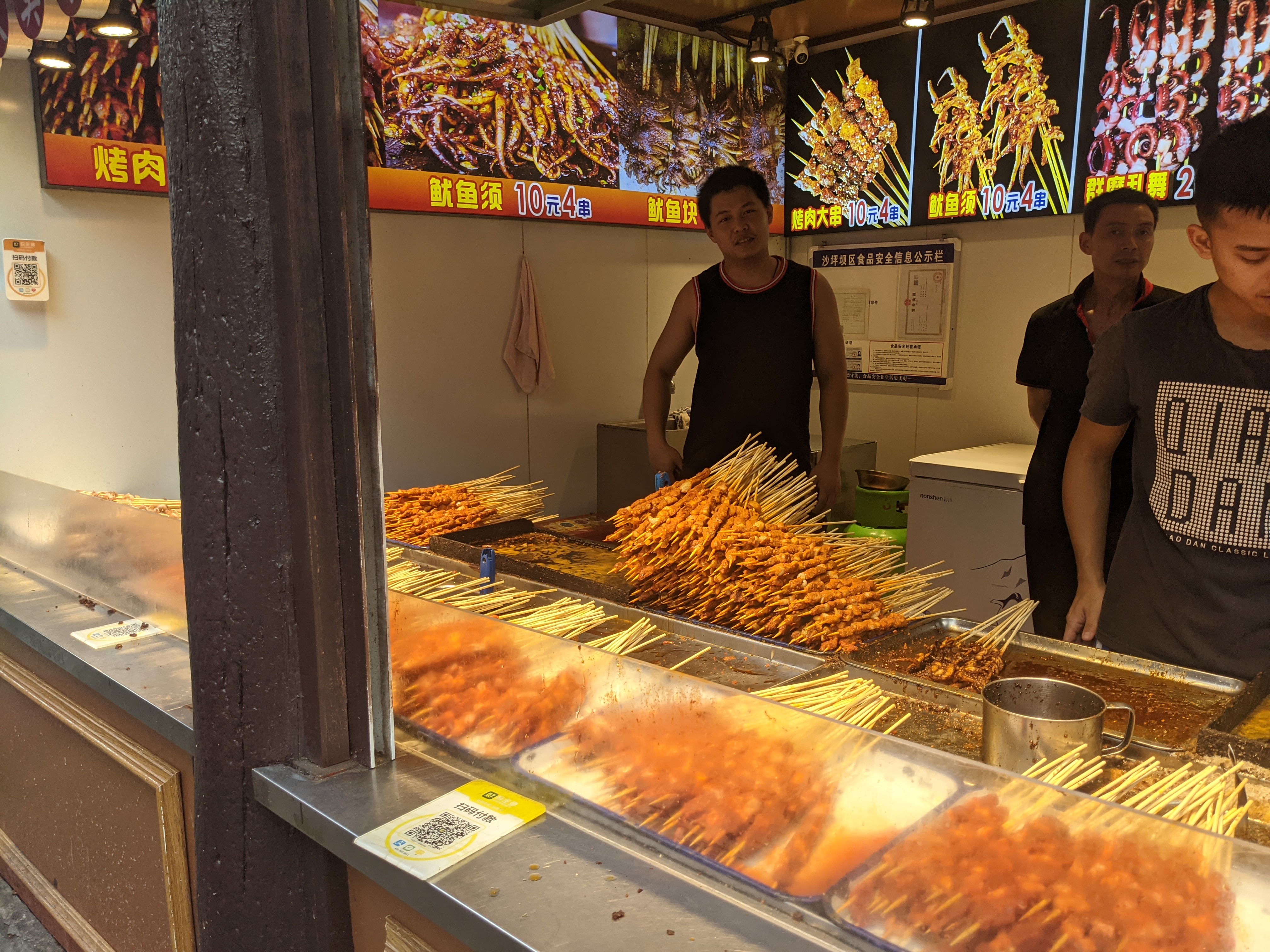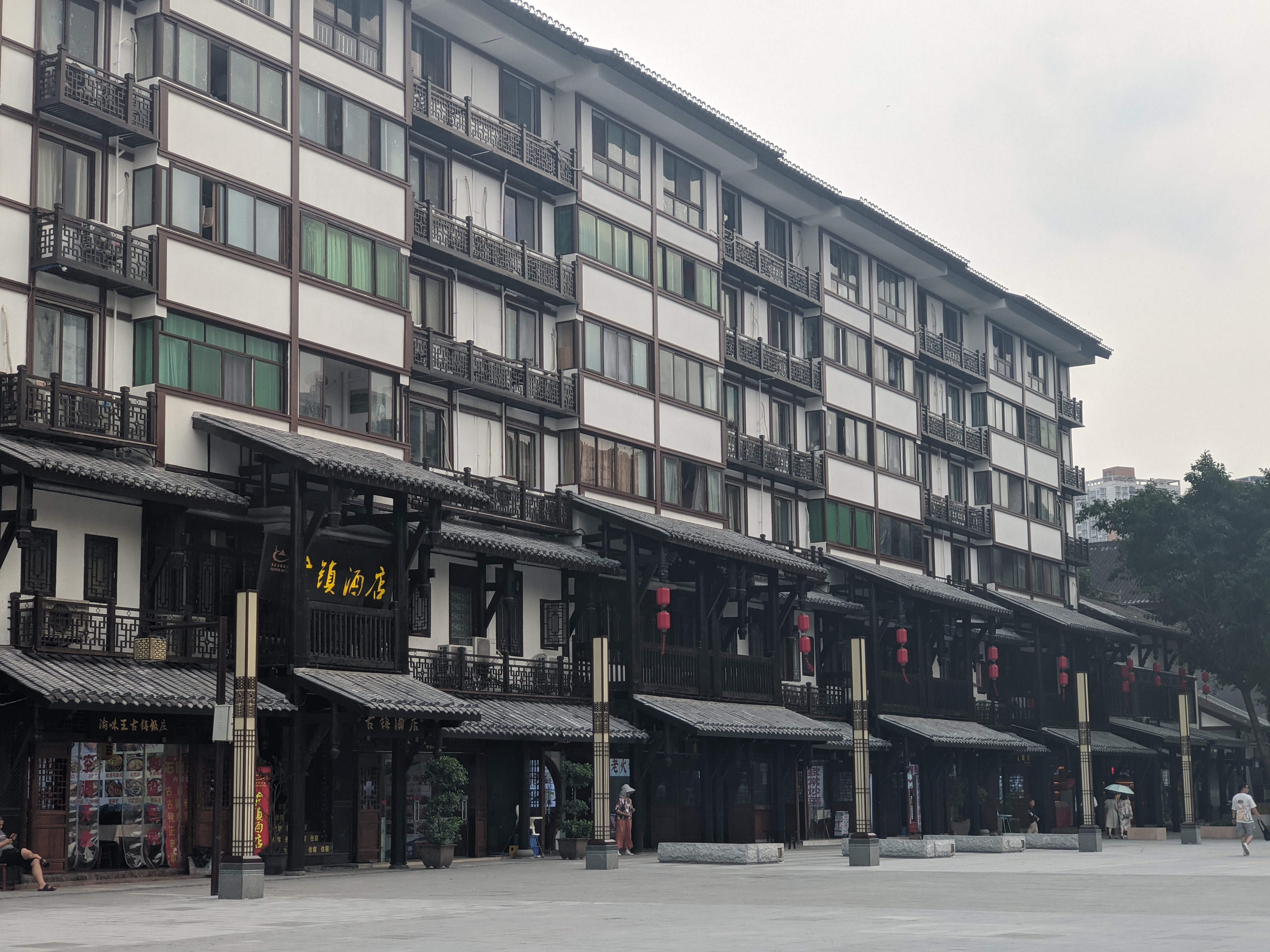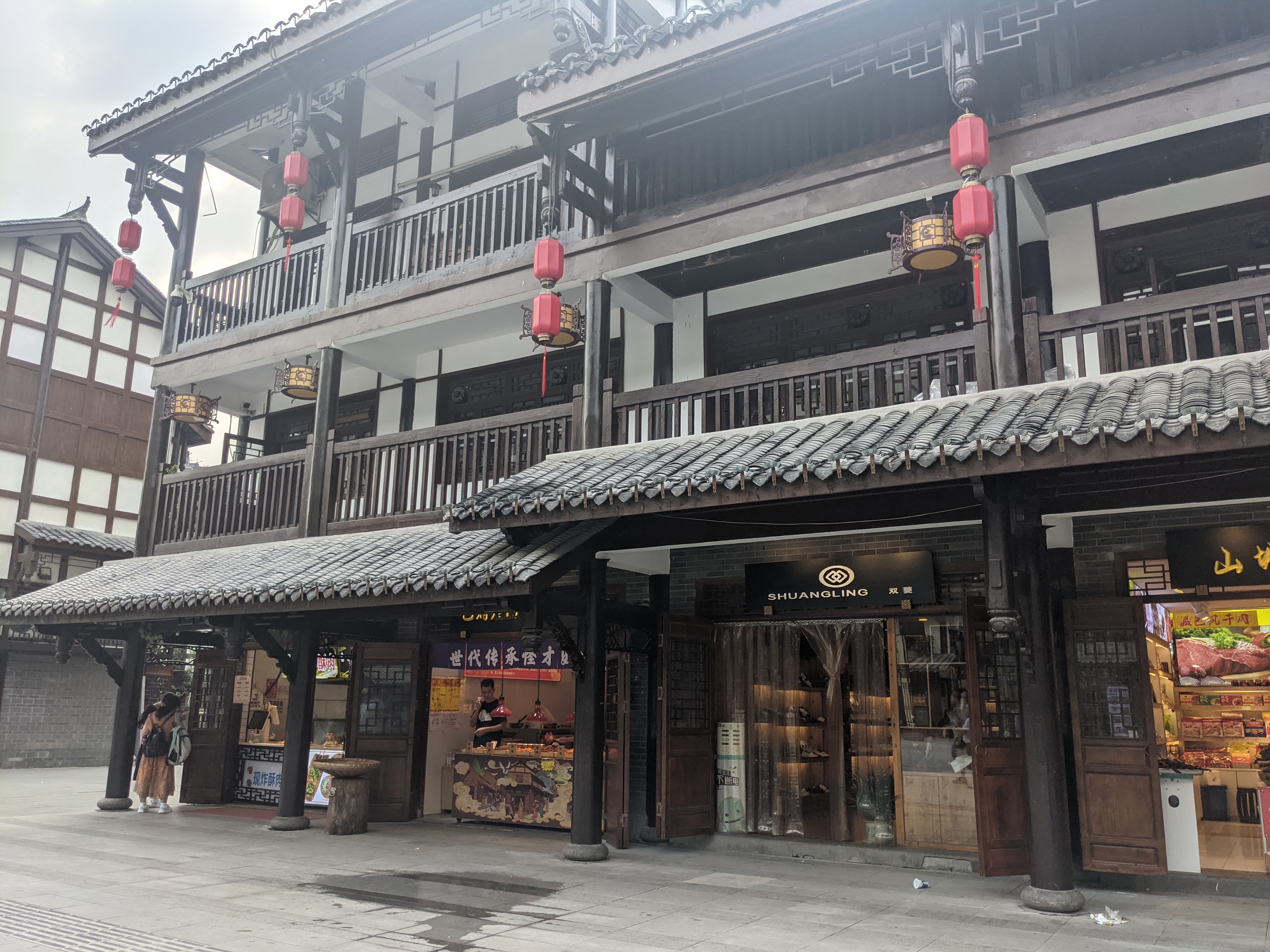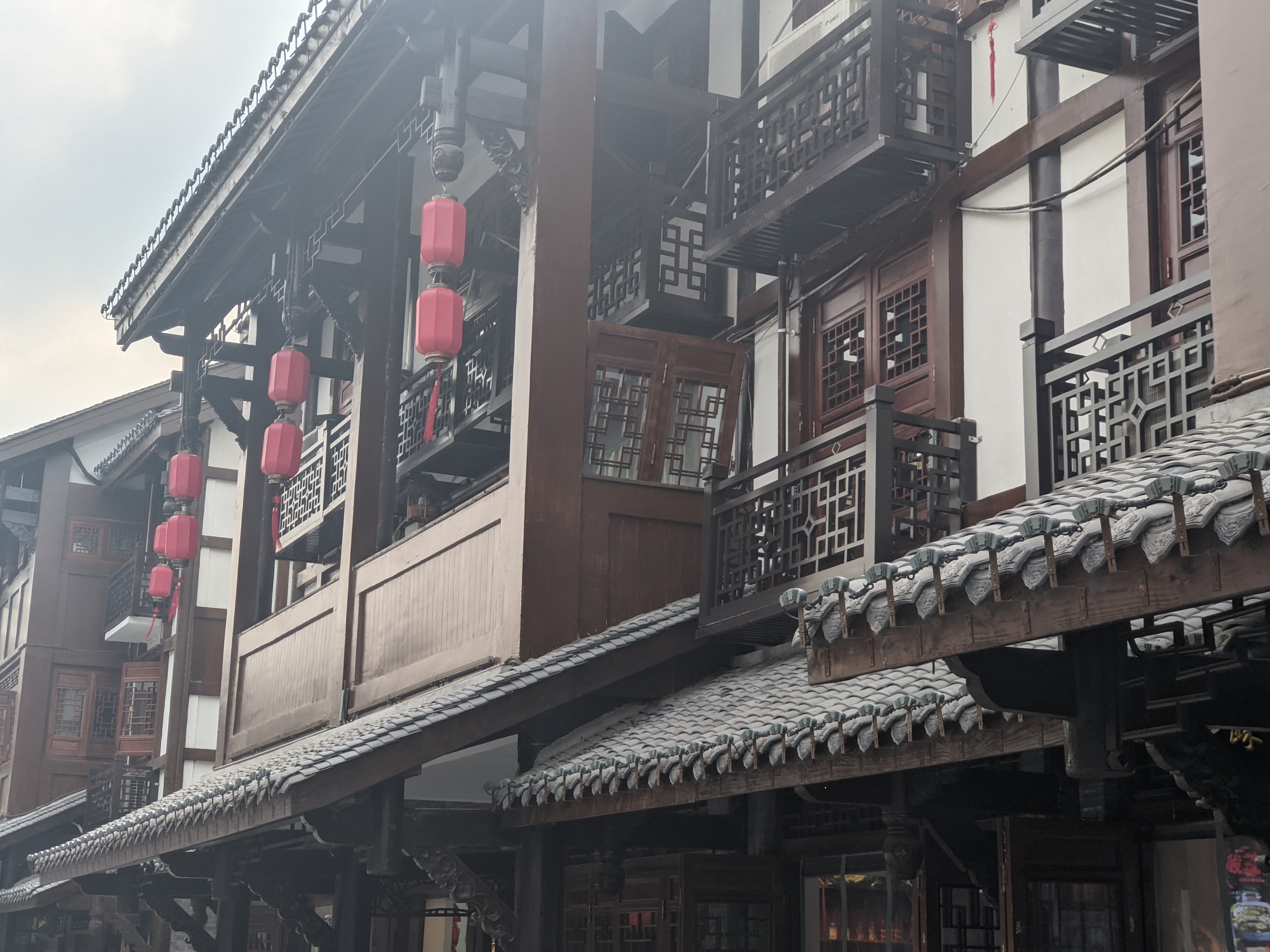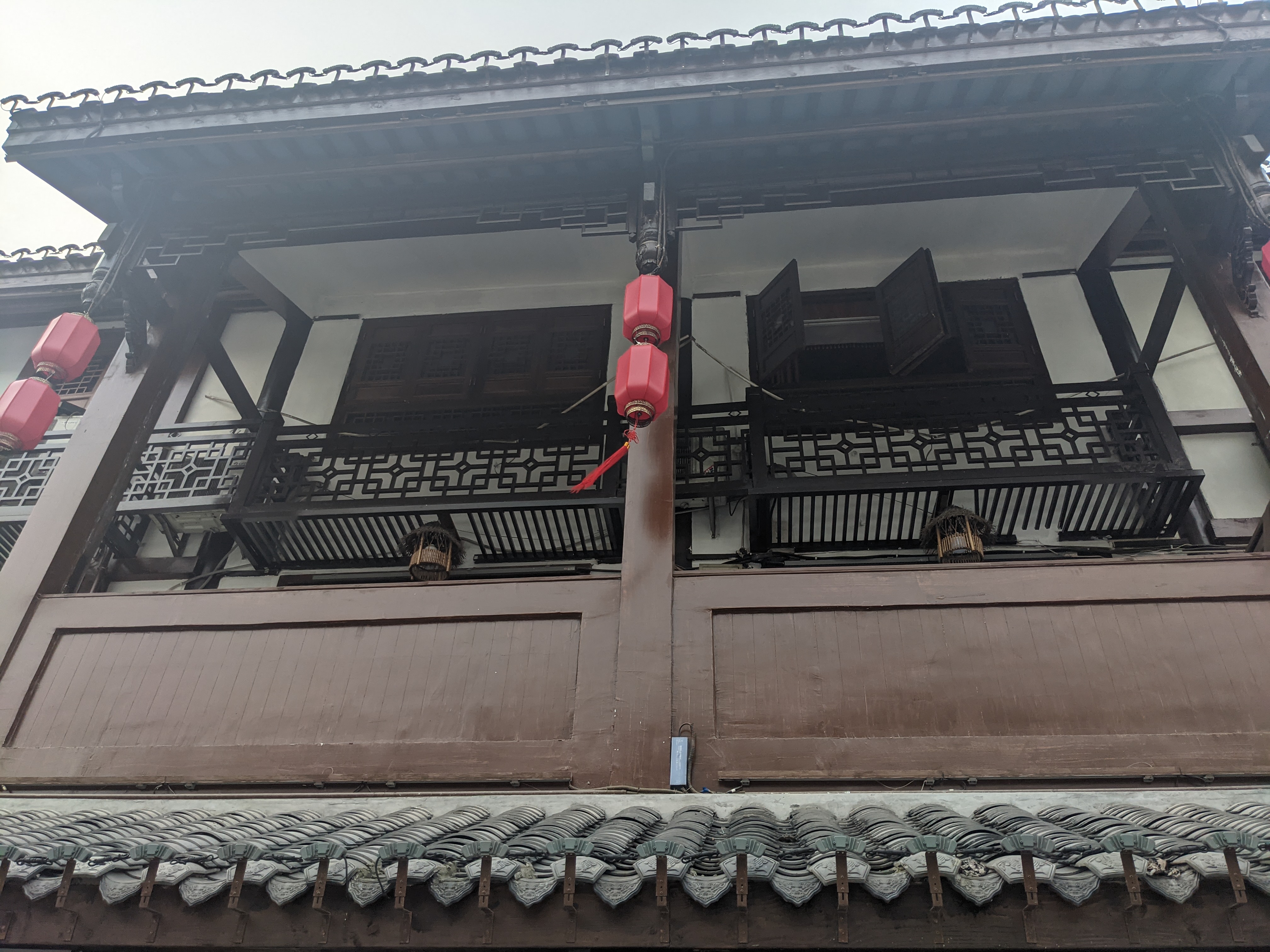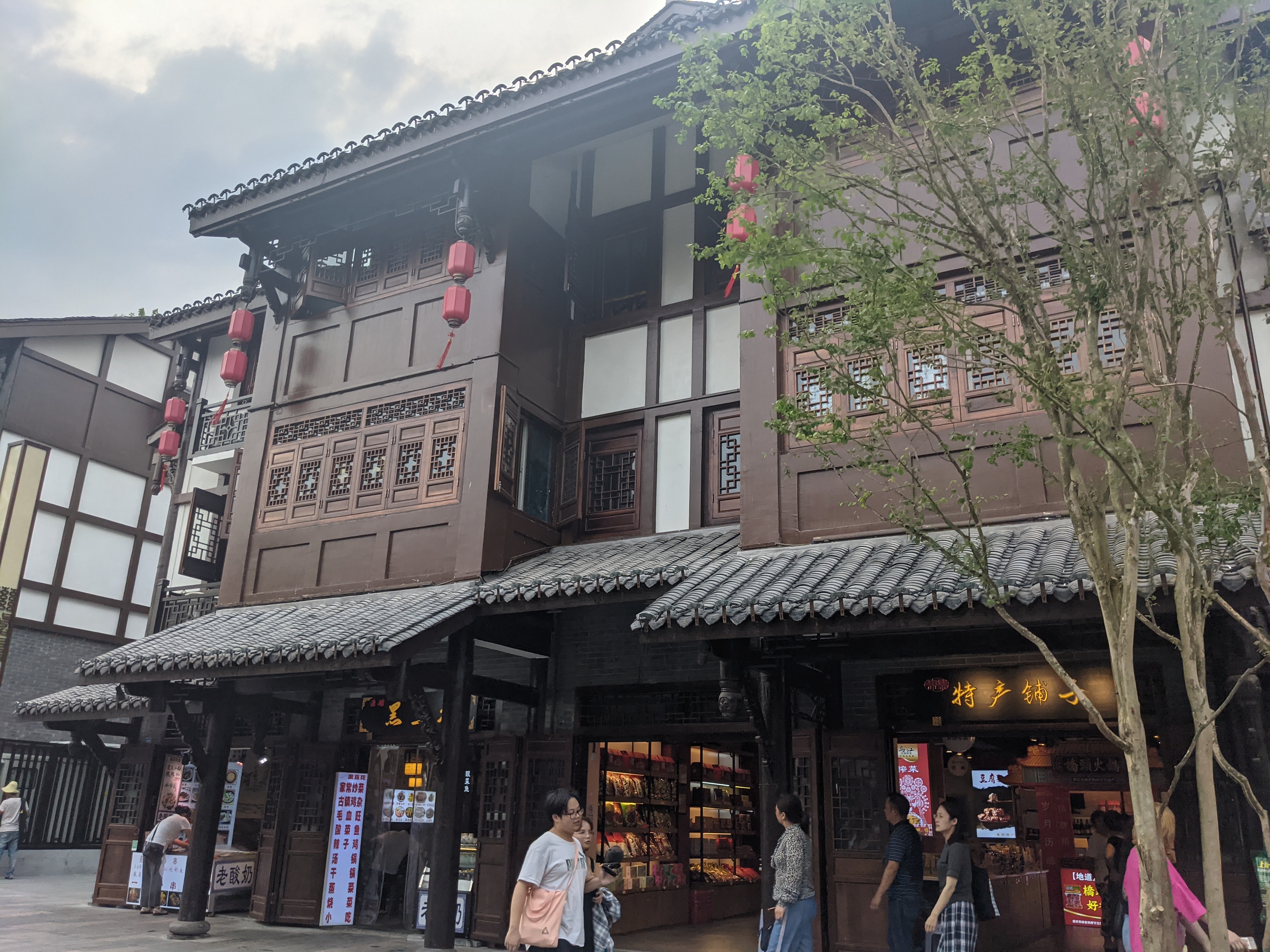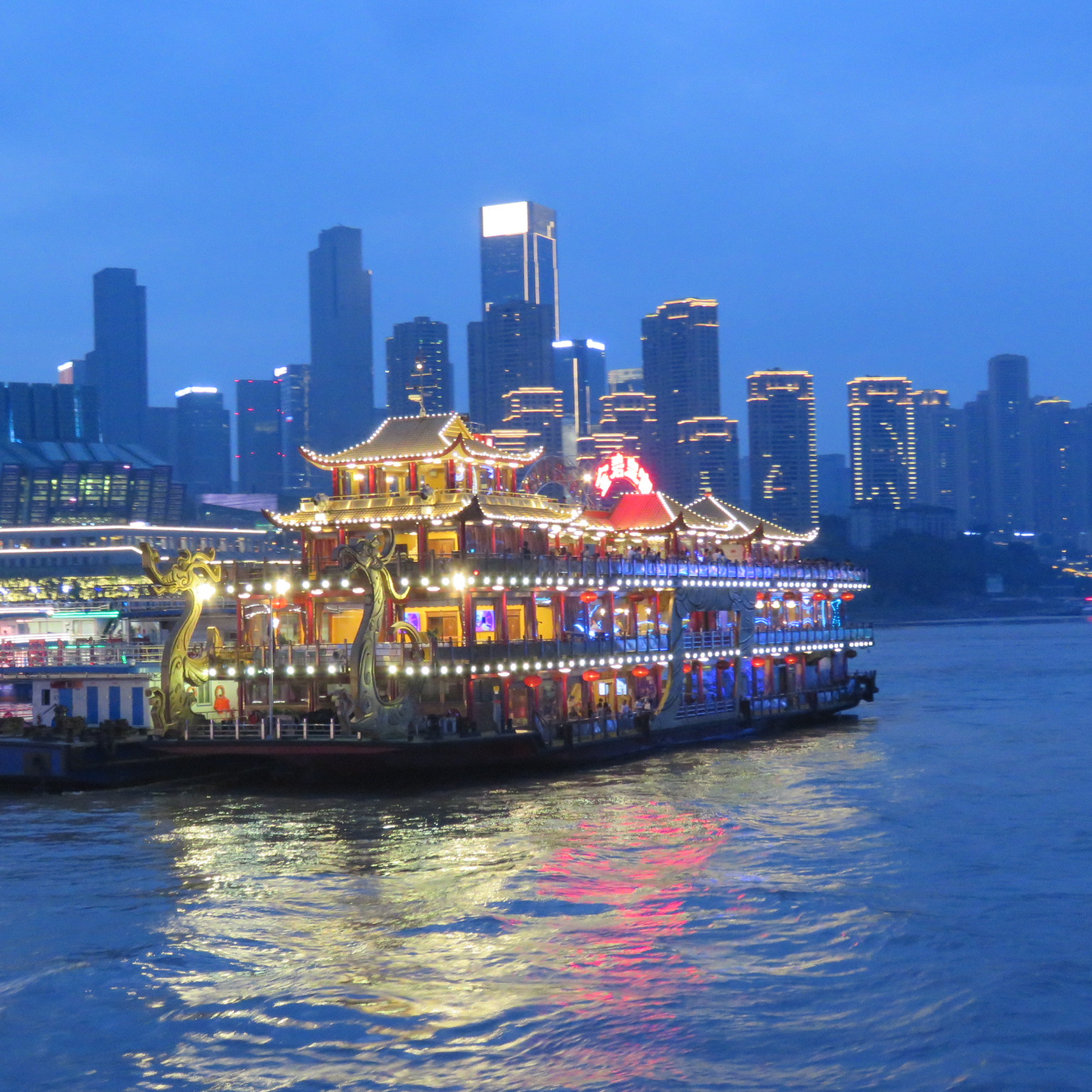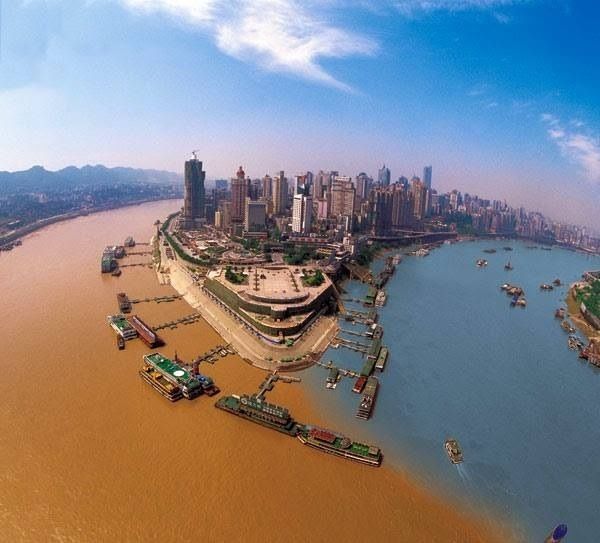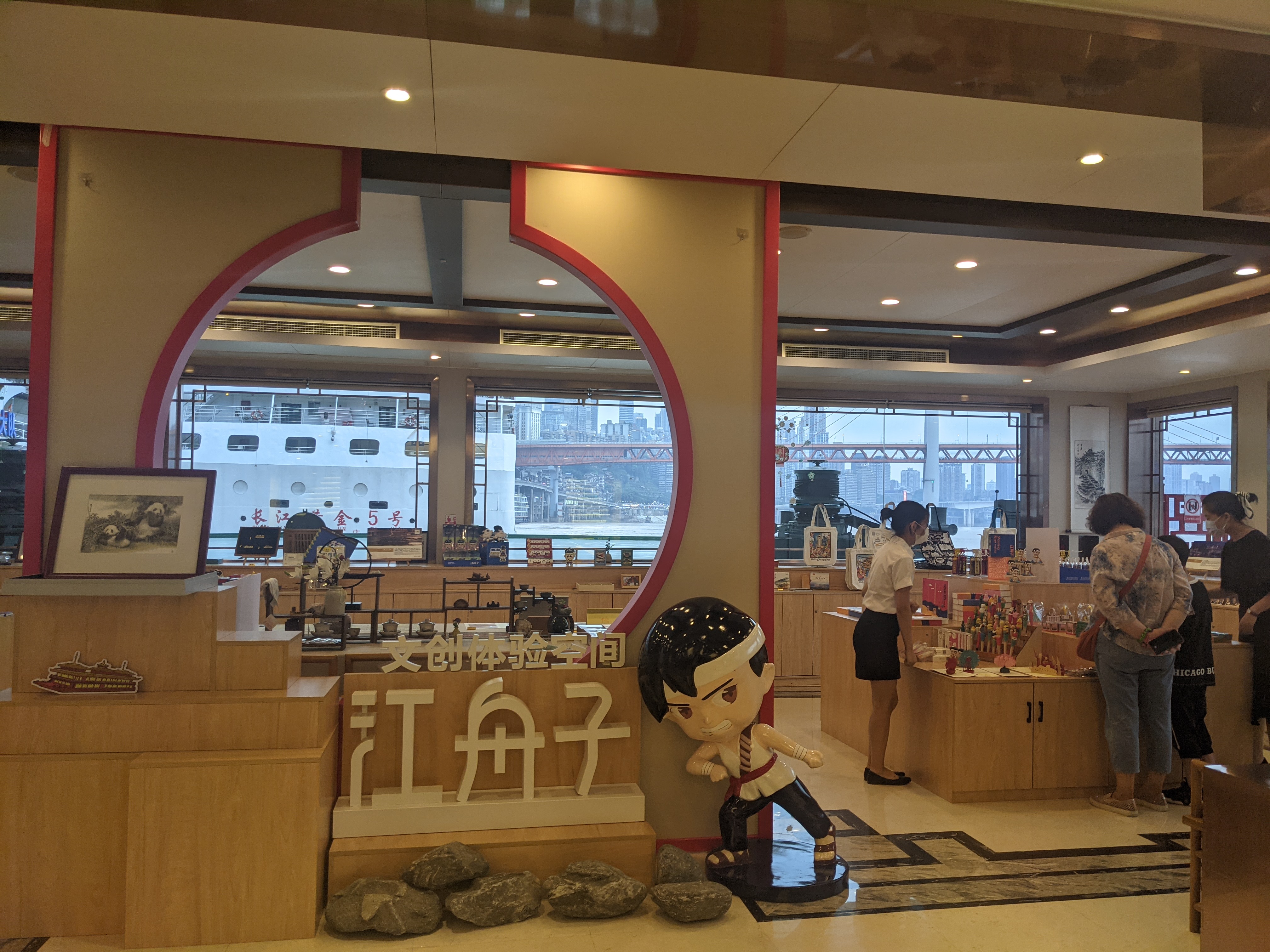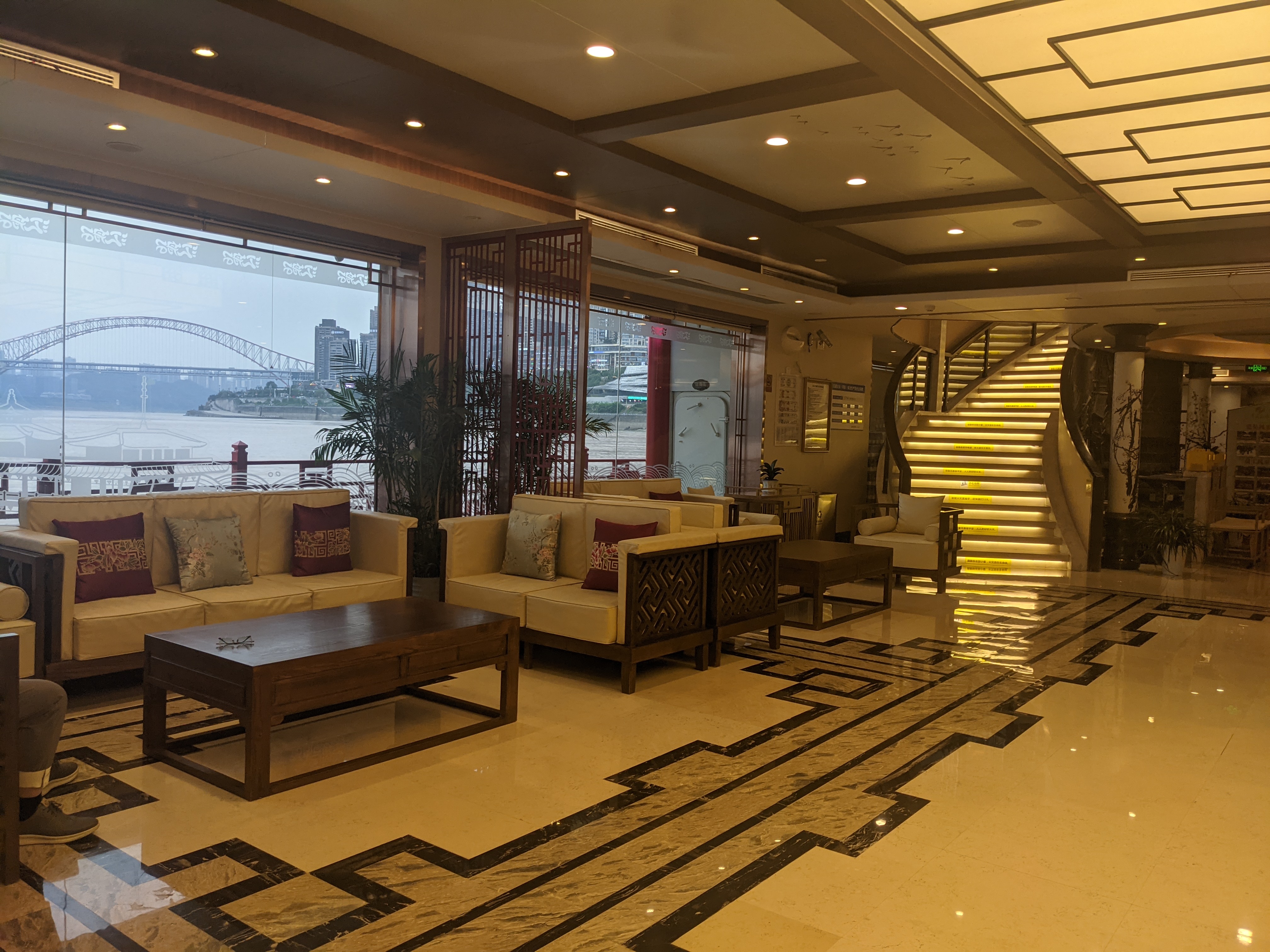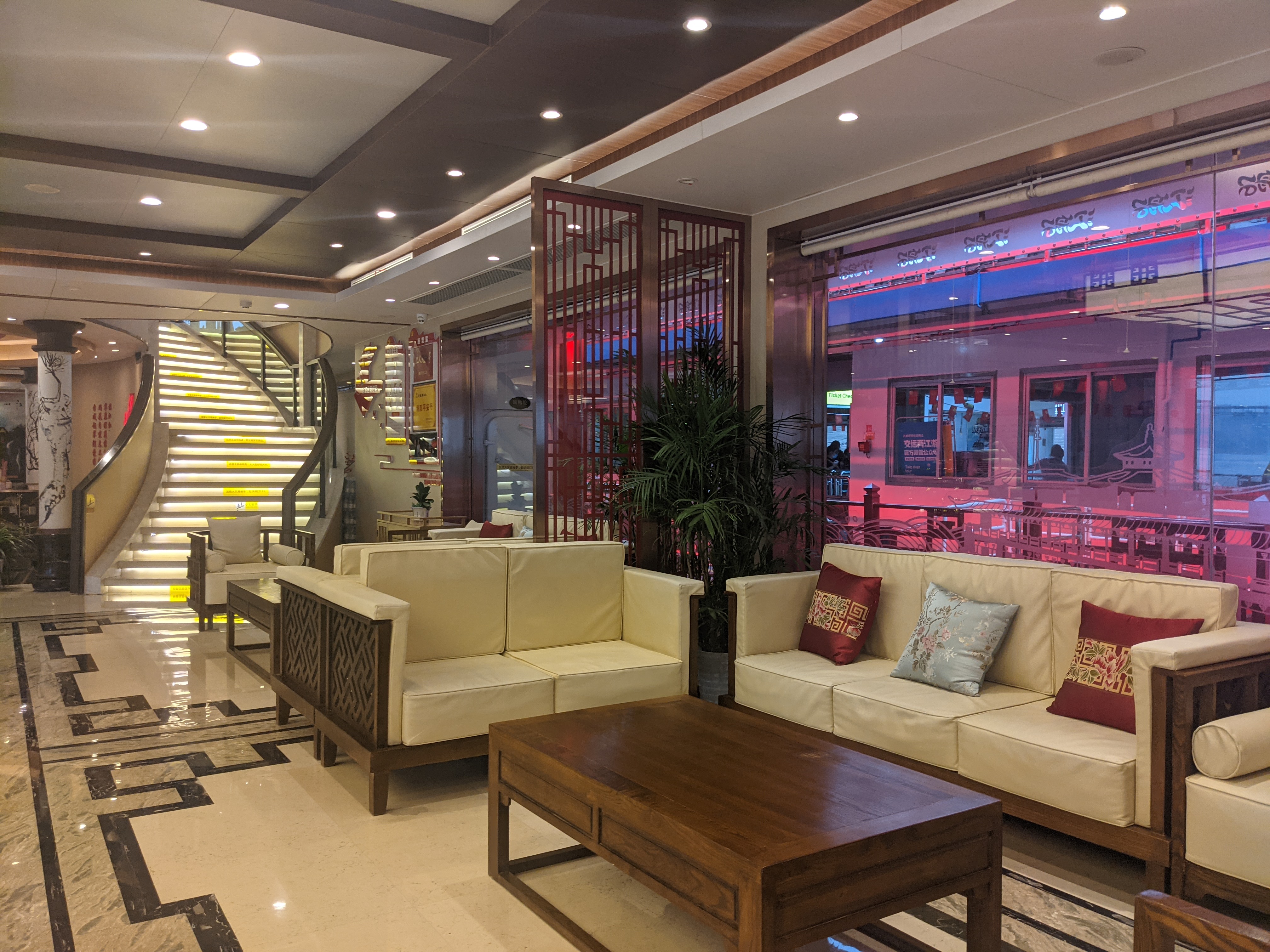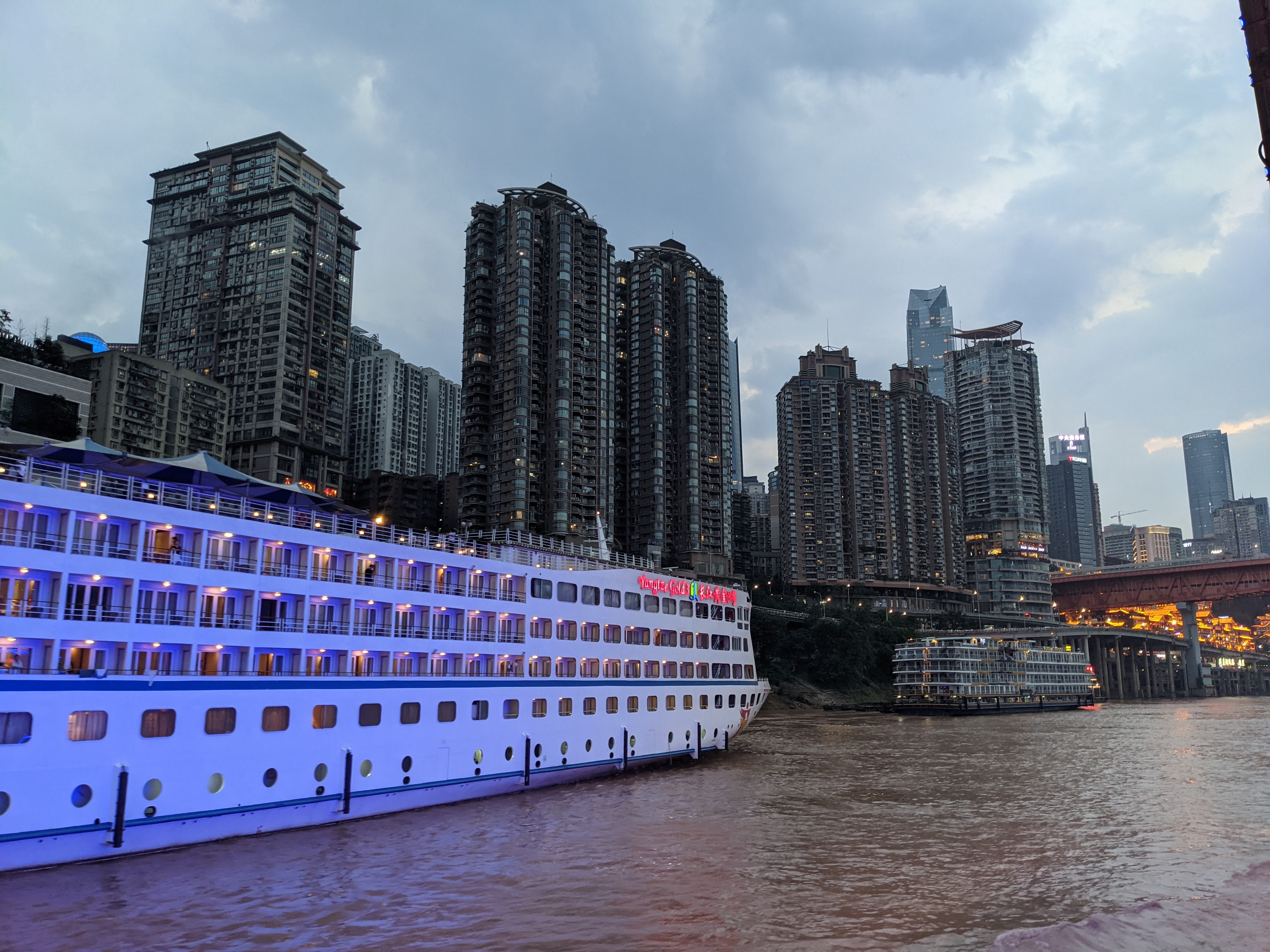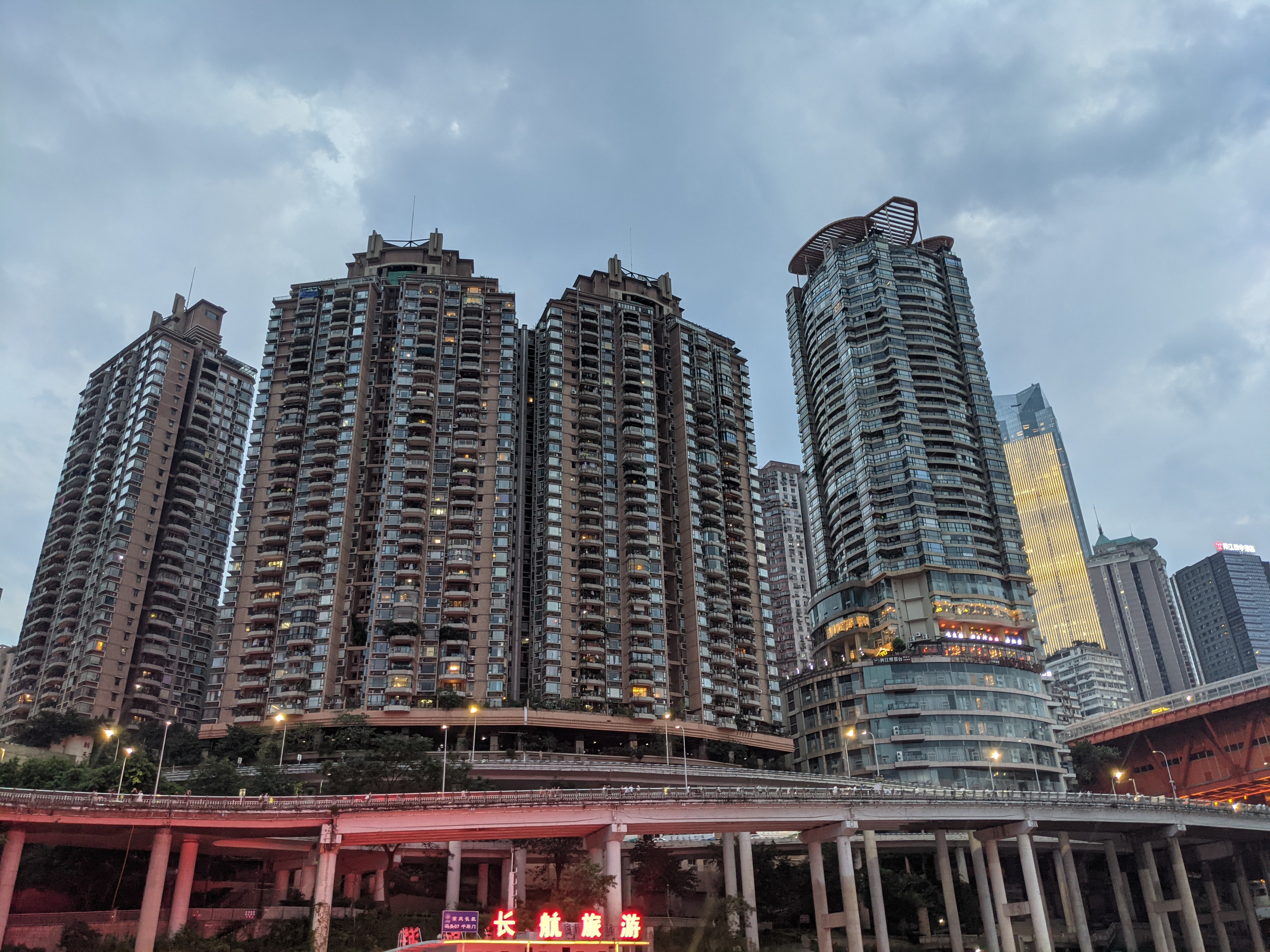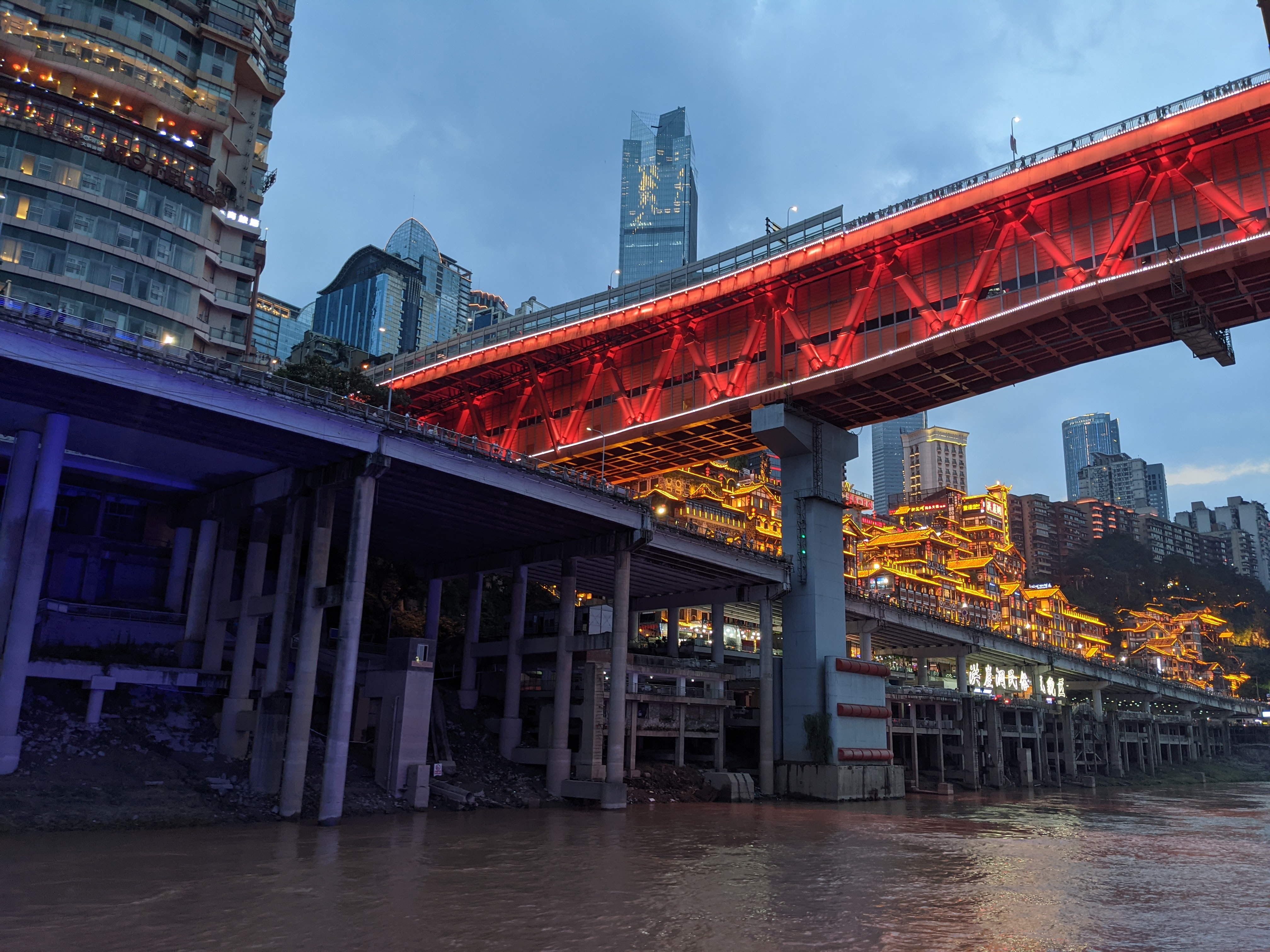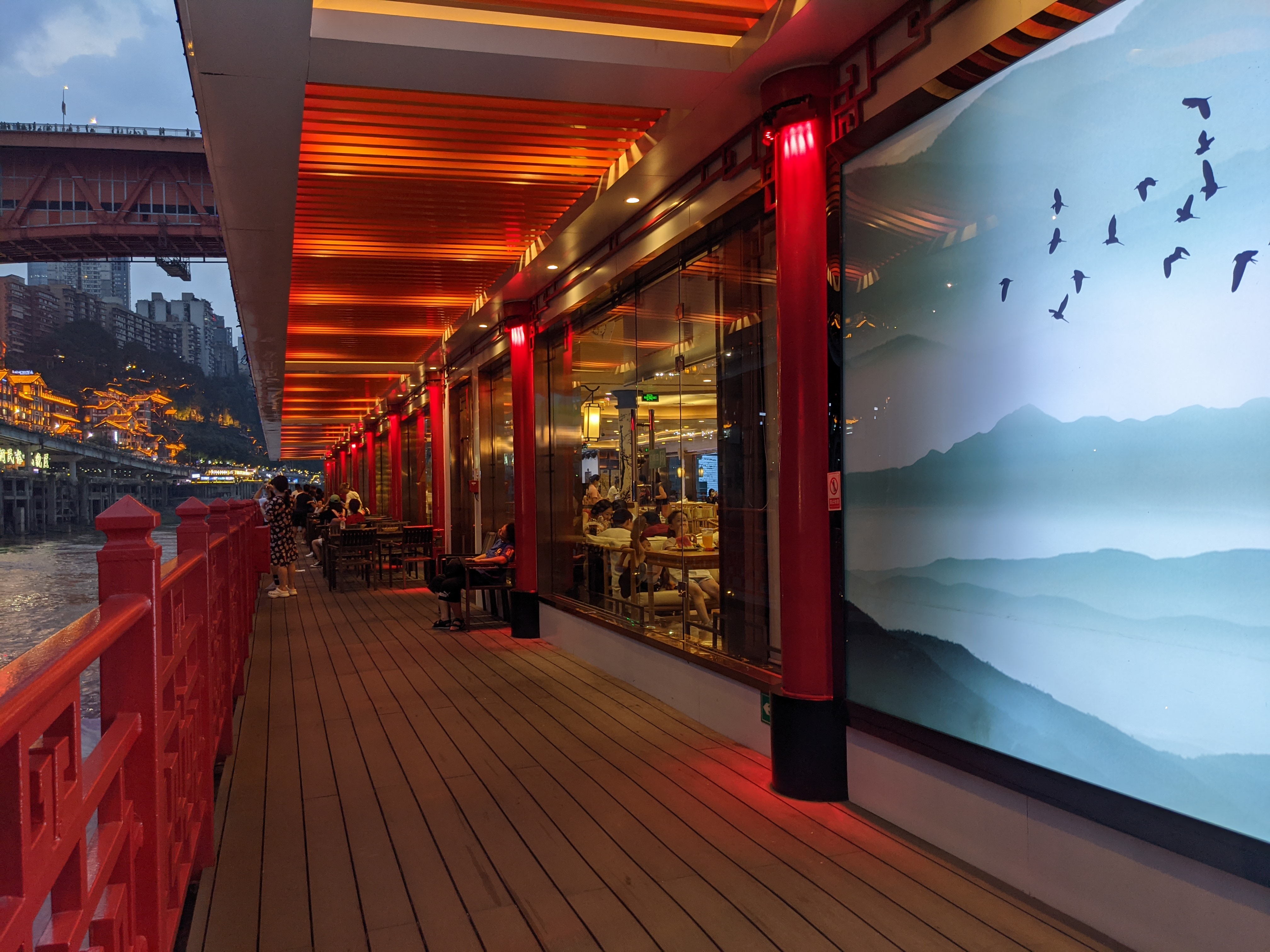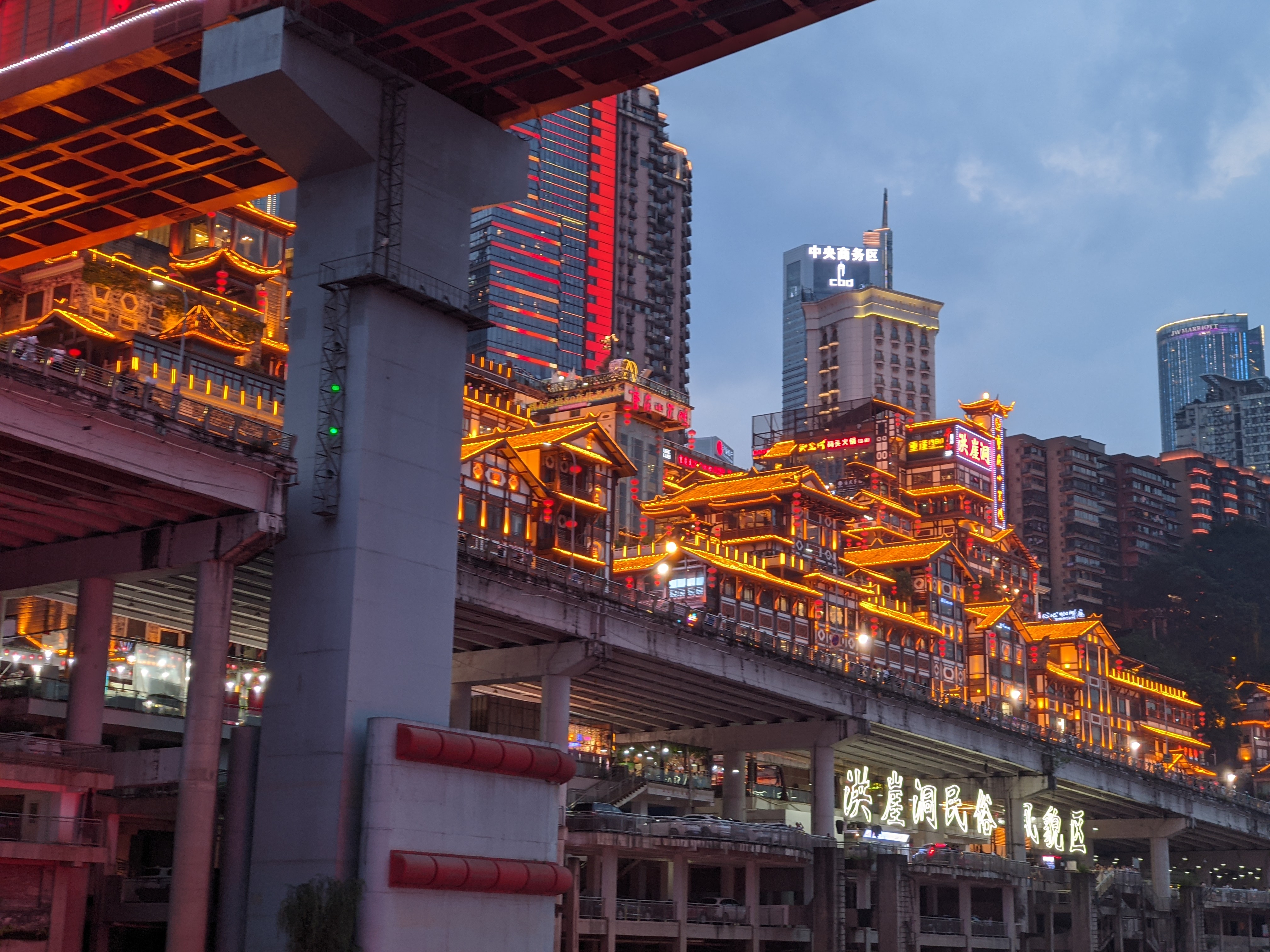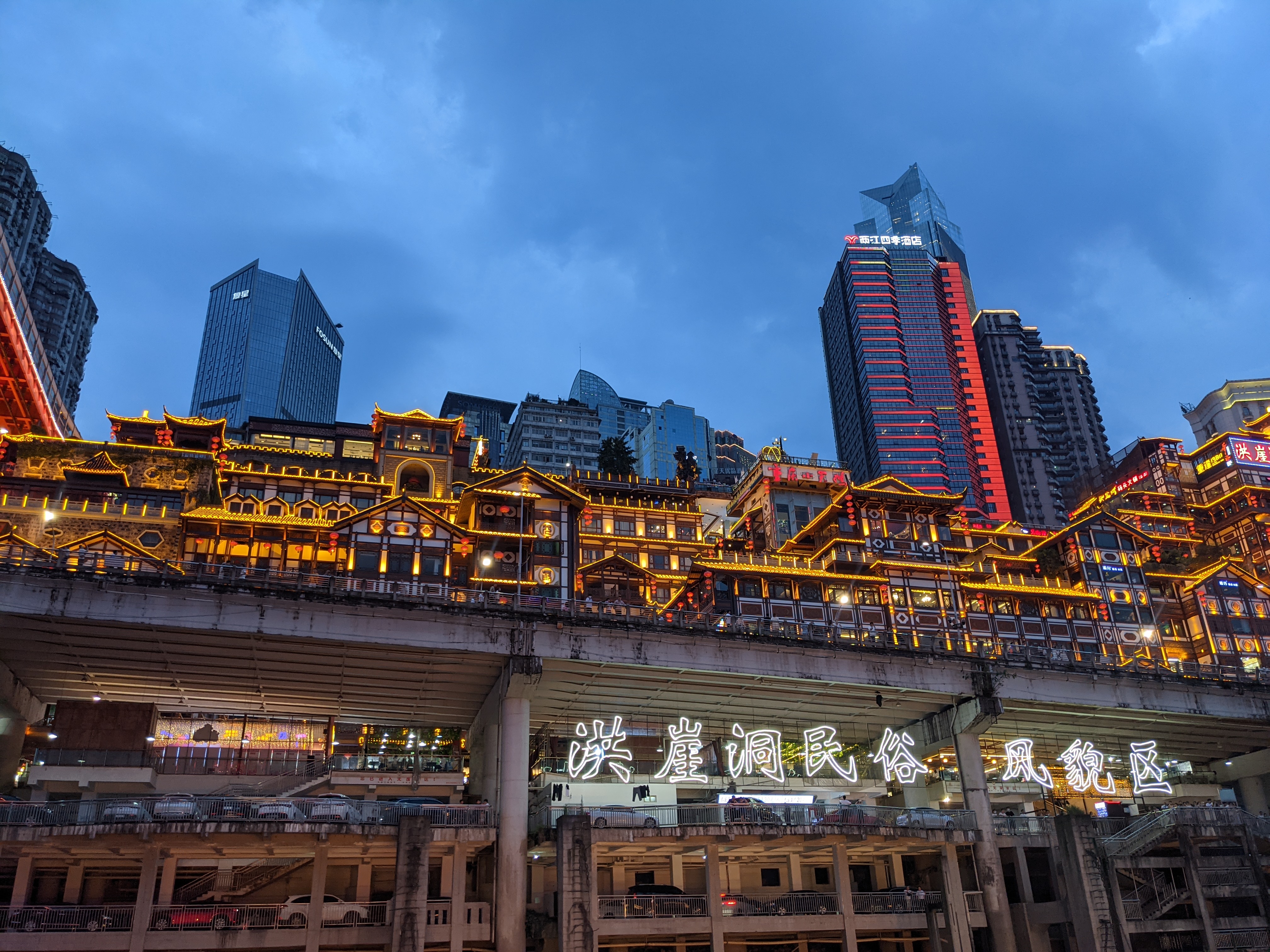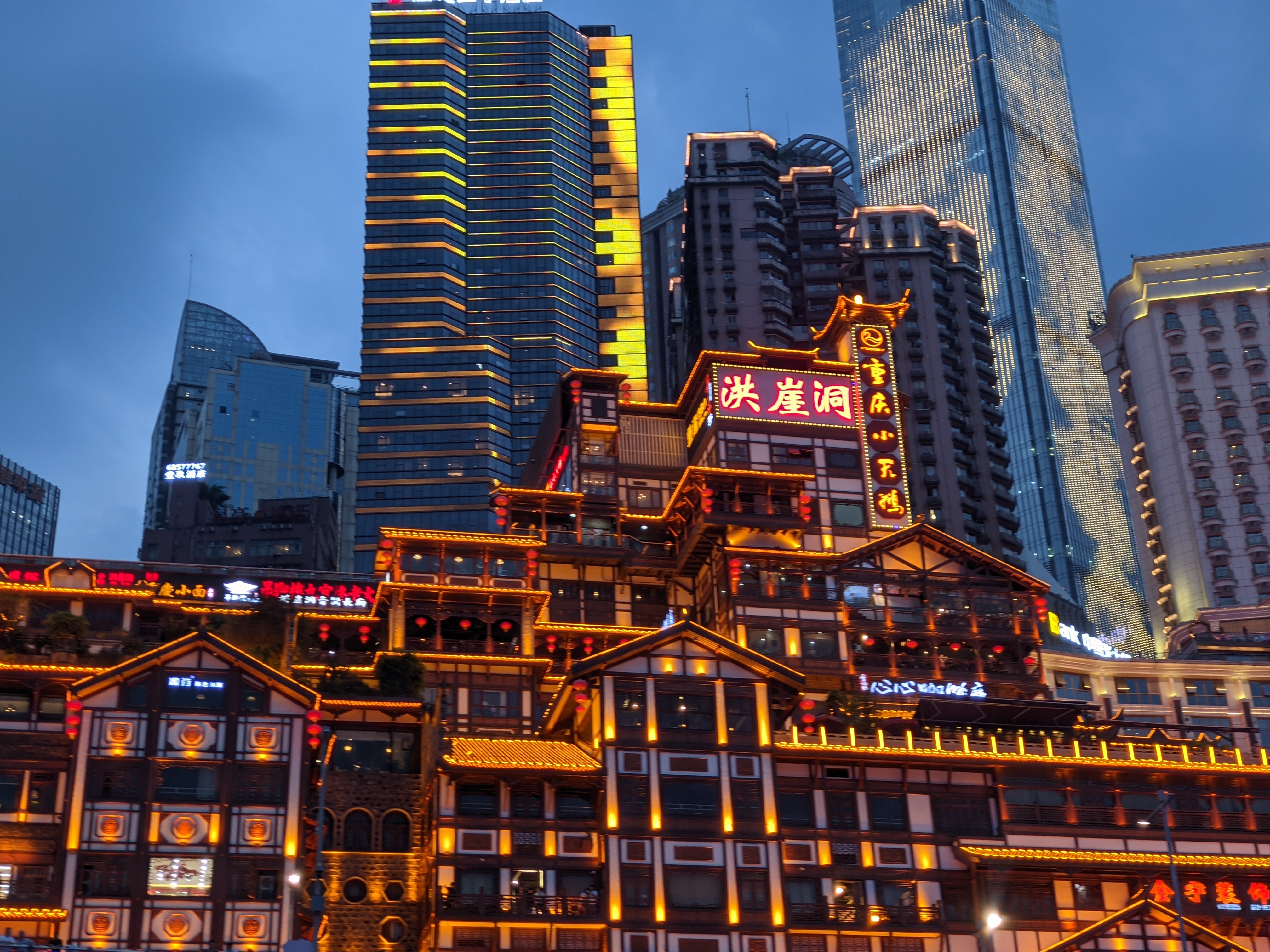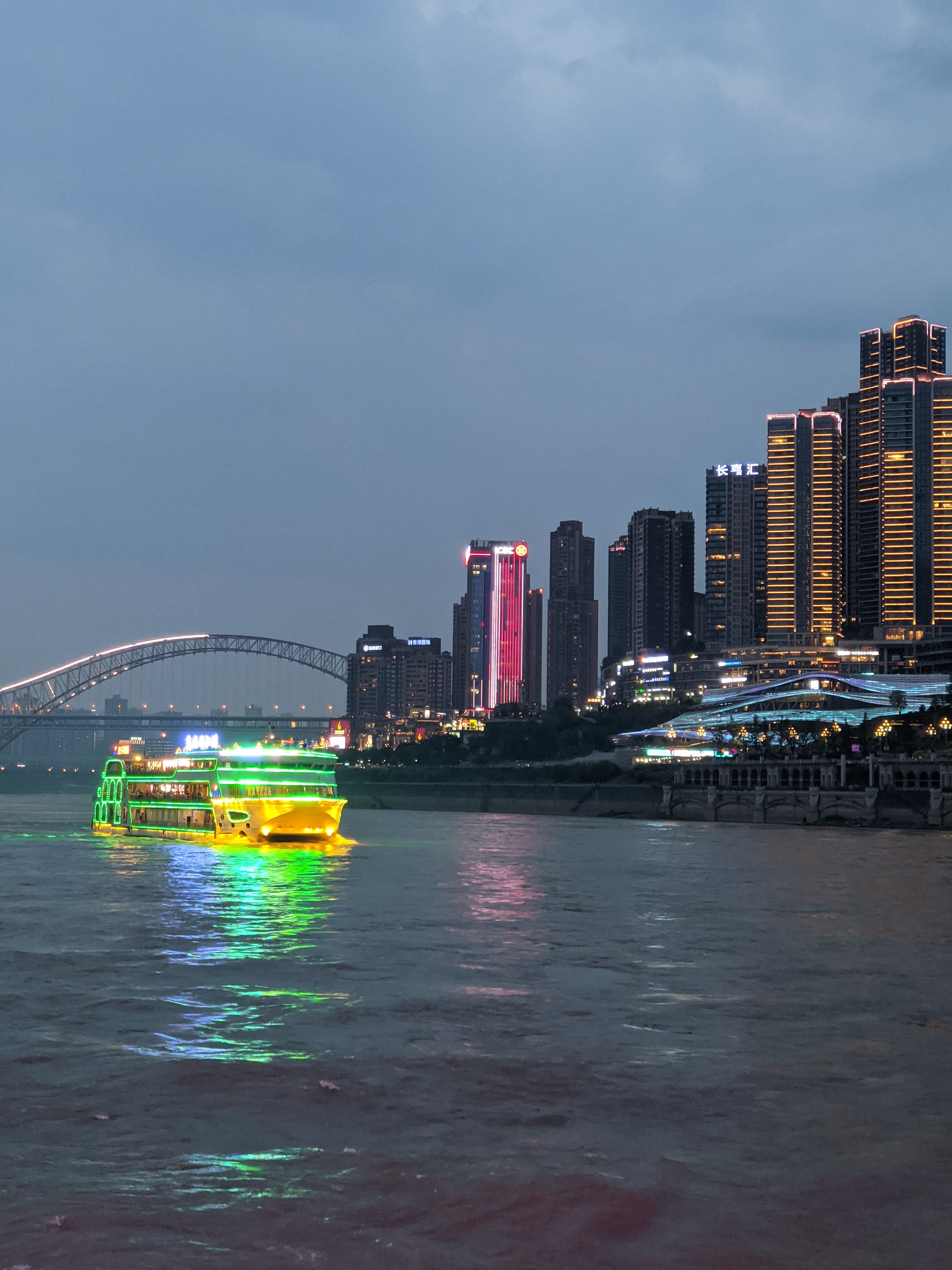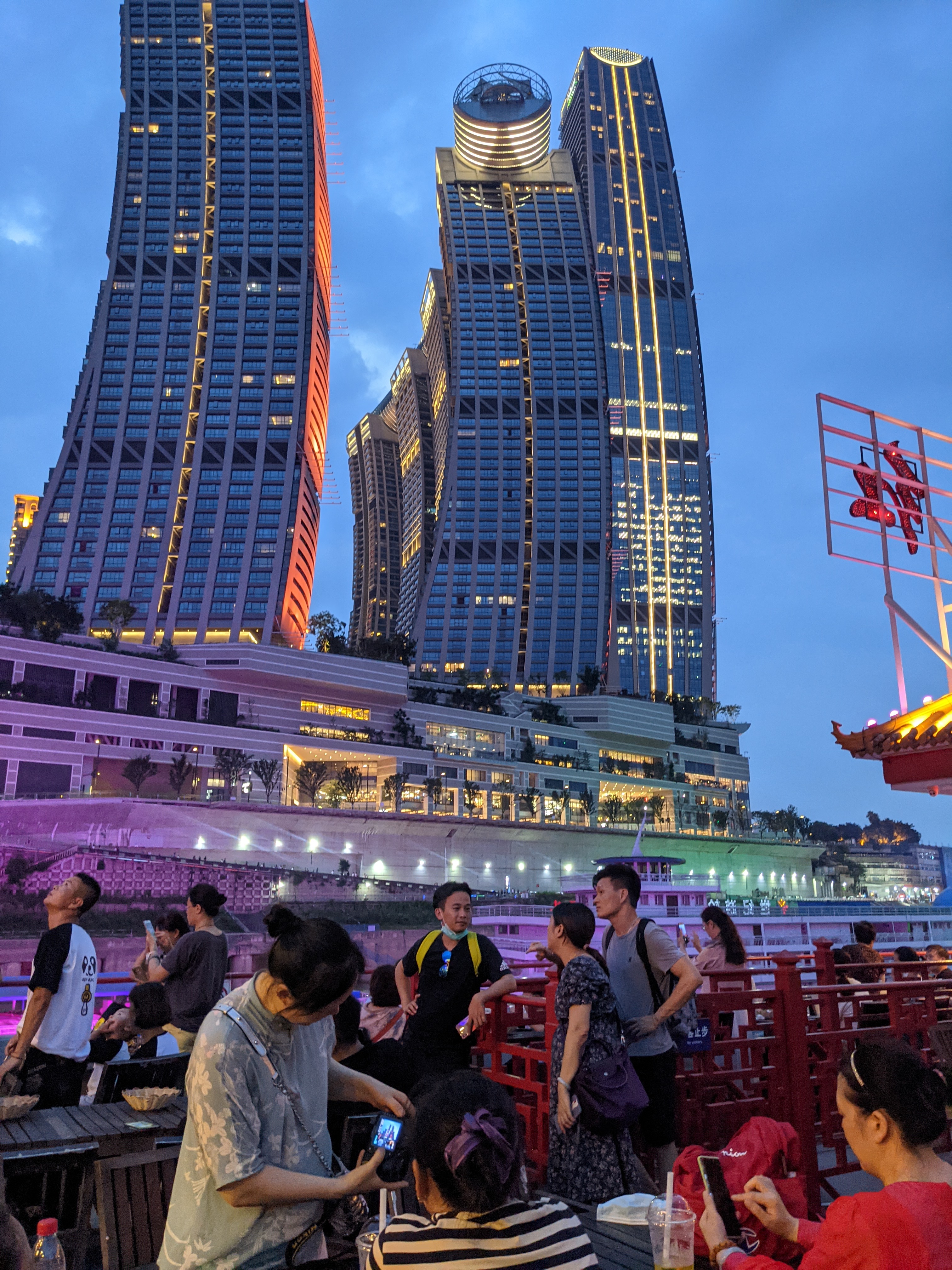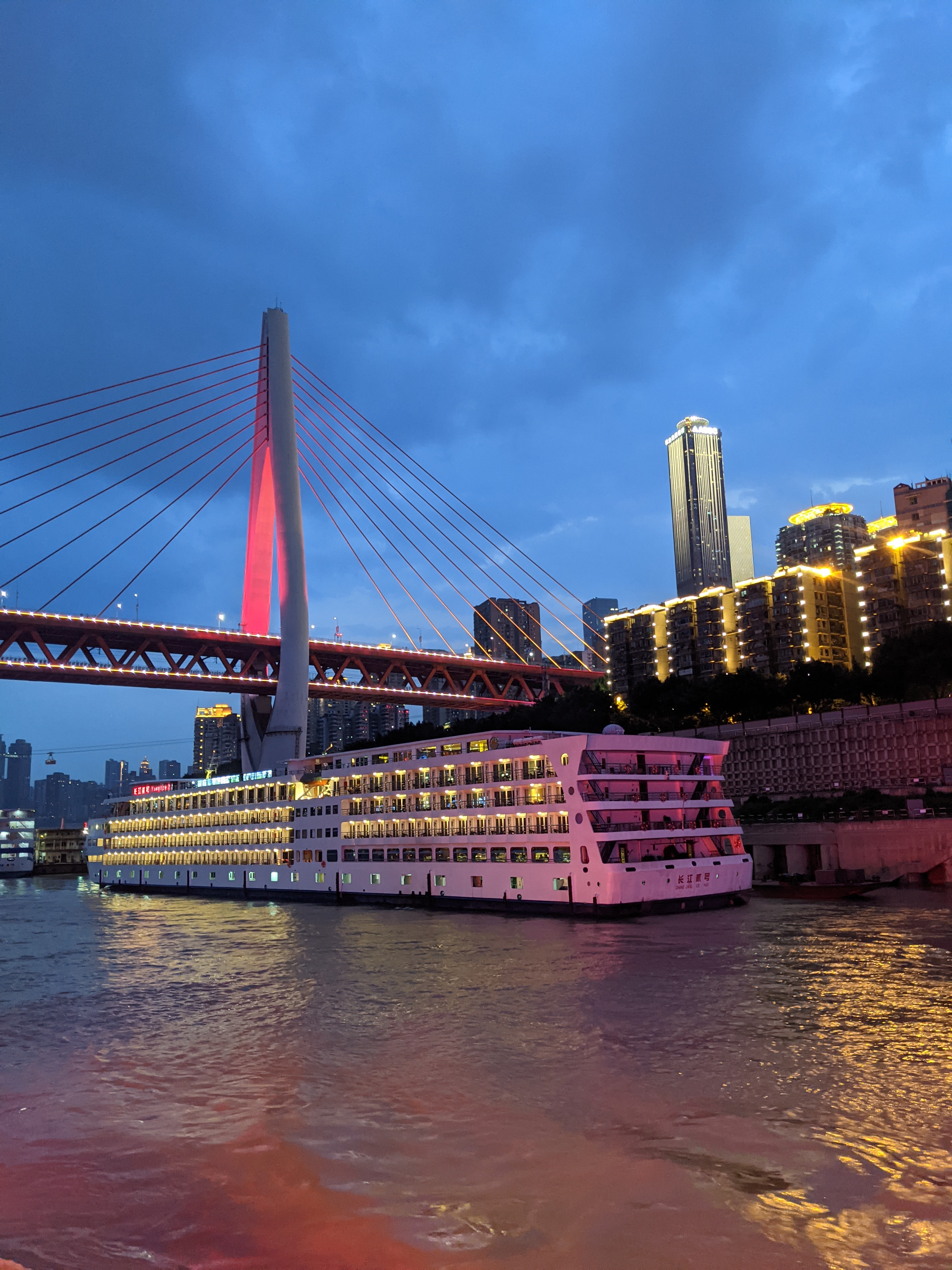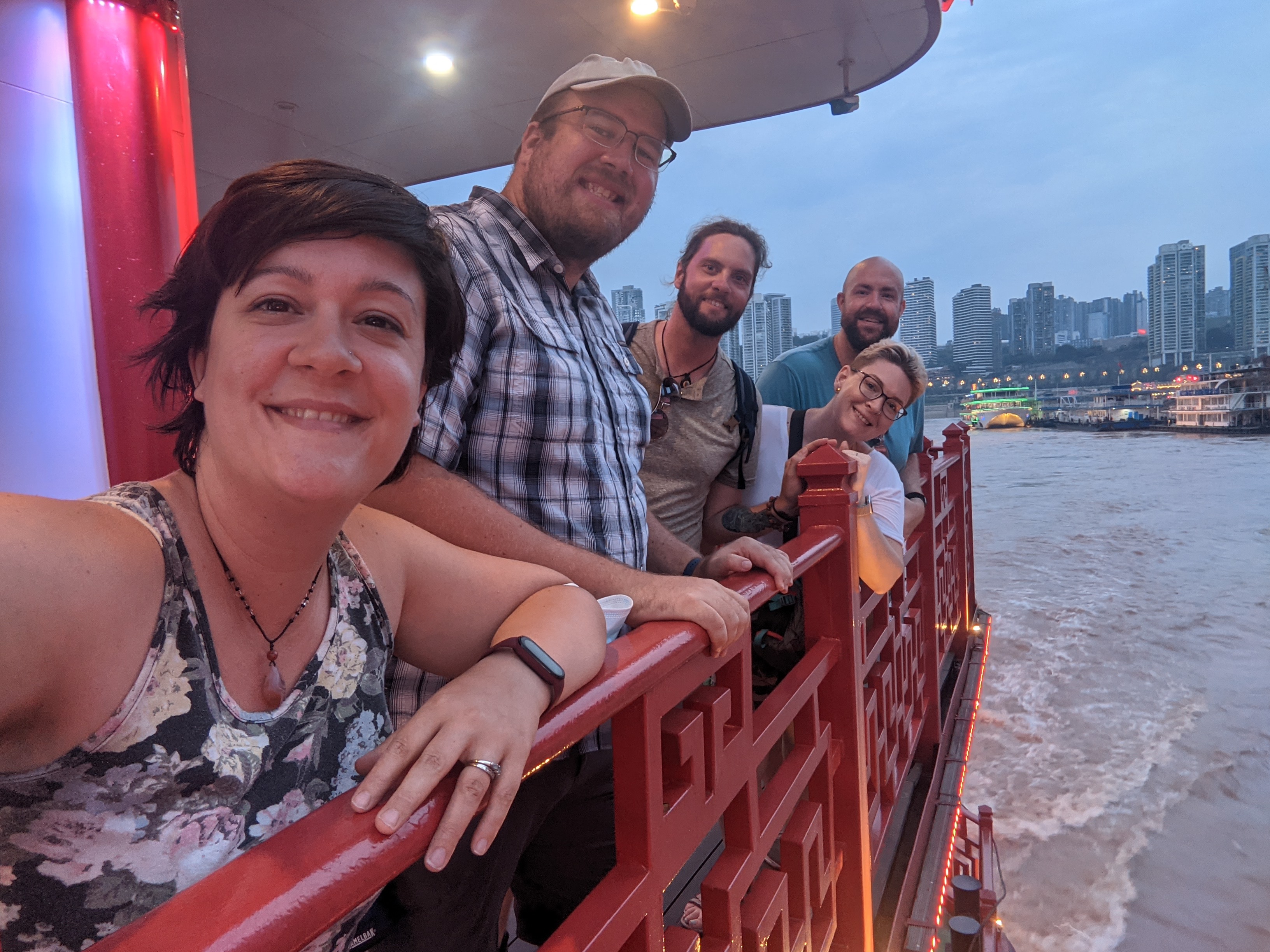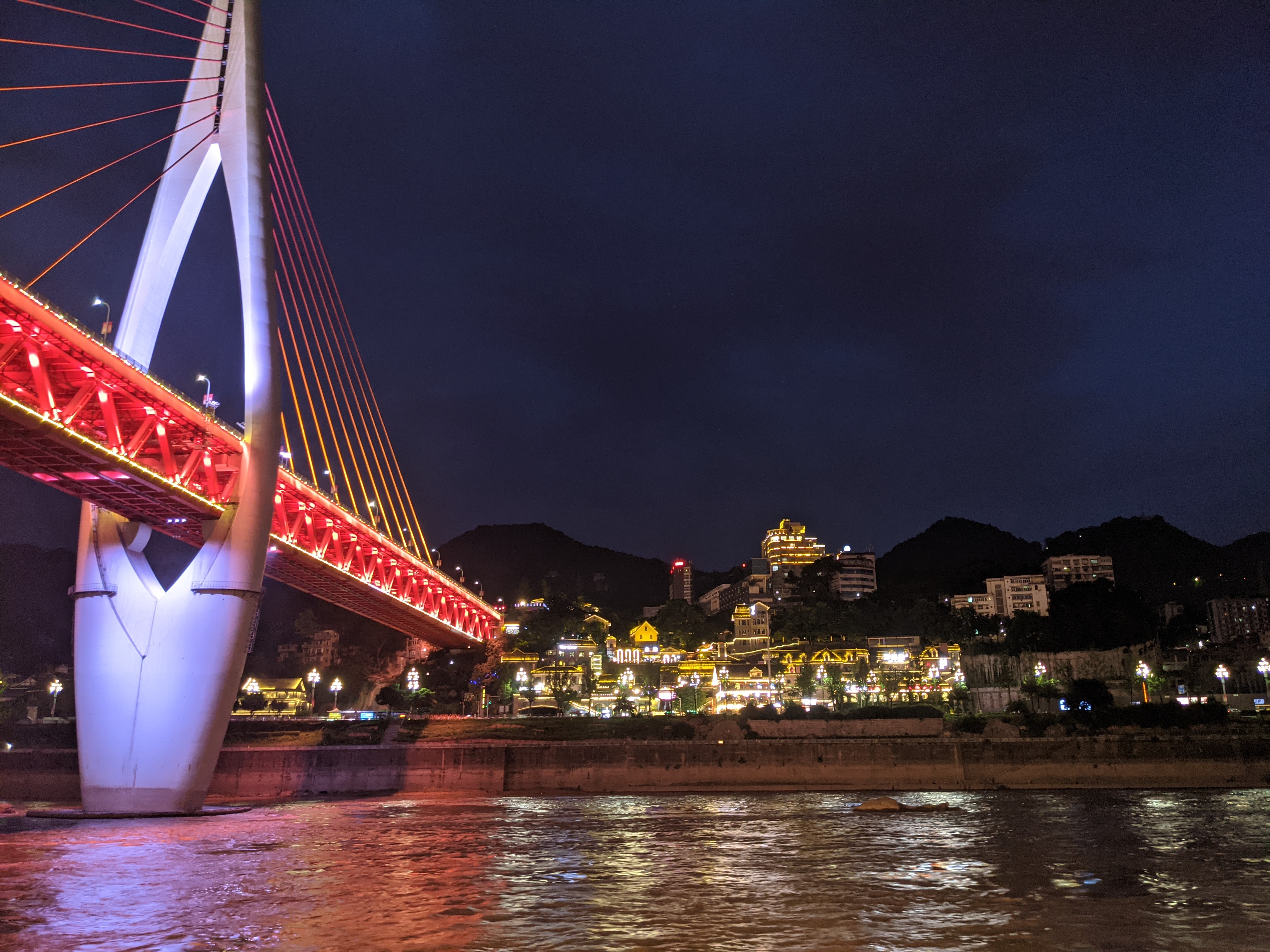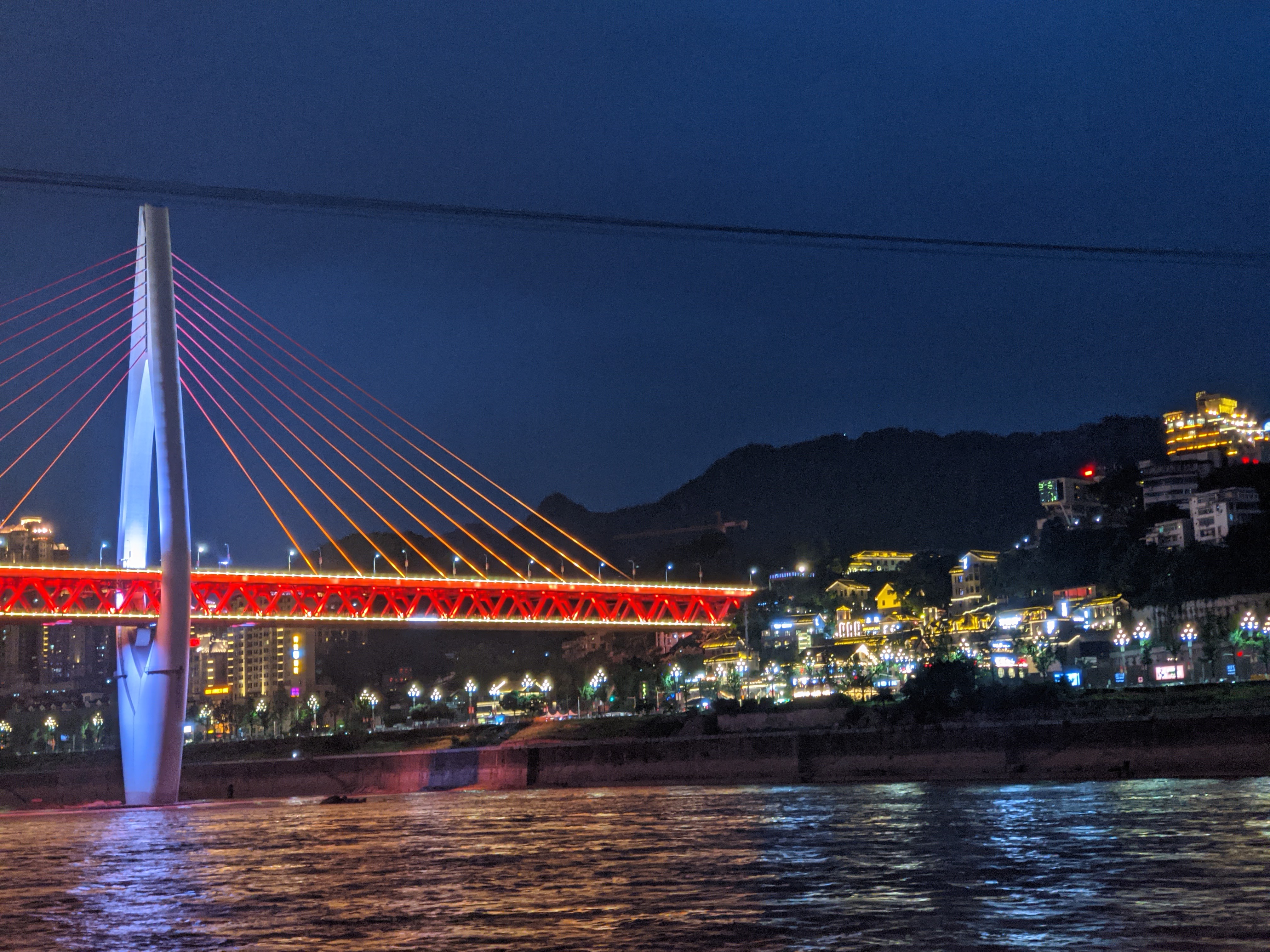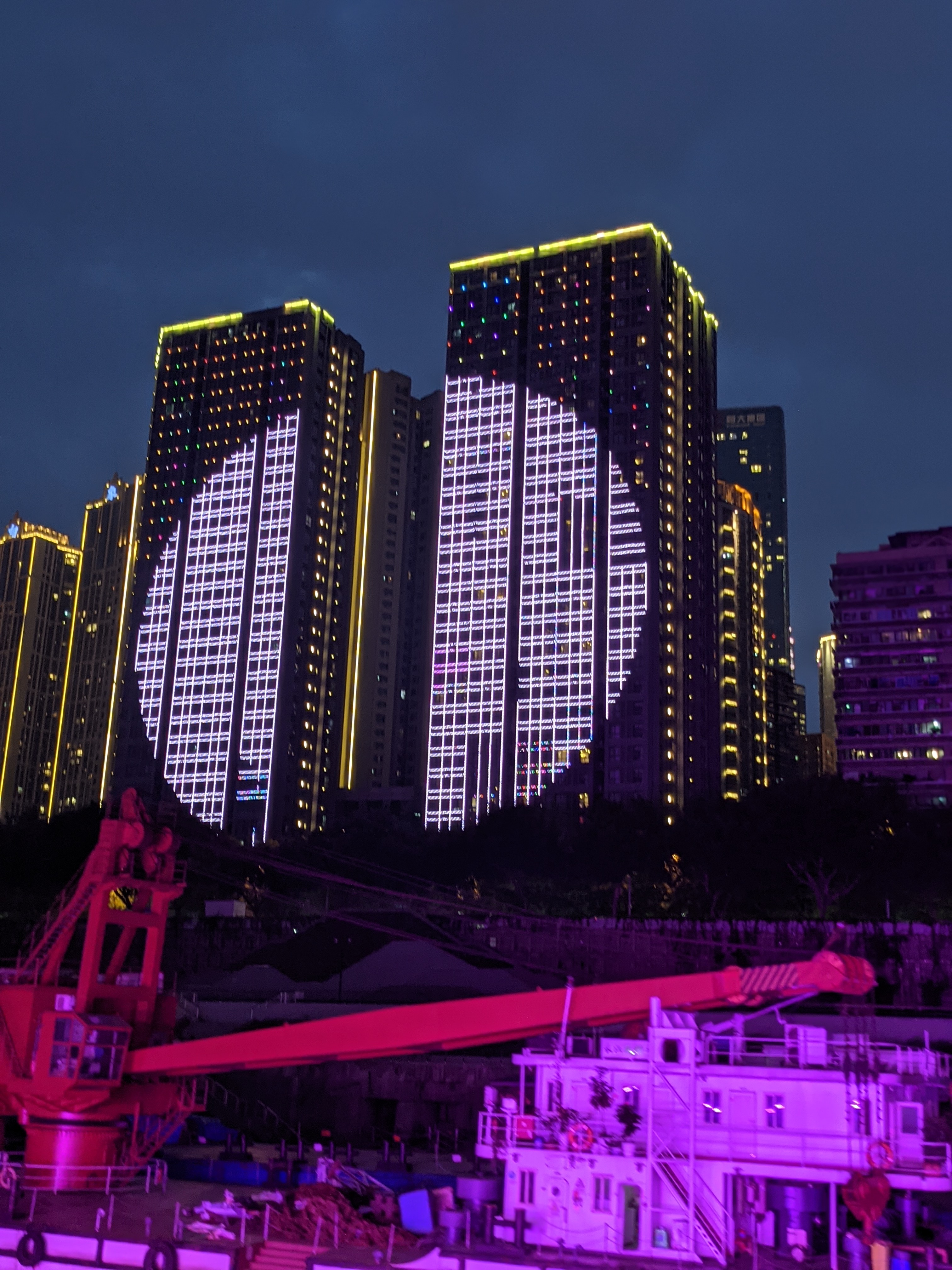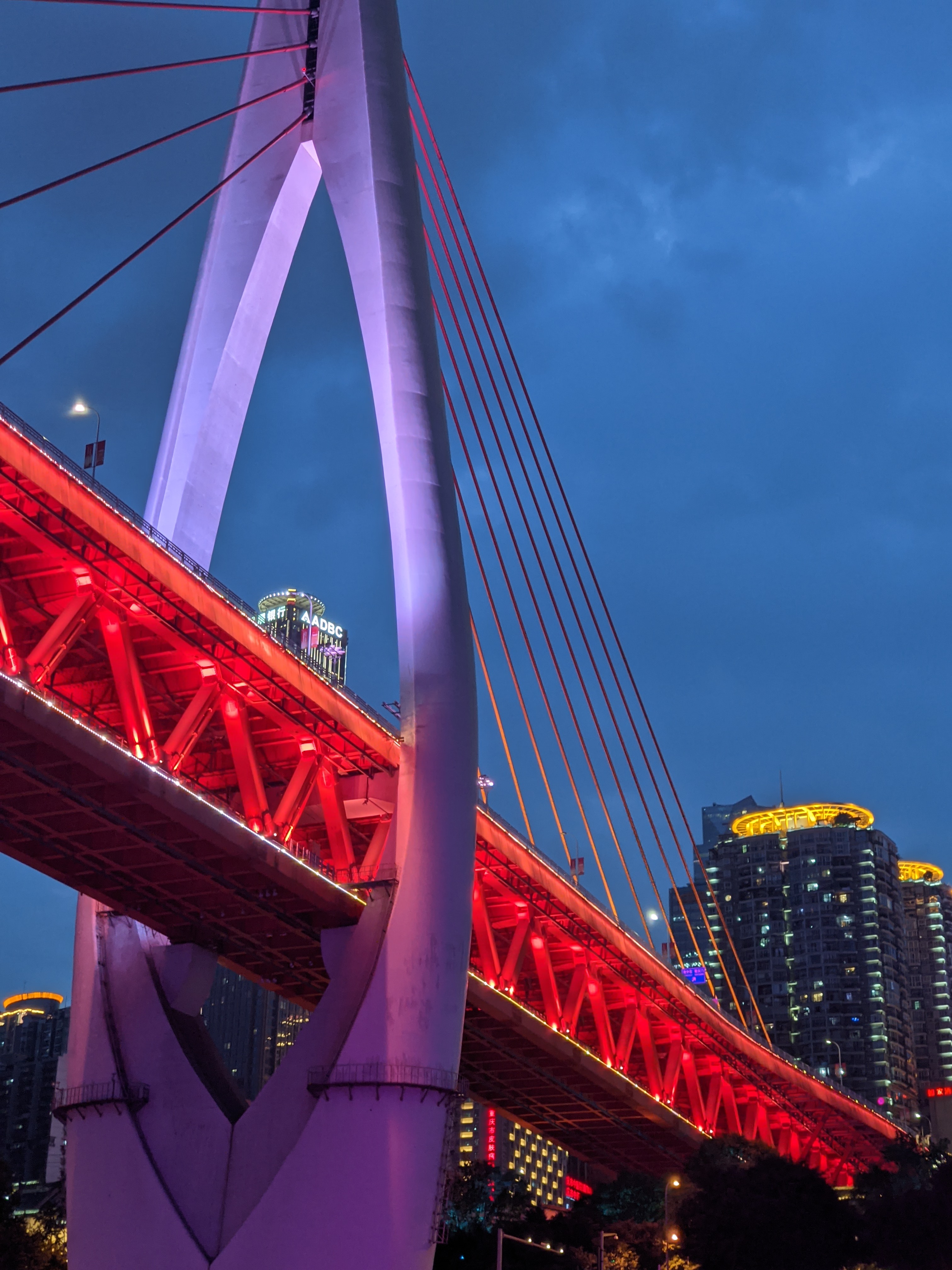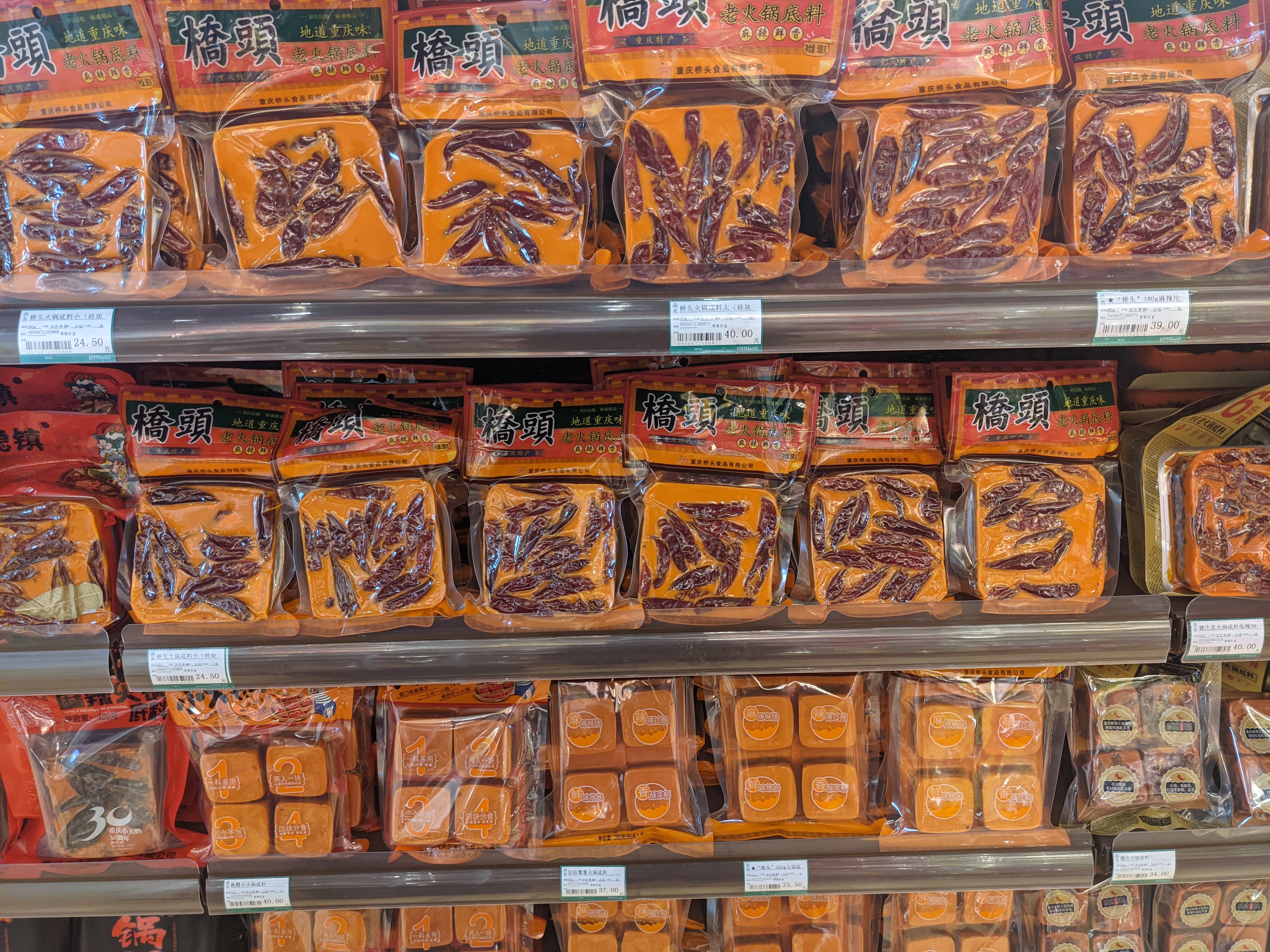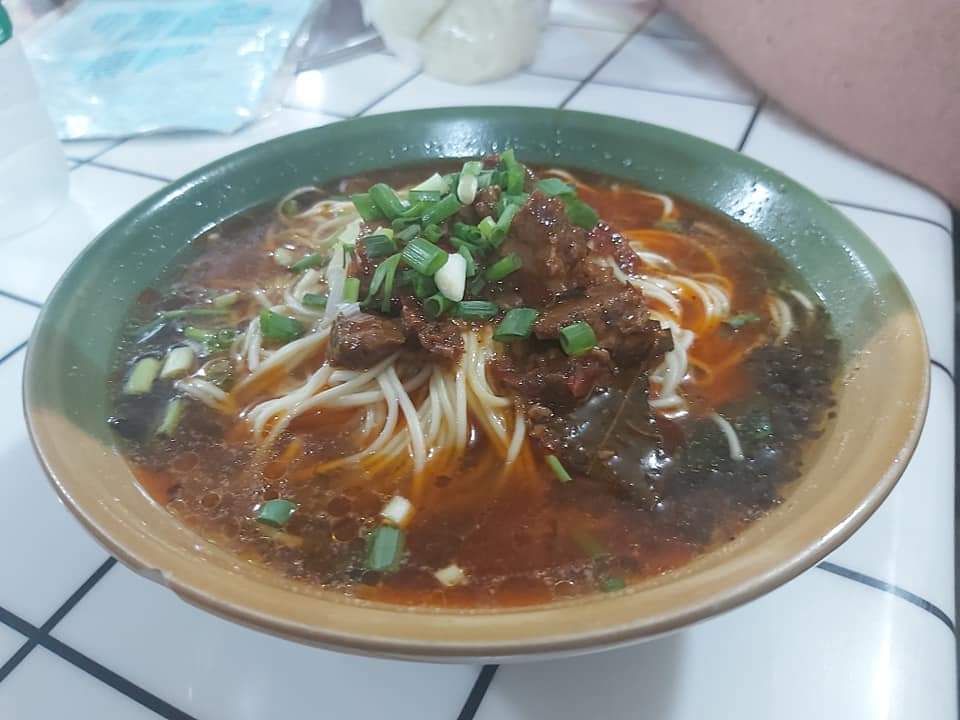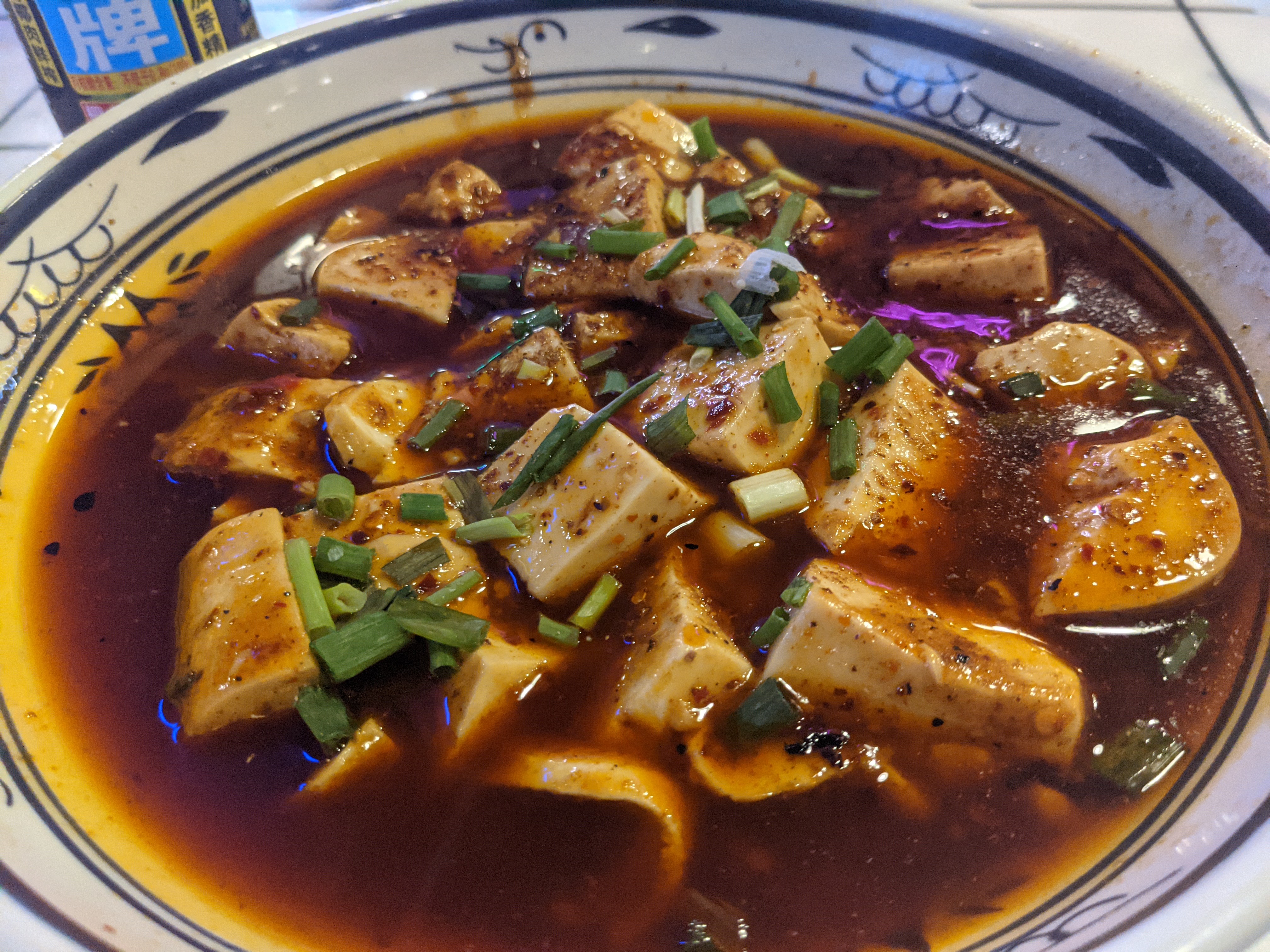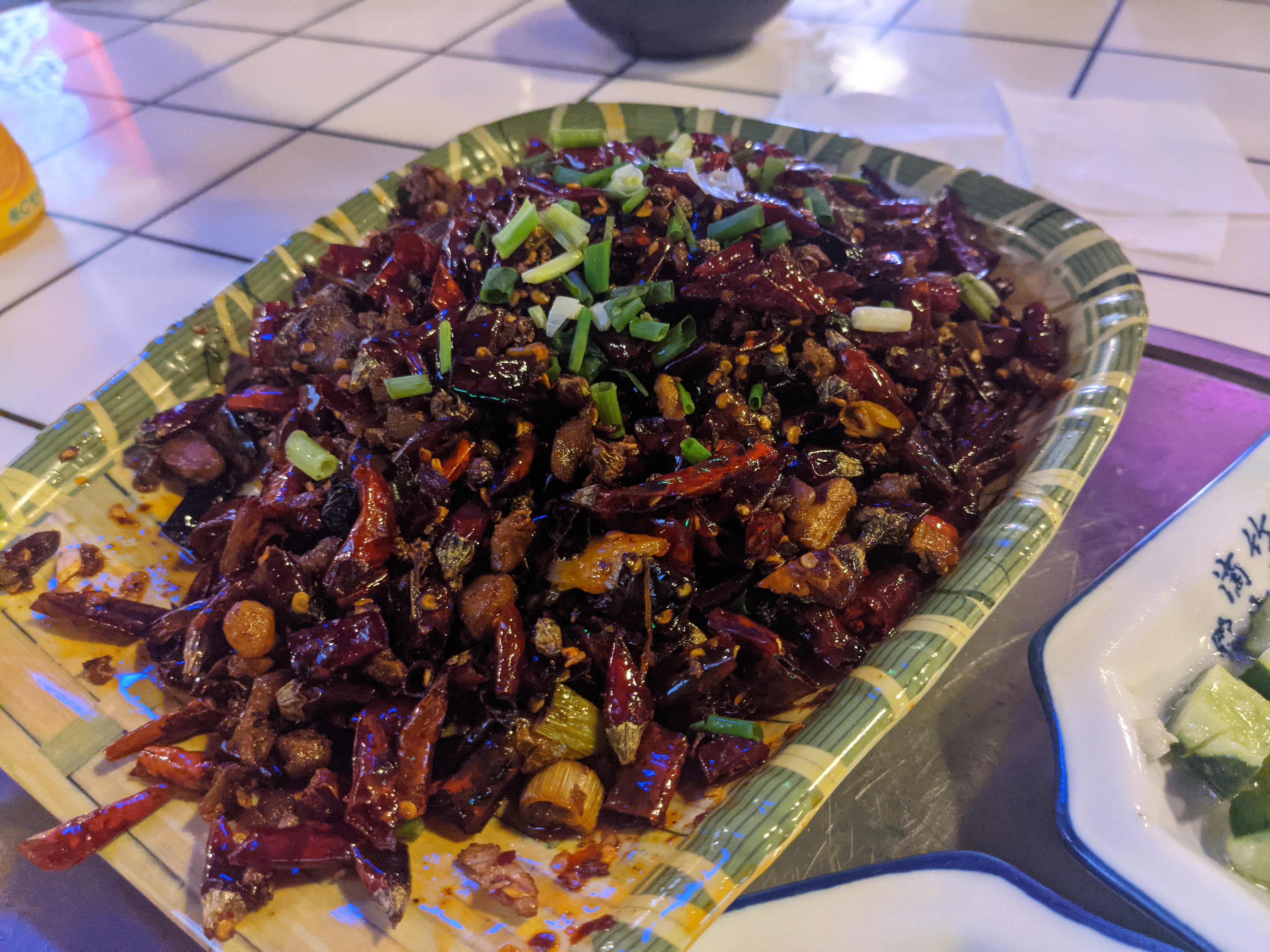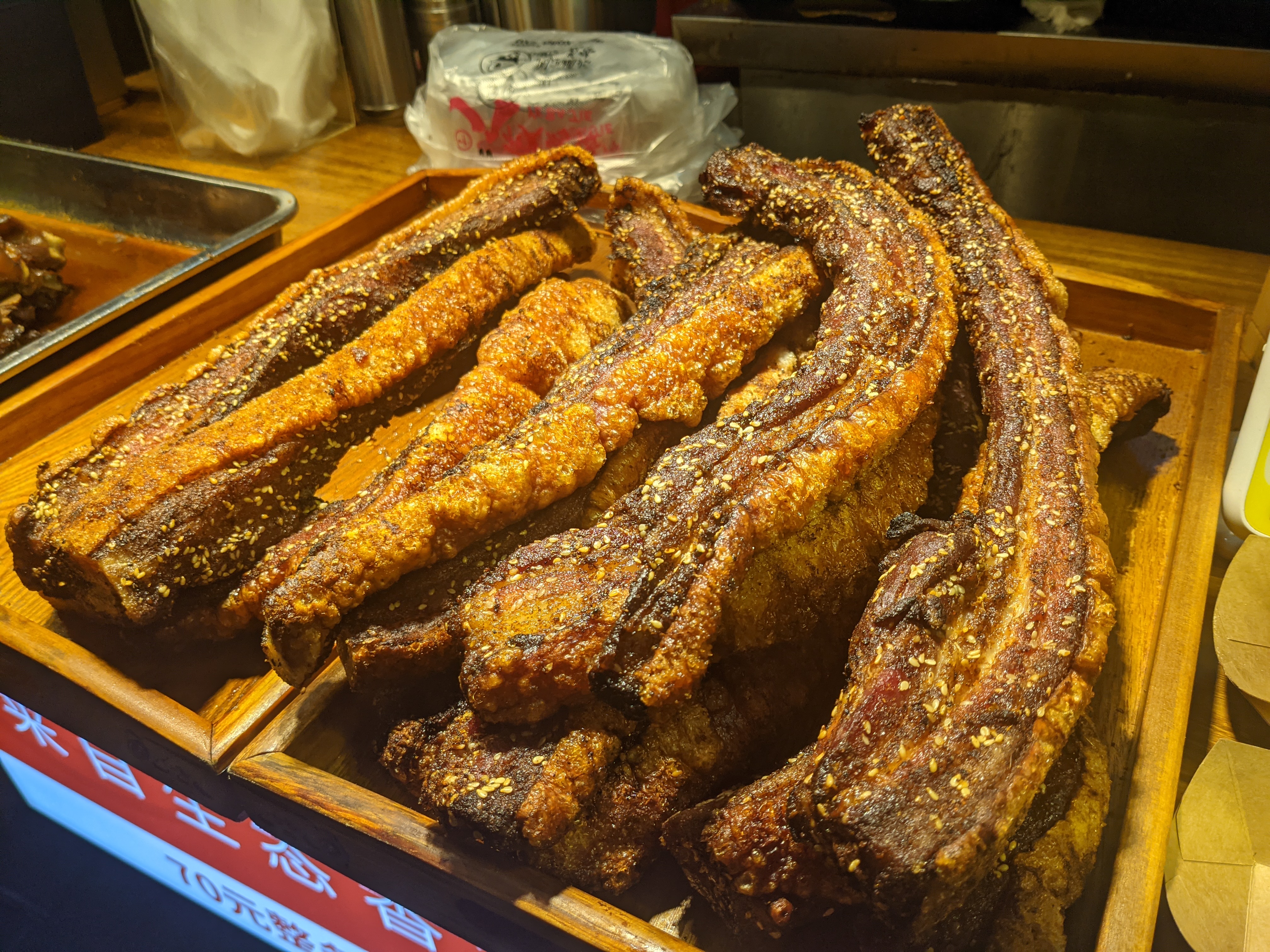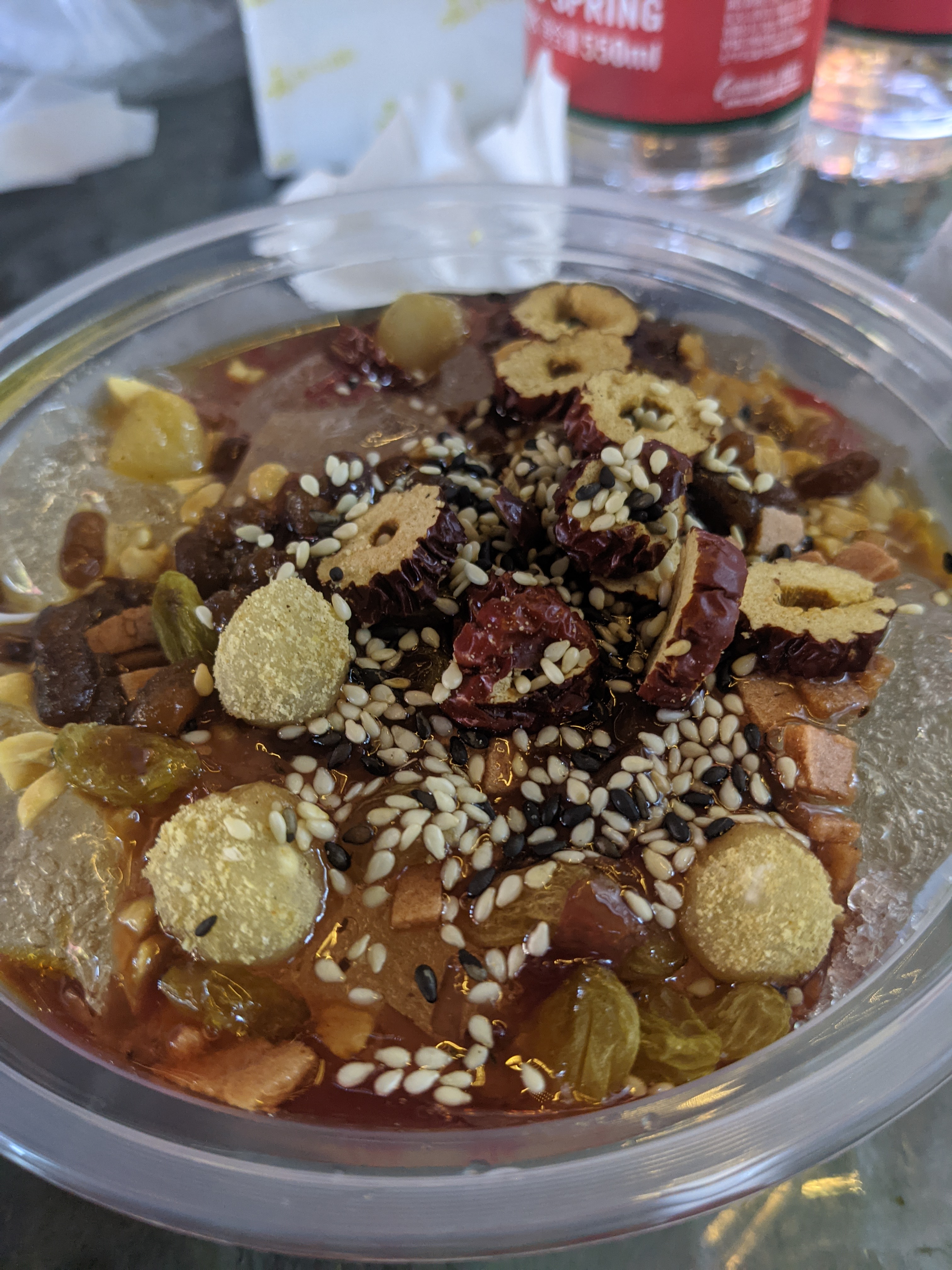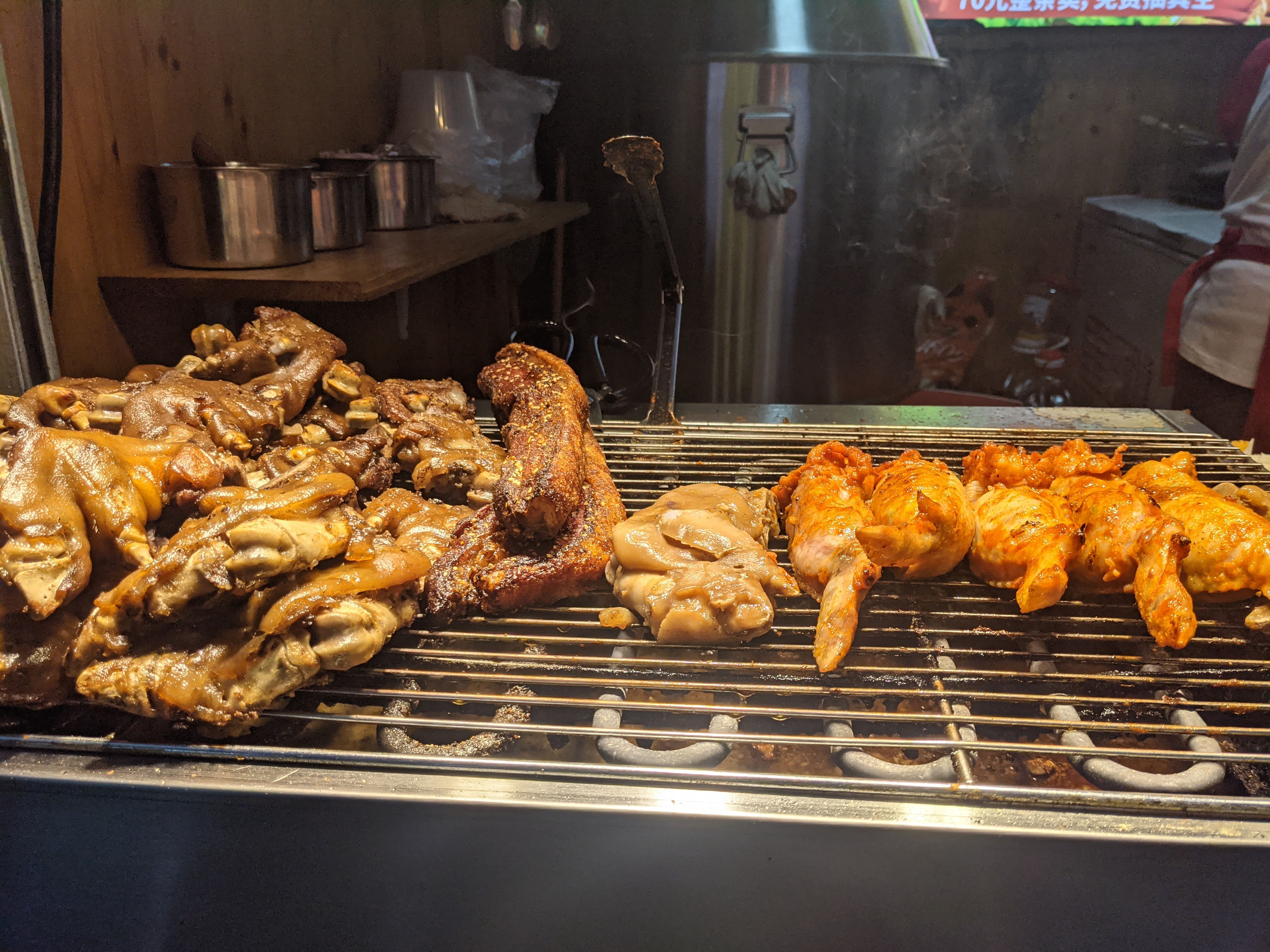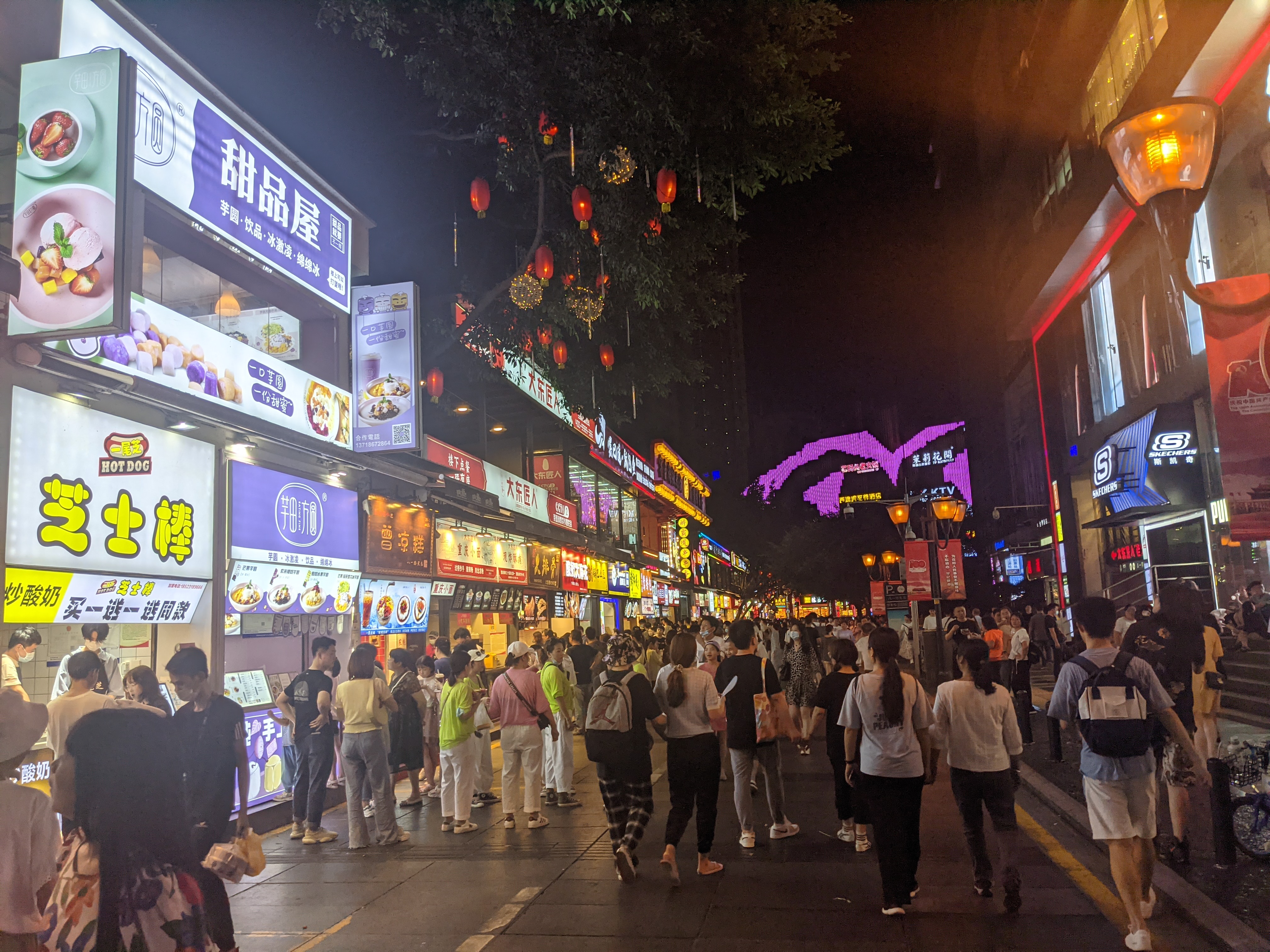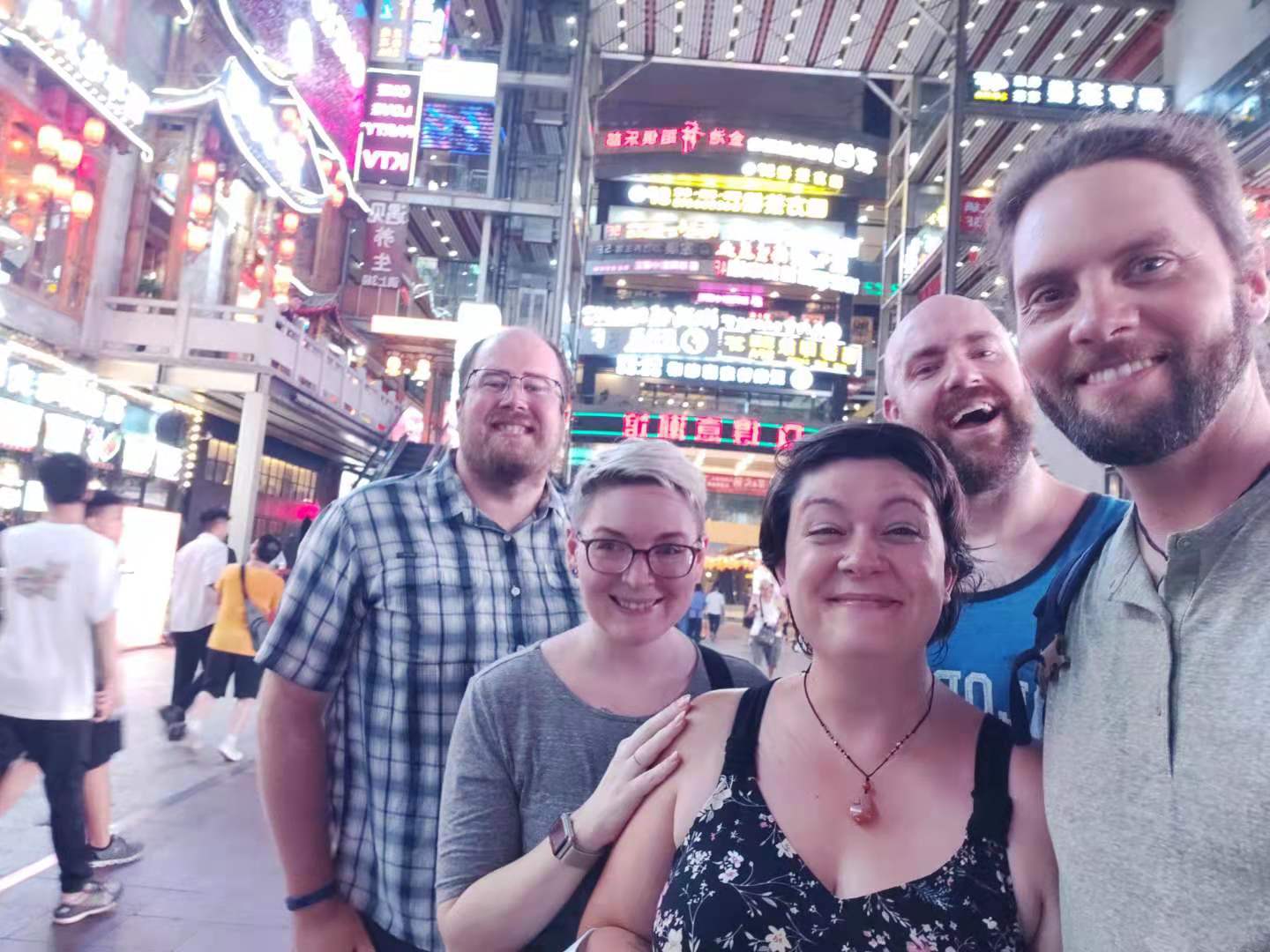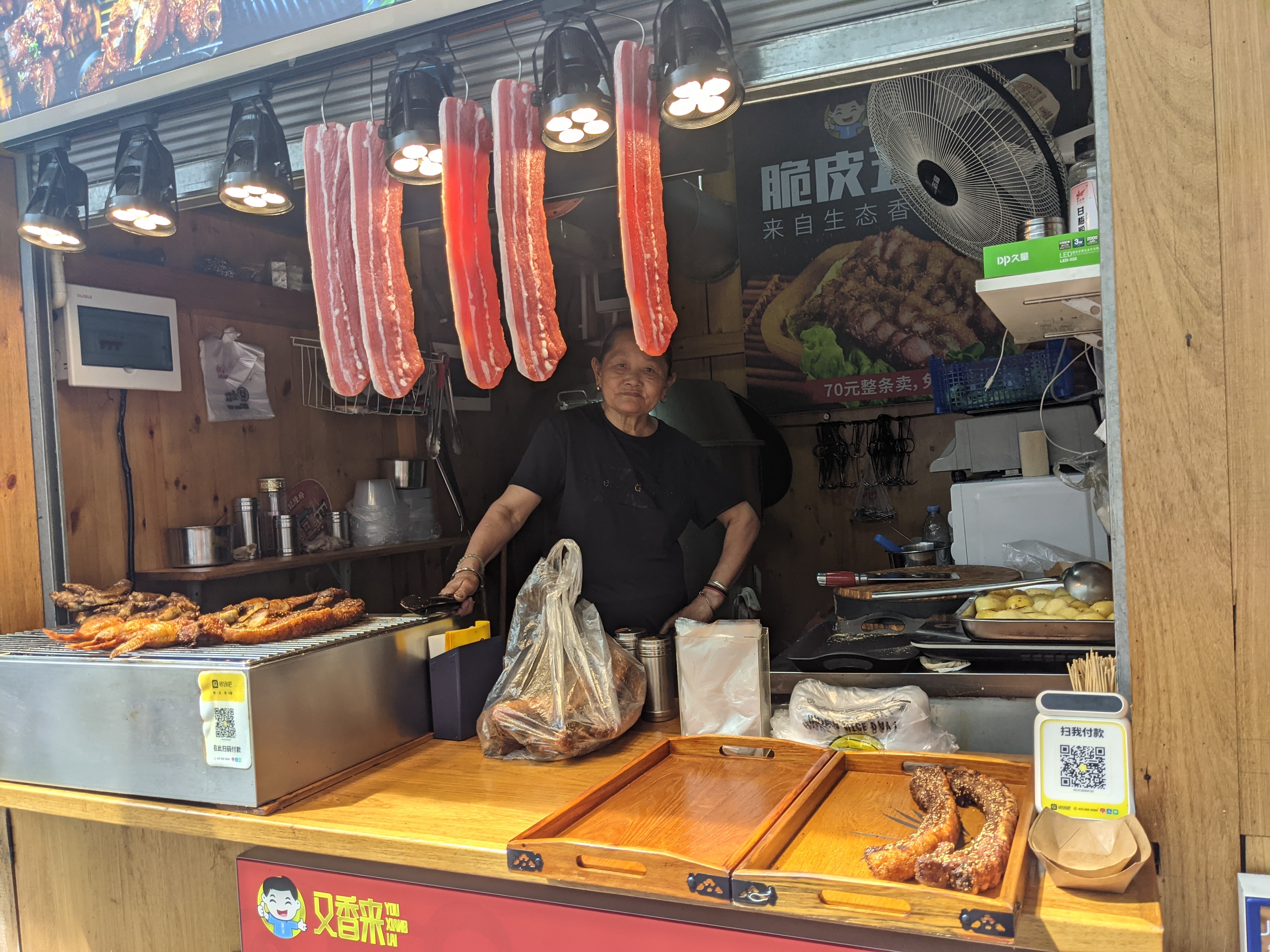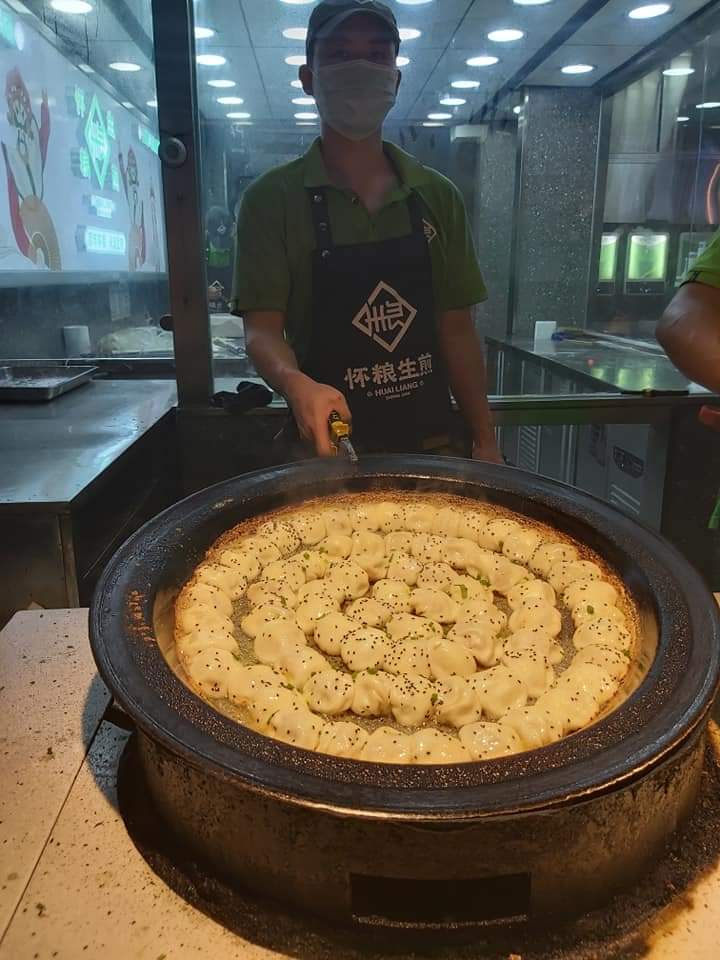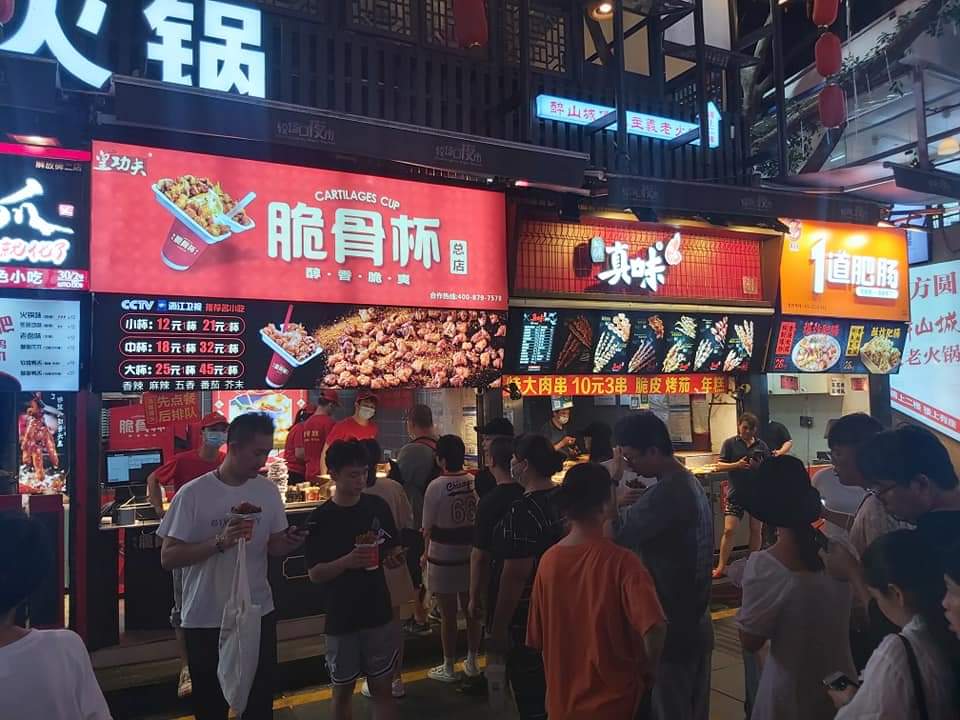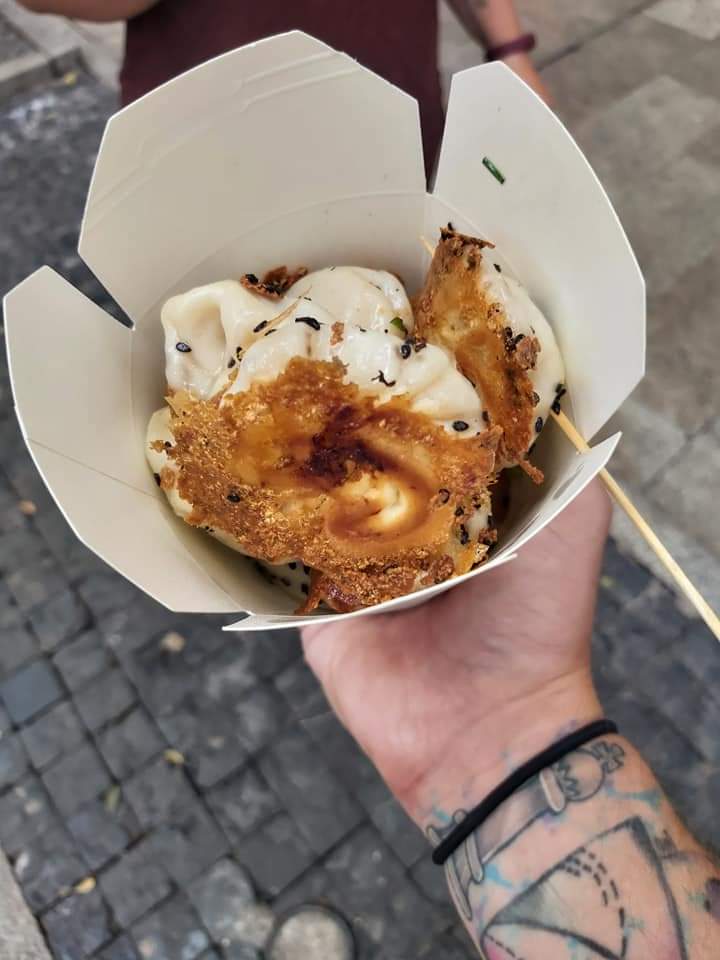With only two days in the Chongqing area, I wanted to make sure that one of them was spent outside of the city, seeing some of the natural or cultural sites that Chongqing has to offer. Of course, my first choice was the Dazu Rock Carving location.

Tickets were 140rmb each, and they got us into Beishan, Baodingshan and a Temple as well. The Dazu Rock Carvings are actually a UNESCO World Heritage Site, due to their cultural and artistic importance, so the price is fair. These carvings are also well preserved and have been well restored, so if you’re on the fence about spending the money, I honestly think it’s worth it.

Beishan

Our first stop was Beishan. This area of rock carvings is still partially being restored, and it wasn’t in as good of shape as Baodingshan, but it was very impressive nonetheless.

Some of the Buddhas were missing heads 
There were many missing noses as well and some of the rocks were quite worn down. 
I still found them very pretty. The way they were carved into the cliff face is very impressive.
One of the reasons I’m happy to pay a little more at UNESCO sites, is that I know the money will be put to good use. Restoration and protection of these sites is so important, after all. There is a lot of history here. The carvings at Beishan were created from the 9th to 13th centuries. They’ve been around for a long time!
There are 2 main areas to see at Beishan, all carved into a cliff around 300 meters long.
Baodingshan
Baodingshan was definitely our groups’ favorite stop. There were more carvings and they were in better shape. With over 500 meters of cliff carvings there was more to see as well.
The park there is huge, so unless you have a lot of time, getting a ticket for the shuttle is well worth the money. You may end up with some people who are not happy about having to share their seat with you, but it’s only for a few minutes, so I’m sure they’ll get over it.

The art was beautiful and the colors were amazing. We were there on a rainy day but I feel like that just added to the beauty somehow. Plus, with the heat in Chongqing being so intense, the rain made it easier to be outside for longer.
There were a couple of especially beautiful areas of Baodingshan that need special note. The first was the temple with the gold Buddha.
The reclining Buddha and it’s surrounding carvings were also gorgeous.
These carvings were done during the Song dynasty, when Chongqing was considered one of the wealthiest areas in the middle kingdom. Like in Dunhuang’s Mogao Grottos, the carvings are more than just art; they were a way for people to be surrounded by Buddha and to worship in a place where they could experience their faith. It’s really breath taking to see such incredible carvings, and to imagine the work that went into making them. A true testament to the faith of the people who created this masterpiece!
On our way out of Baodingshan, there was a temple to go through as well. We’ve seen many like it, so we didn’t spend much time lingering.

Comparing Buddhism
It was really interesting seeing these Buddhist carvings and temples right after leaving the Tibetan plateau. We were reminded just how different the two are, especially in terms of esthetics.
Another difference was that we couldn’t take any photos in the Tibetan Monestaries, but in Dazu, it wasn’t an issue. We even saw younger crowds taking posed selfies in front of the big golden Buddha. In Tibet, it felt like more active of a religious site. Even at Mogao Grottos, we couldn’t take photos, but it was still more touristy than the temples in Tibet, where monks are still living and people still come to worship.

Adventurous Travel
Now, I have to admit that both the journey to and from the carvings were a bit of an ordeal. Things are often less simple than they should be, and this was certainly the case during our Chongqing adventure.

Getting There
There are a few ways to get to the carvings. The train will get you part of the way there, but ultimately, you need to hire a Driver to take you part of the way, which ends up taking up a bunch of time. You can also hire a private car or Didi, but the price is pretty high because it’s pretty far out there. That left us with one last option: the bus. The bus we took dropped us off right at Beishan, which was the first of 2 places we wanted to visit (there are actually 5 sites, but these 2 are the ones people often see) .

This all should have been fairly simple, but one thing worth noting is that after you buy your ticket (you MUST have passports along… photos don’t suffice), then you need to register at the police station located right in the train station. This is the first time I’ve ever encountered this, and because we didn’t know about it, we only found out that it was a requirement as we were trying to board the bus. It was a stressful 20 minutes while we tried to get that taken care of. We did make it back to the bus in time at least!

It turns out that the buses stop running quite early, so we ended up hiring a driver. Of course… That was an ordeal too…
The first guy assured us that 5 of us would fit into 1 vehicle. We hoped for a van, but we soon raised it was a tiny car that would be tight even for 4 of us, never mind 5!

Once we were on our way, we quickly realized that the driver wanted to try and get another person in the car, in order to pull in a few extra RMB as well. He stopped trying when we all simultaneously told him to, but it’s kind of annoying he wanted to in the first place, because we had already decided on a price and had made it clear that we didn’t want to be crammed into a car. Luckily, he gave up his quest to pack his car as heavy as it could go!

If you’re thinking of going to Dazu, my suggestion is to go earlier than we did. We had a late start because we hadn’t decided how we would go yet and traffic was a bit rough. If you go early and make sure to get back to the bus station by around 4:30, you’ll miss most of the shenanigans we faced. Remember to bring your passport though, and be prepared to register with the police before you’ll be allowed onto a bus!

Our next stop was Guiyang City; the first city Dave and I called home! I’ll be writing about our time there soon, so stay tuned!
